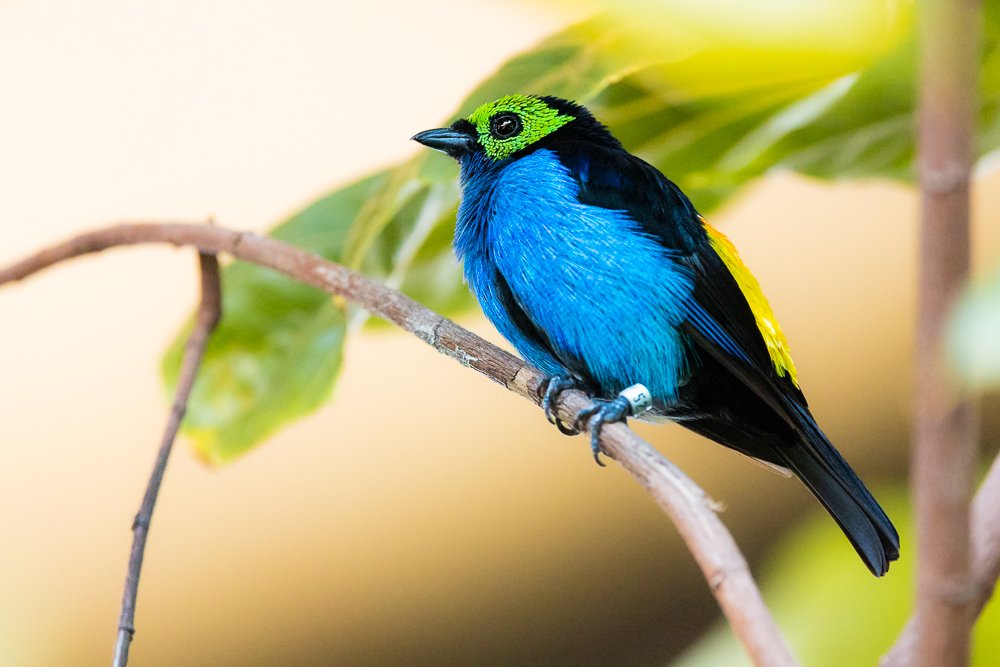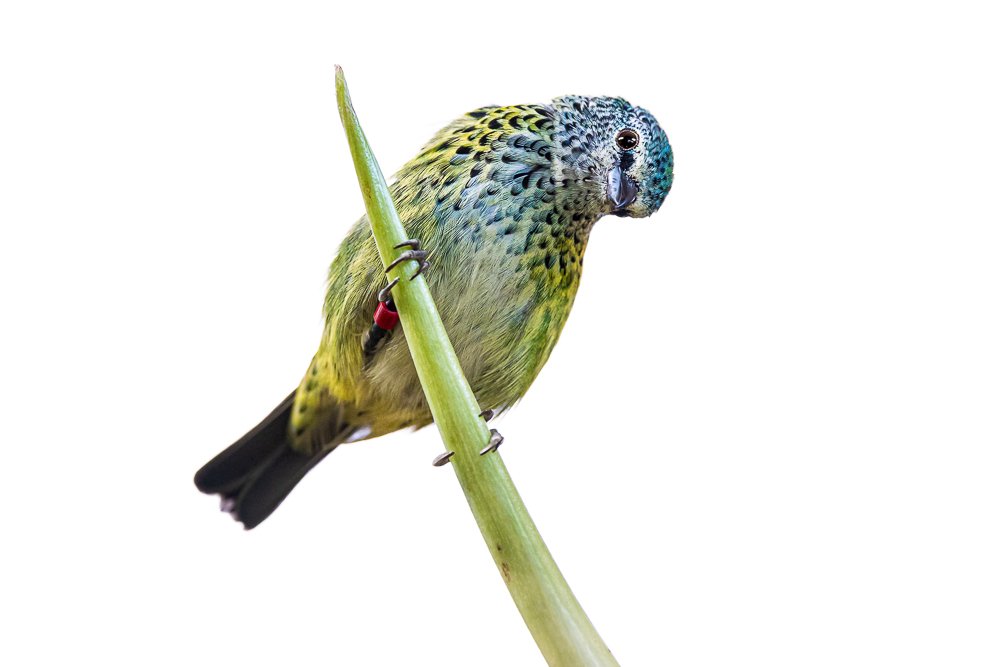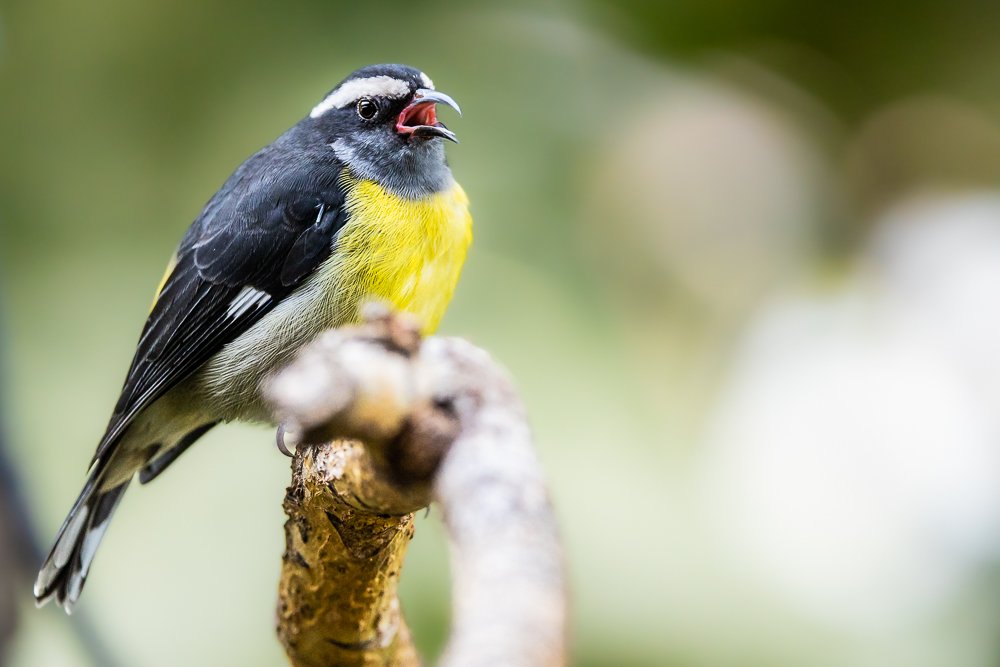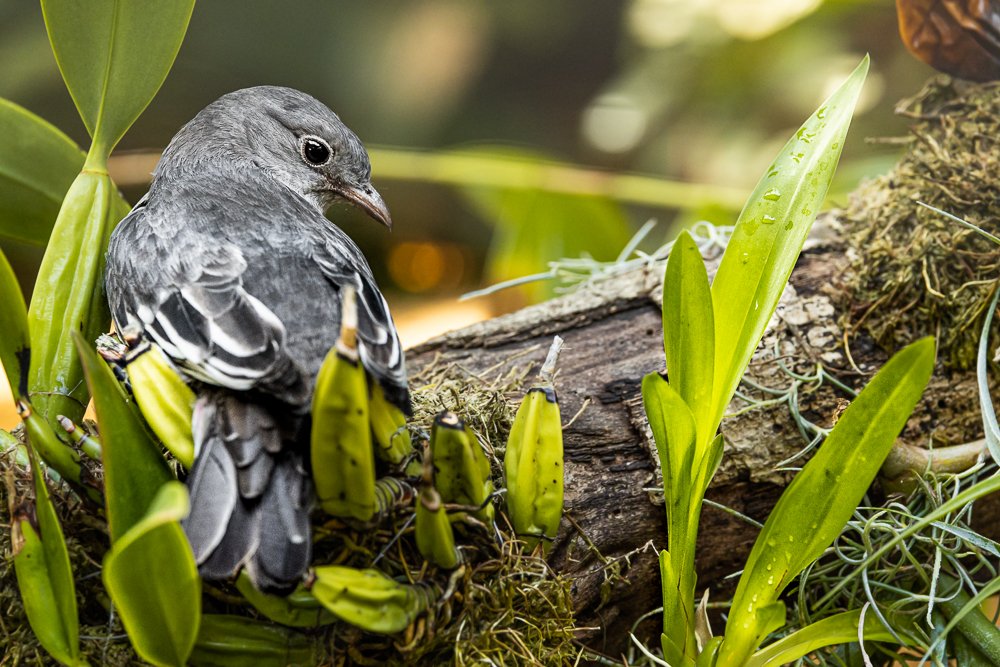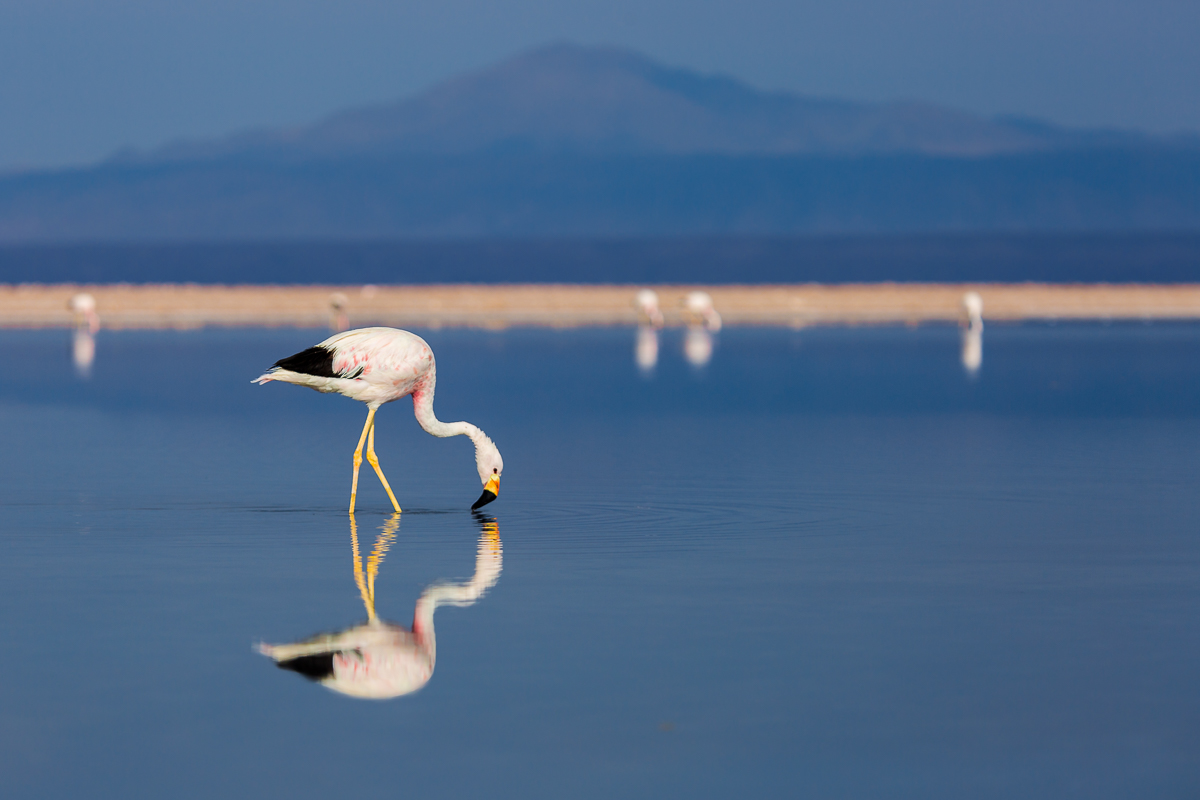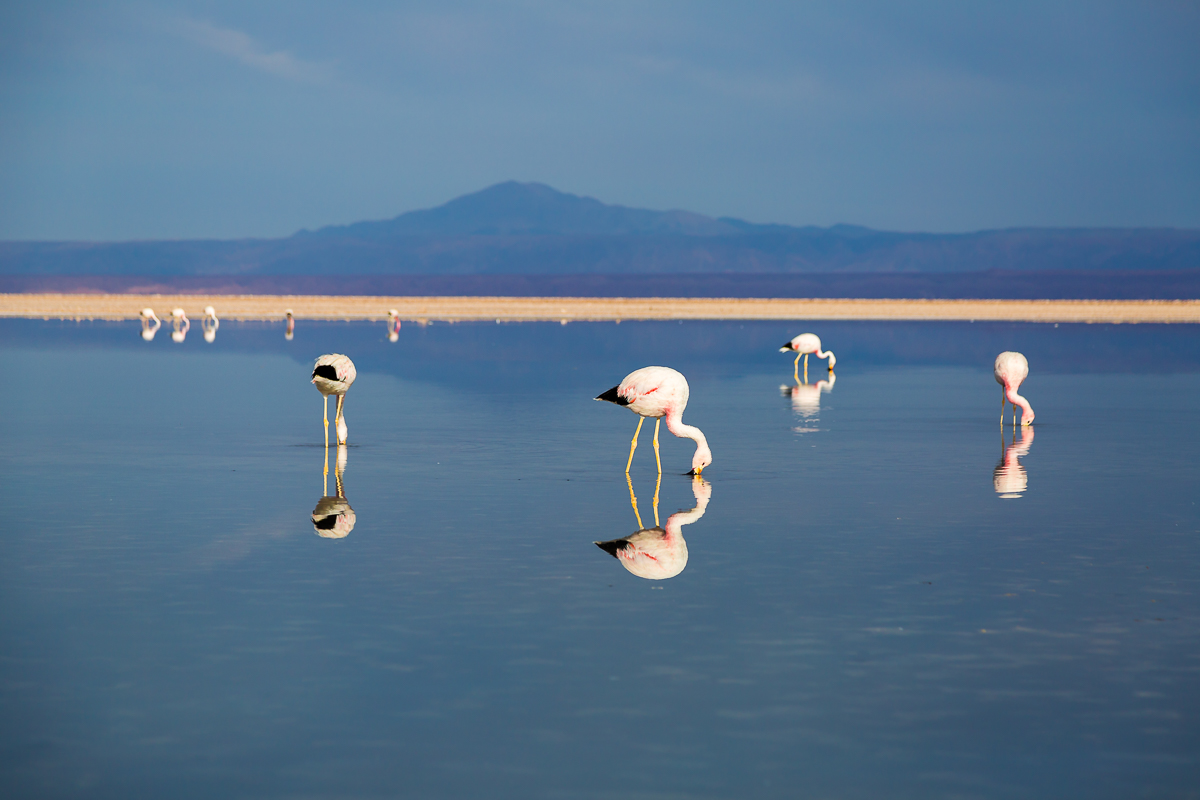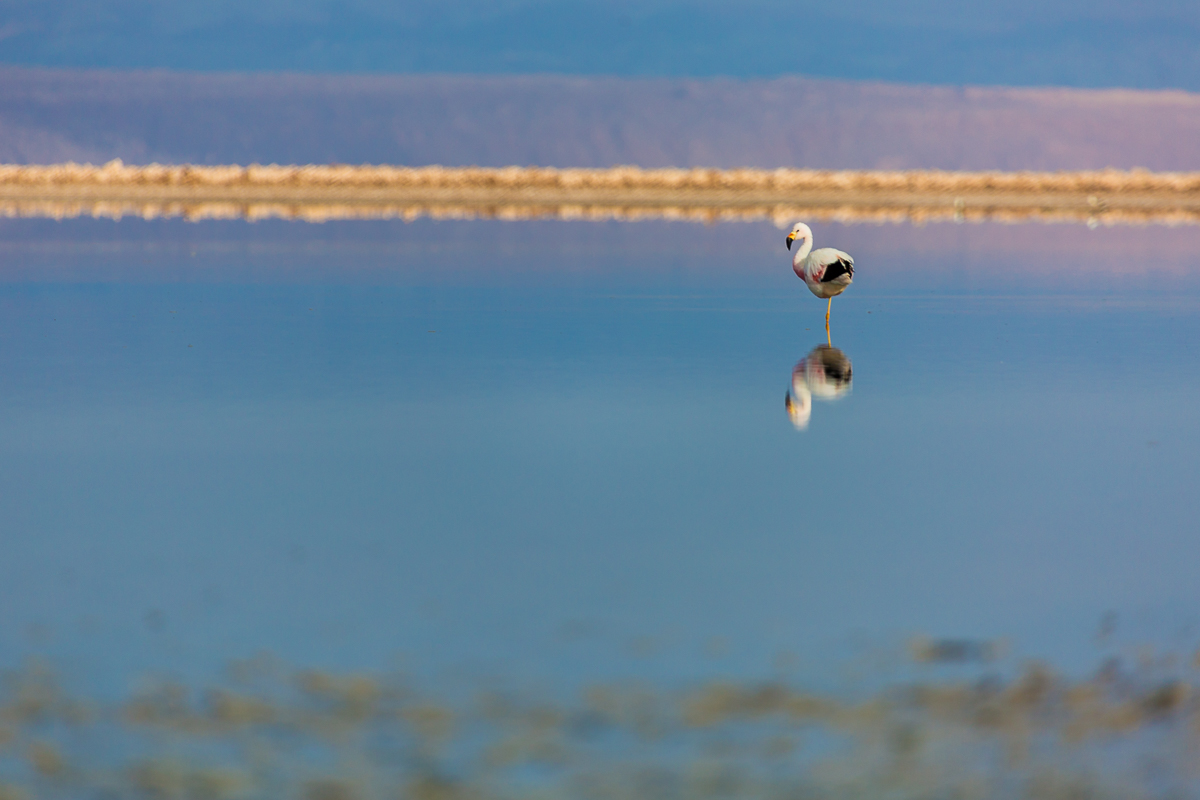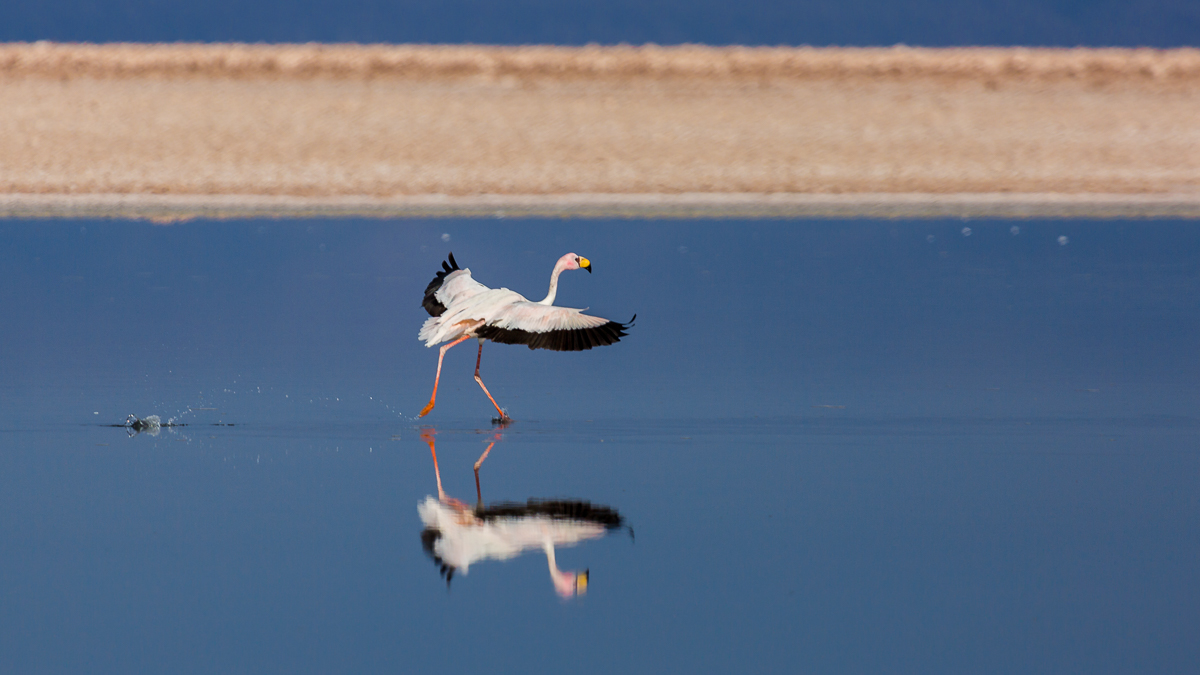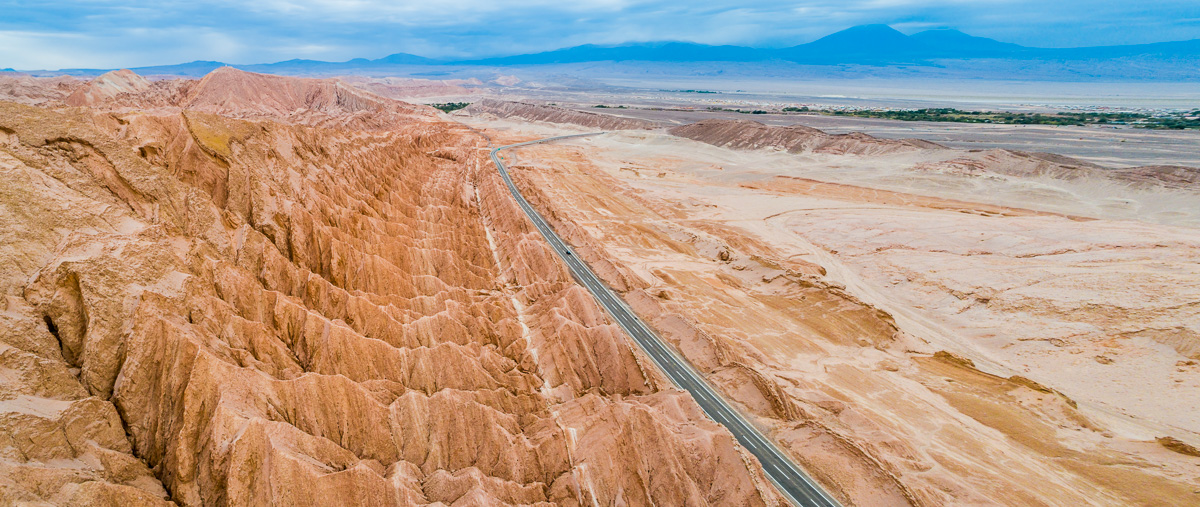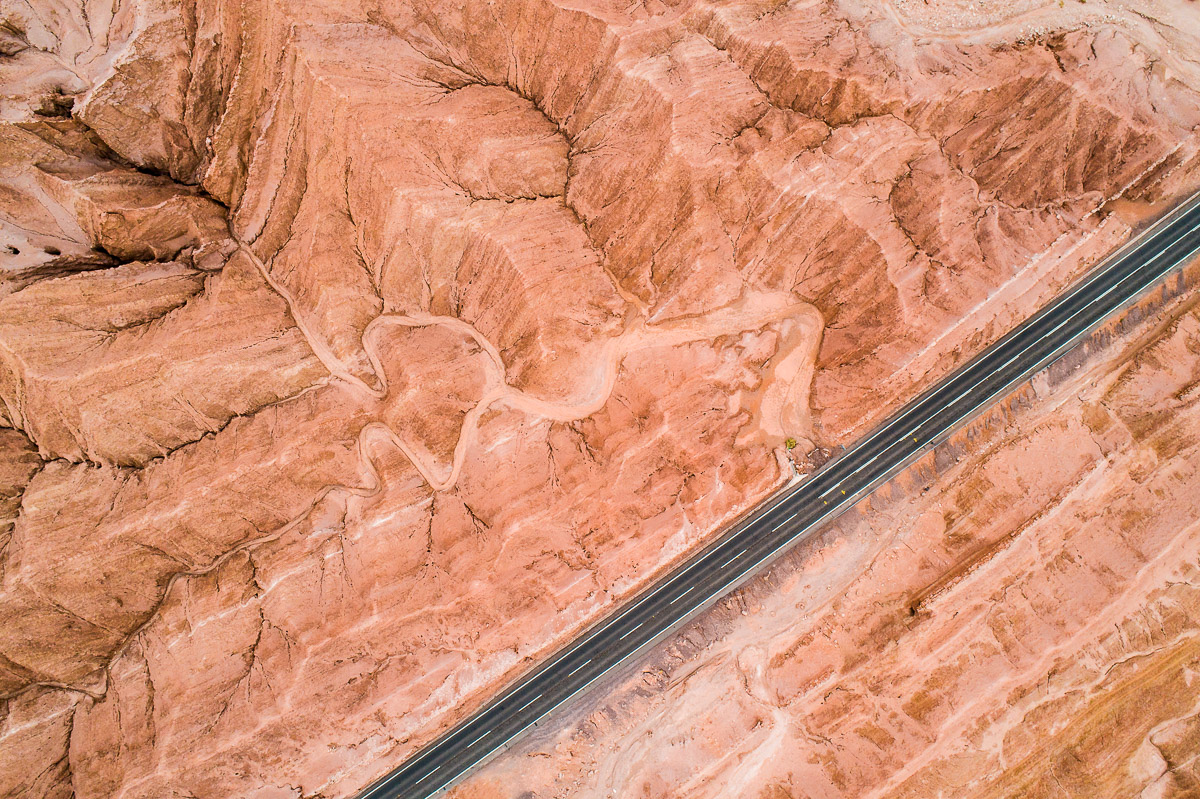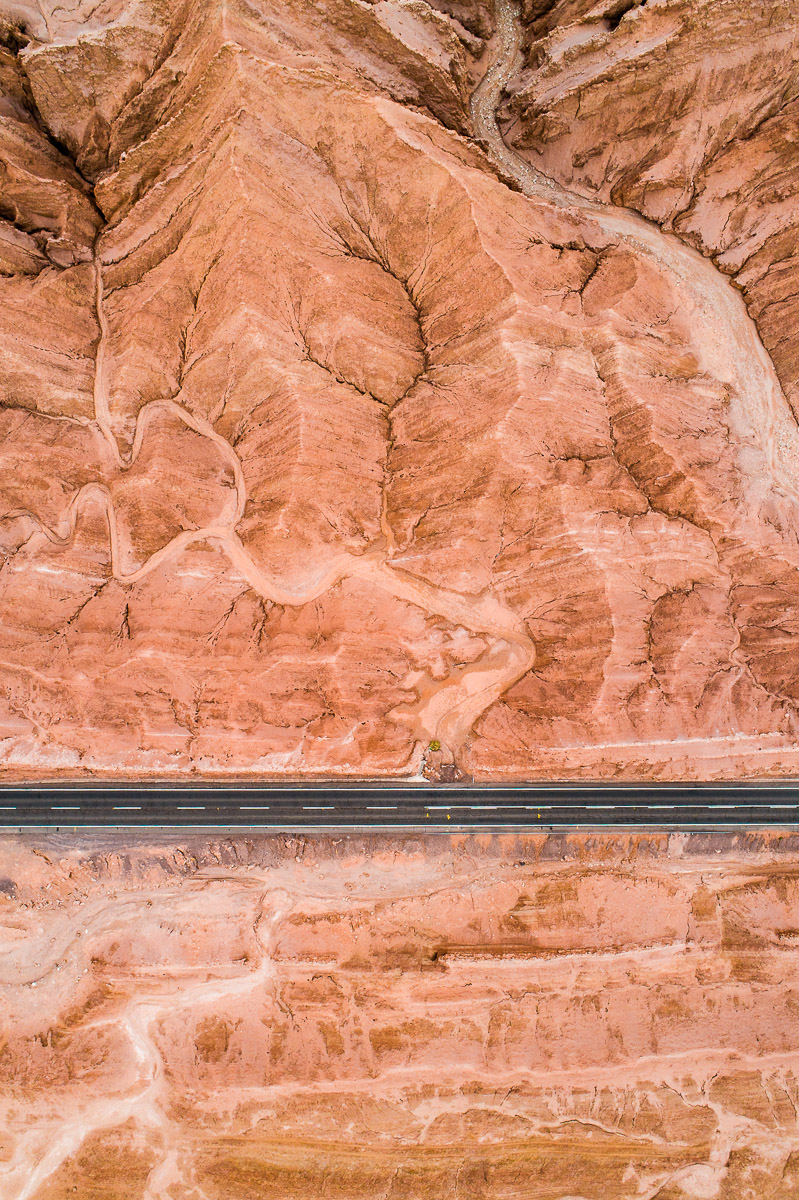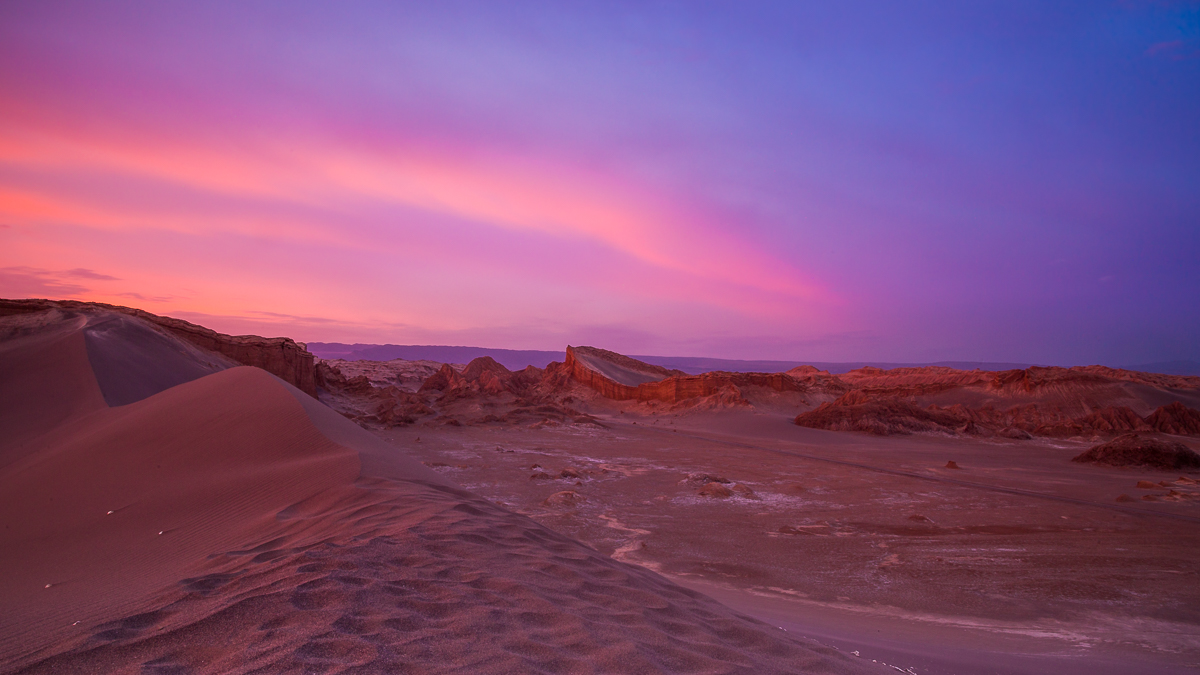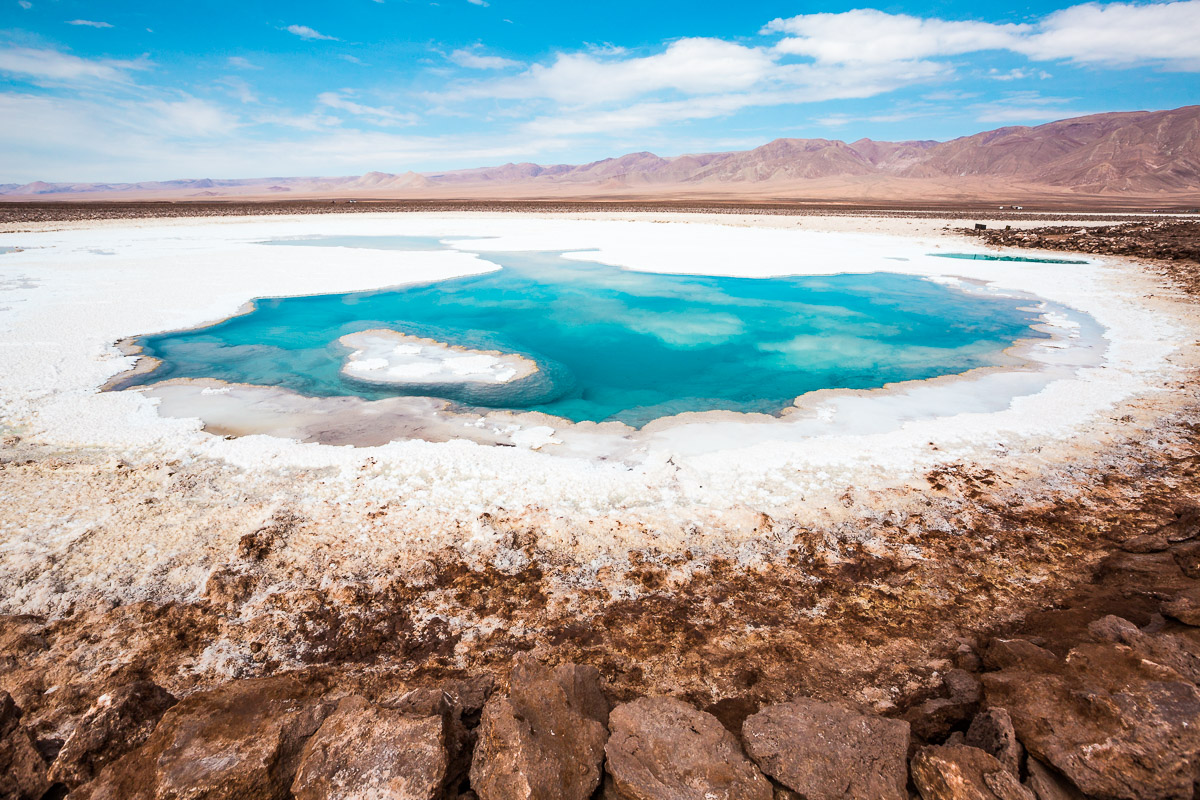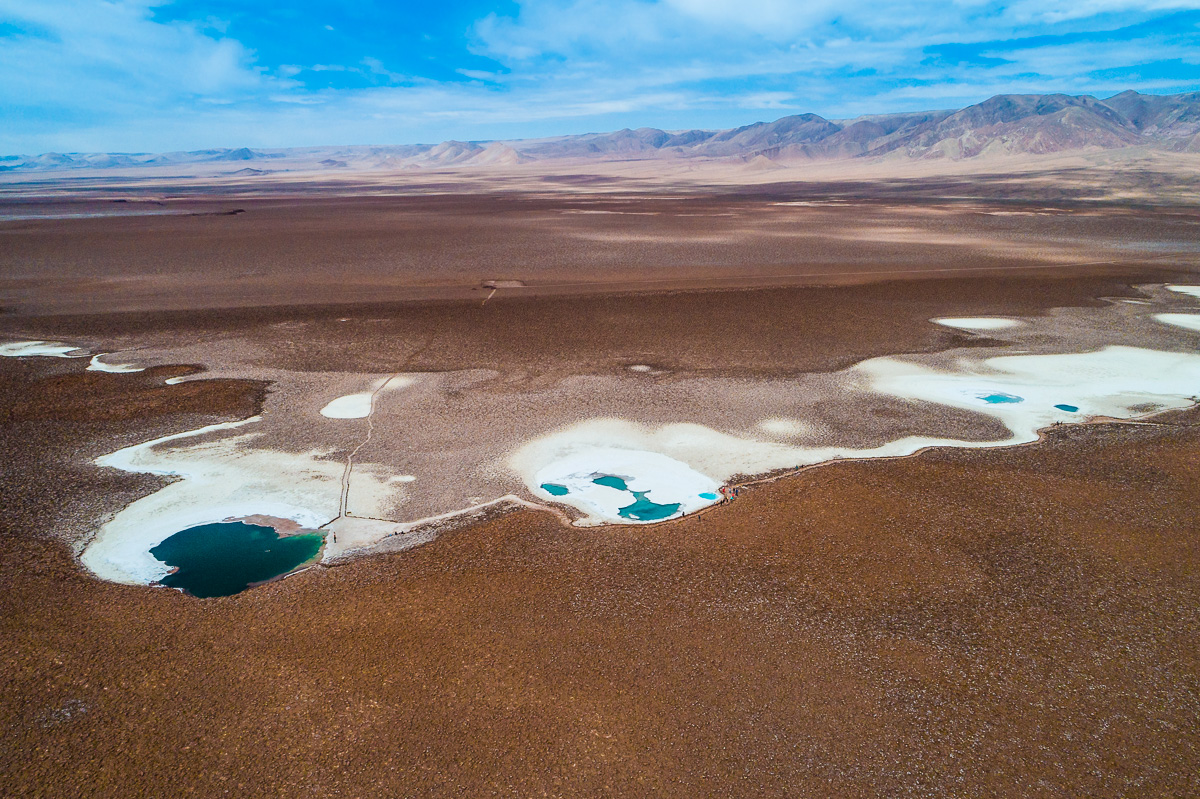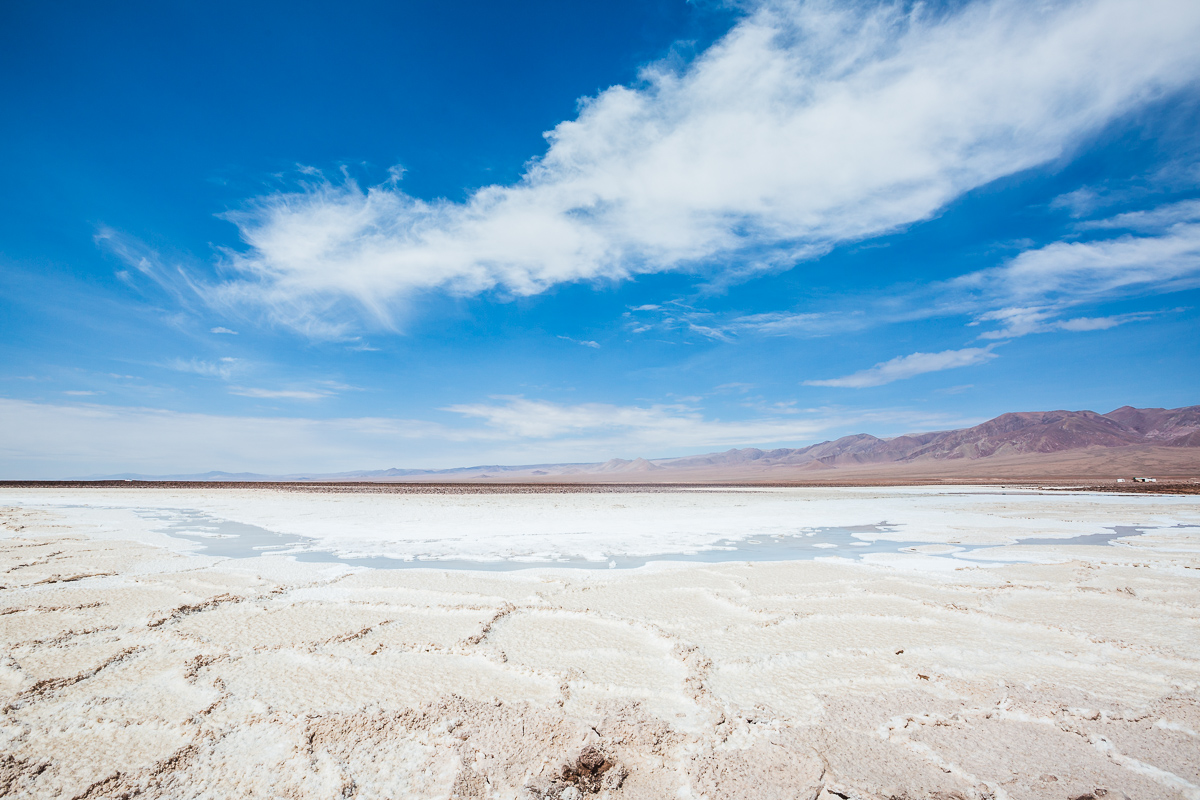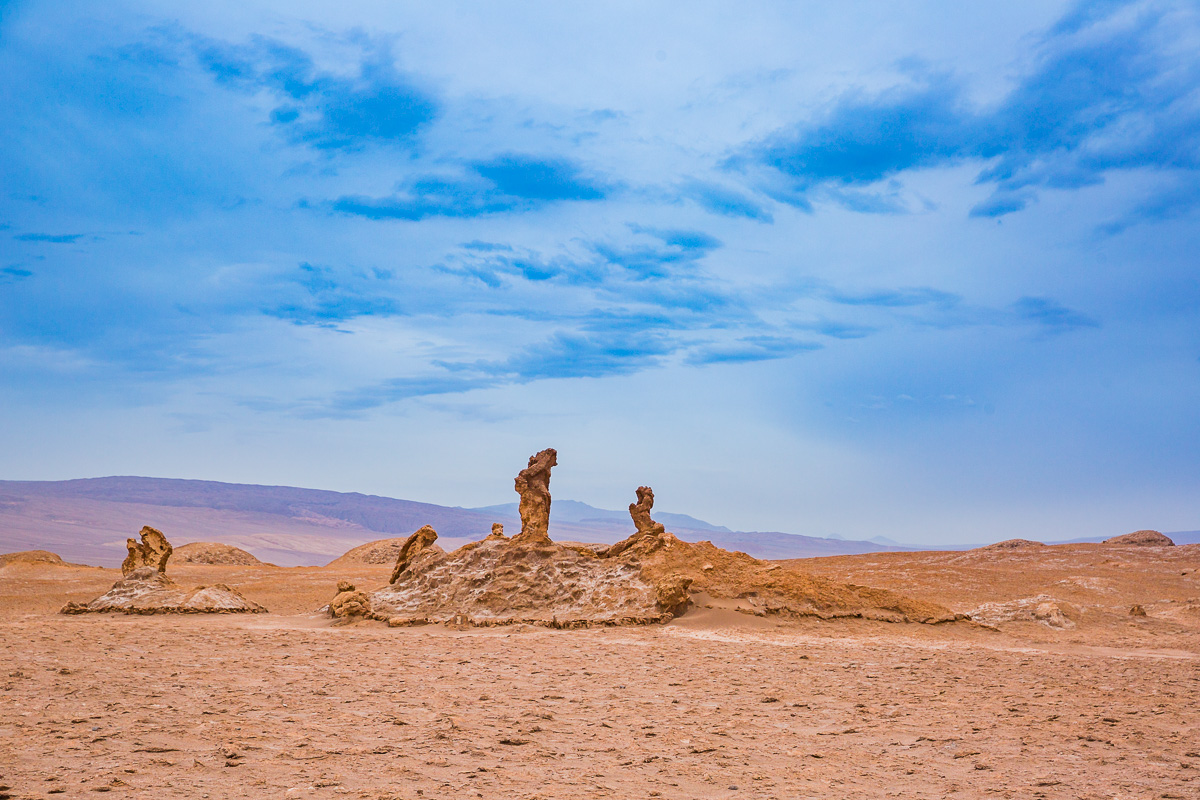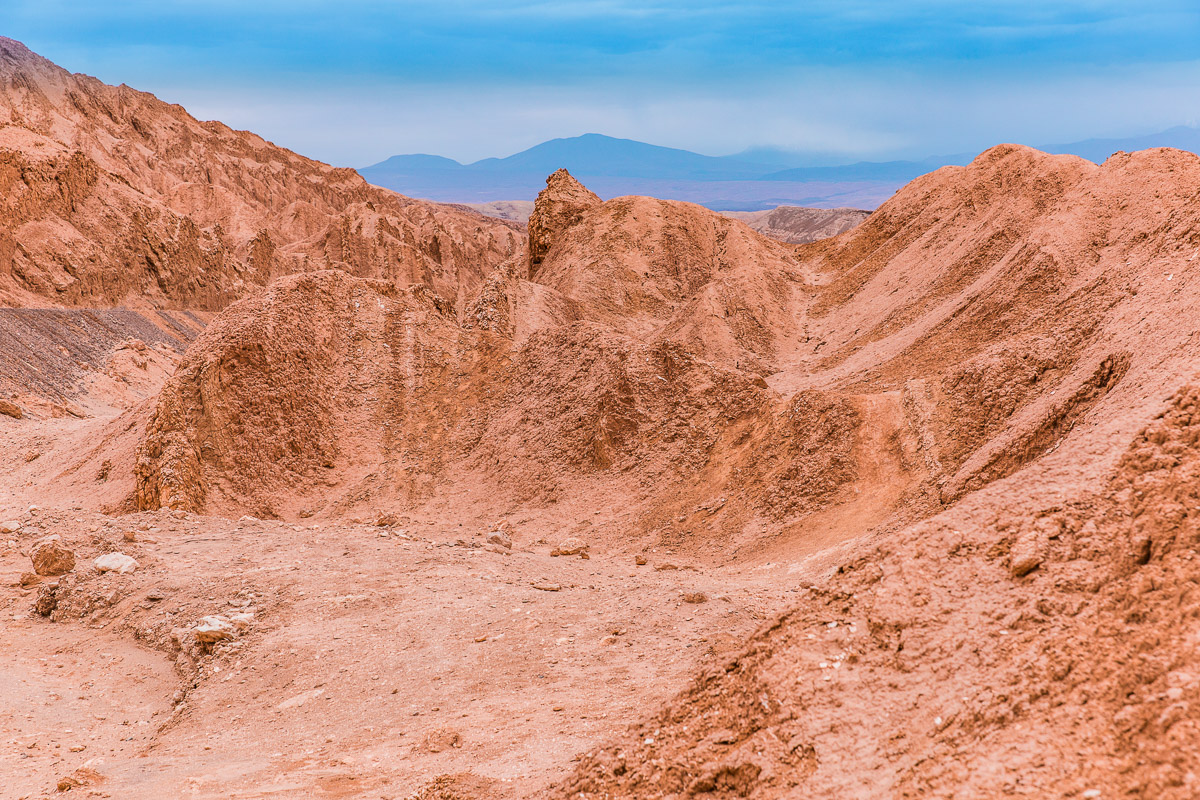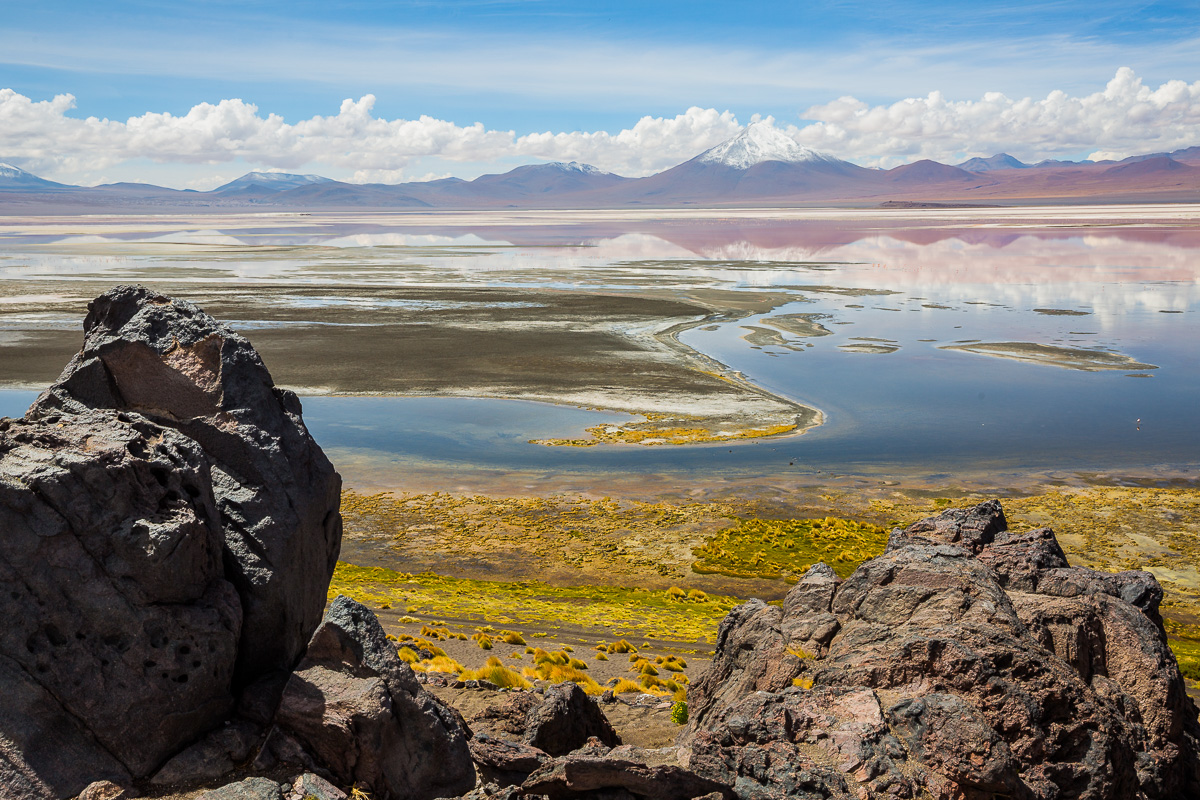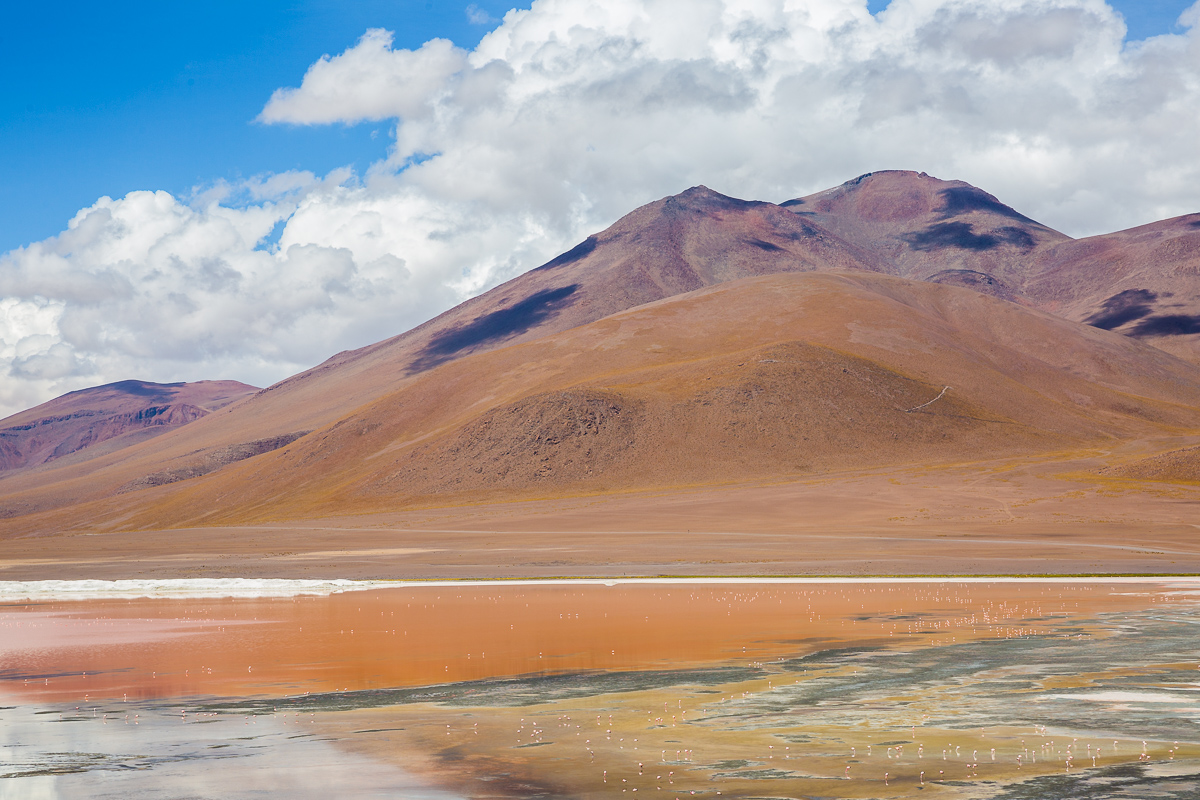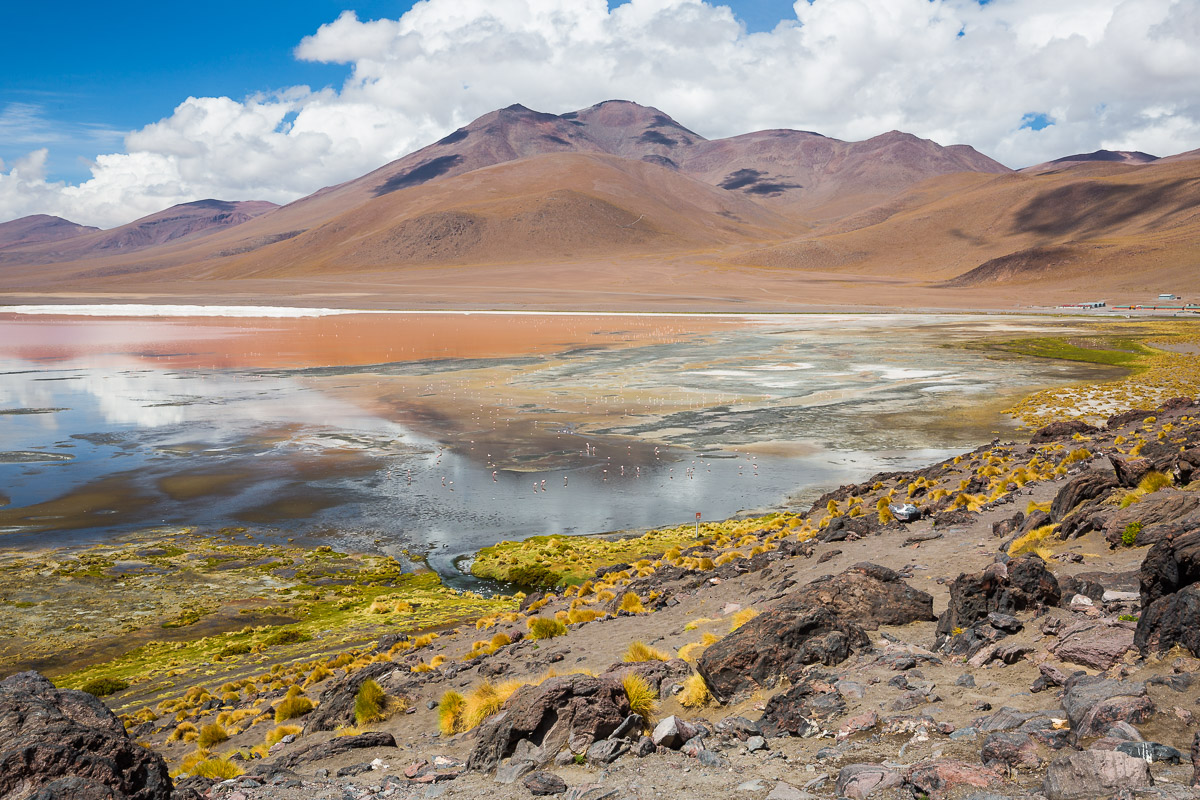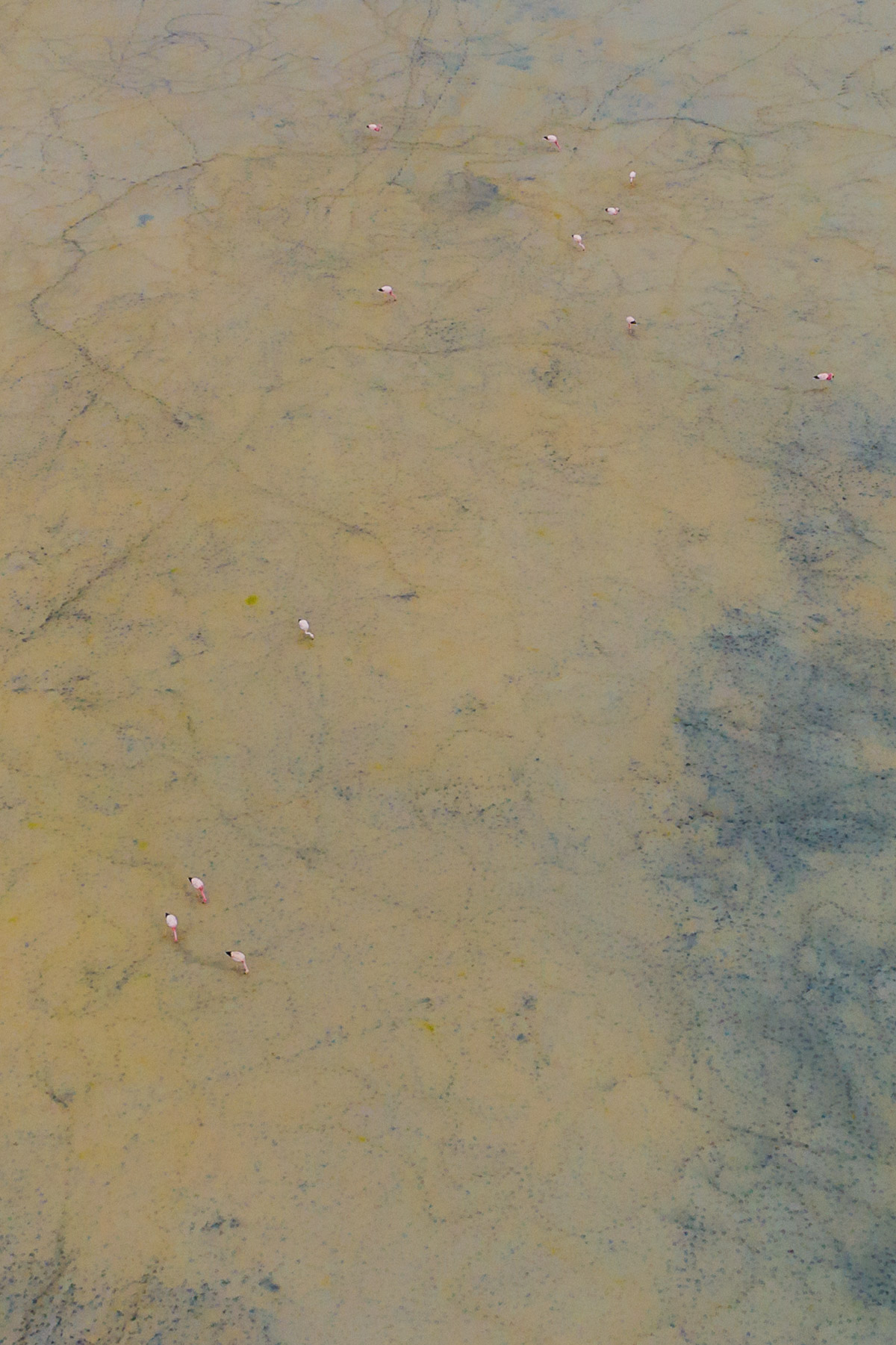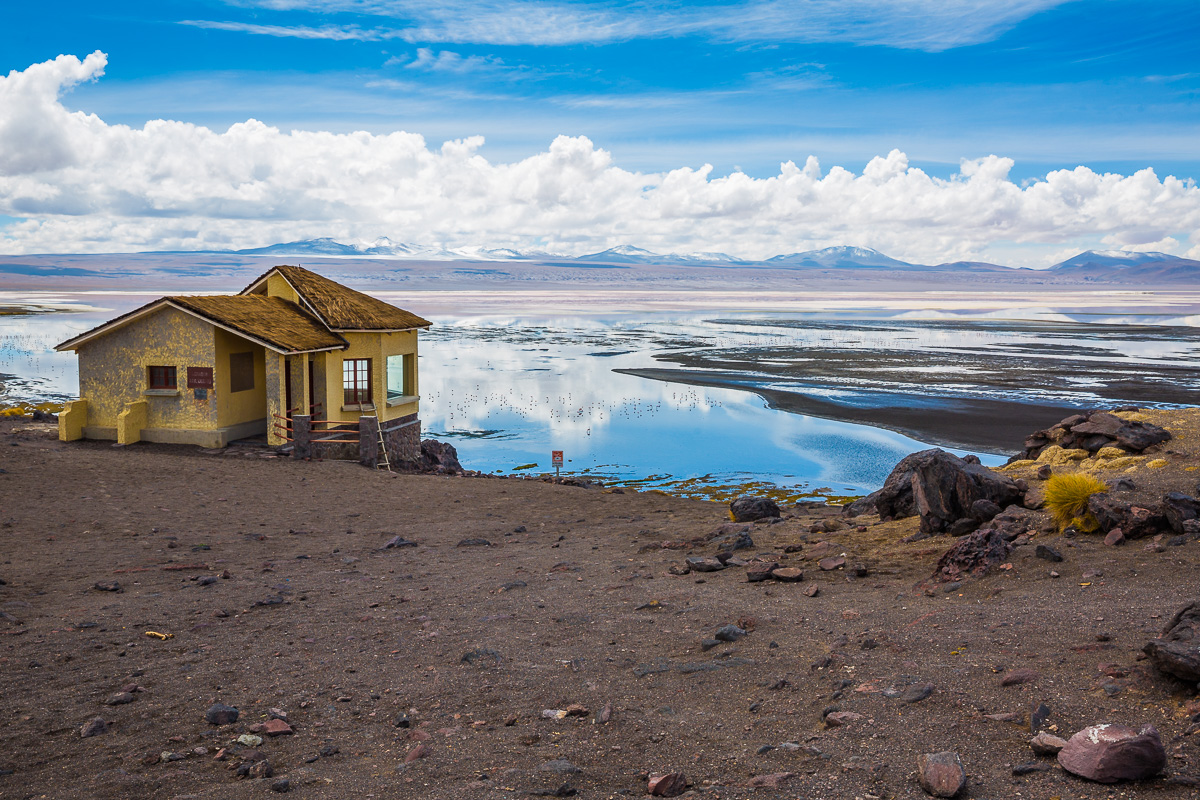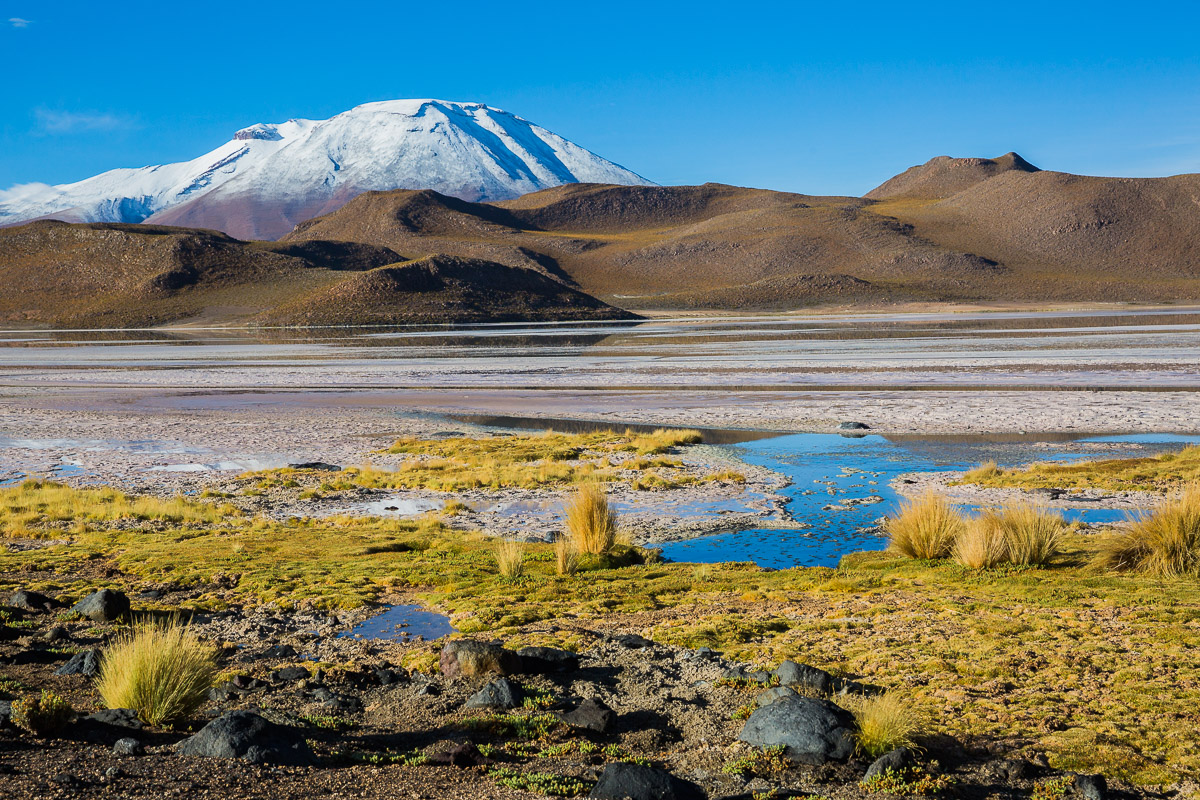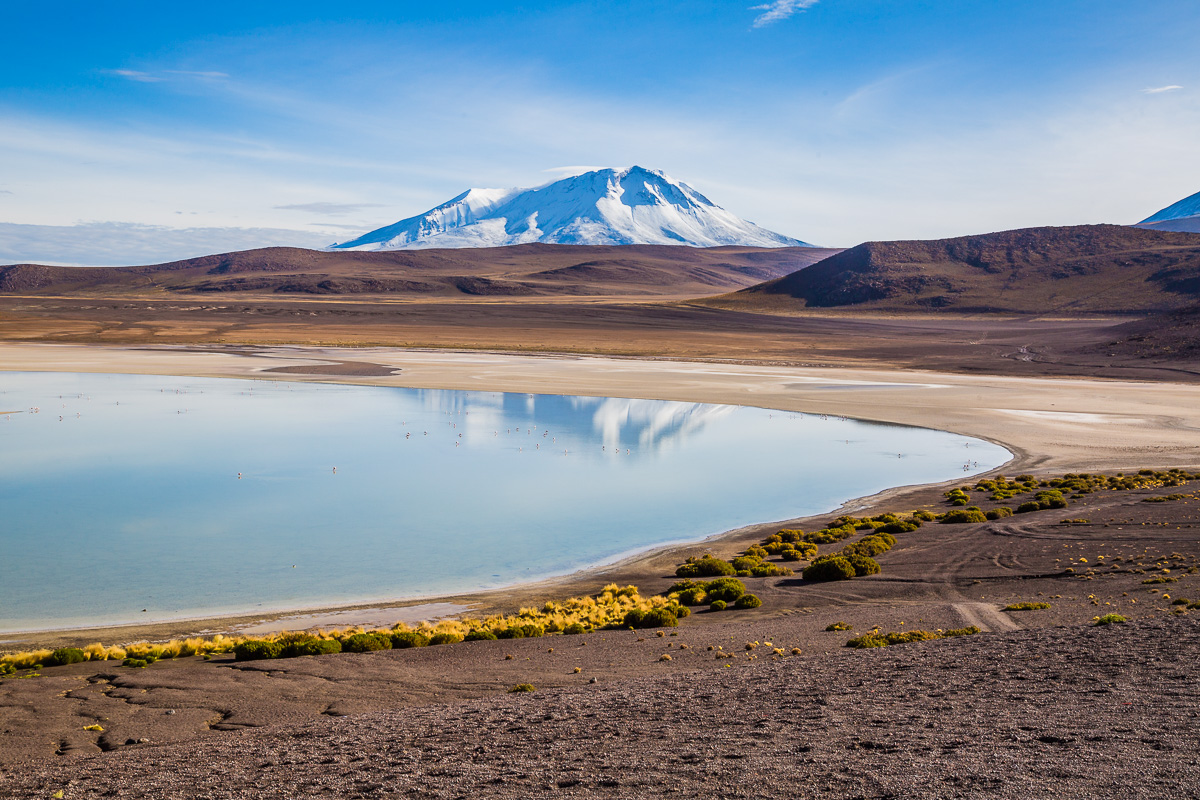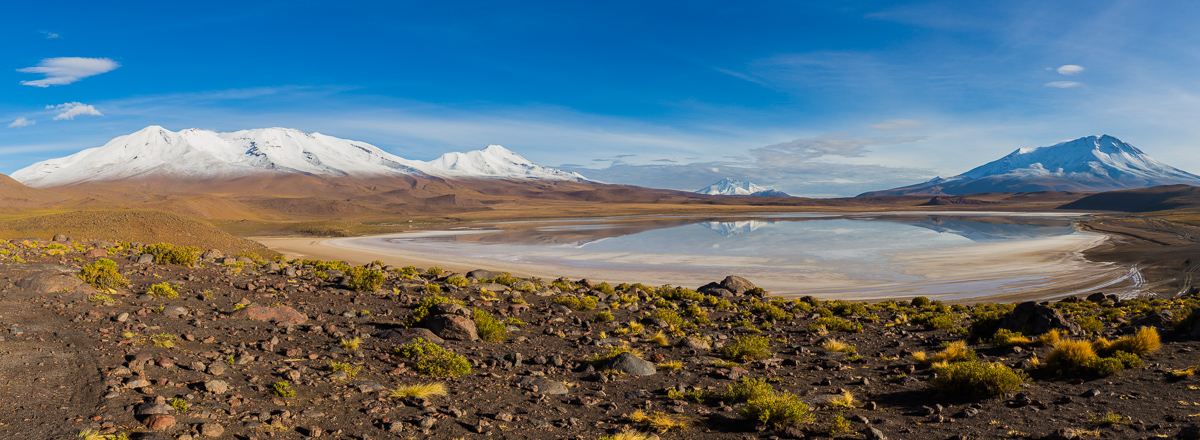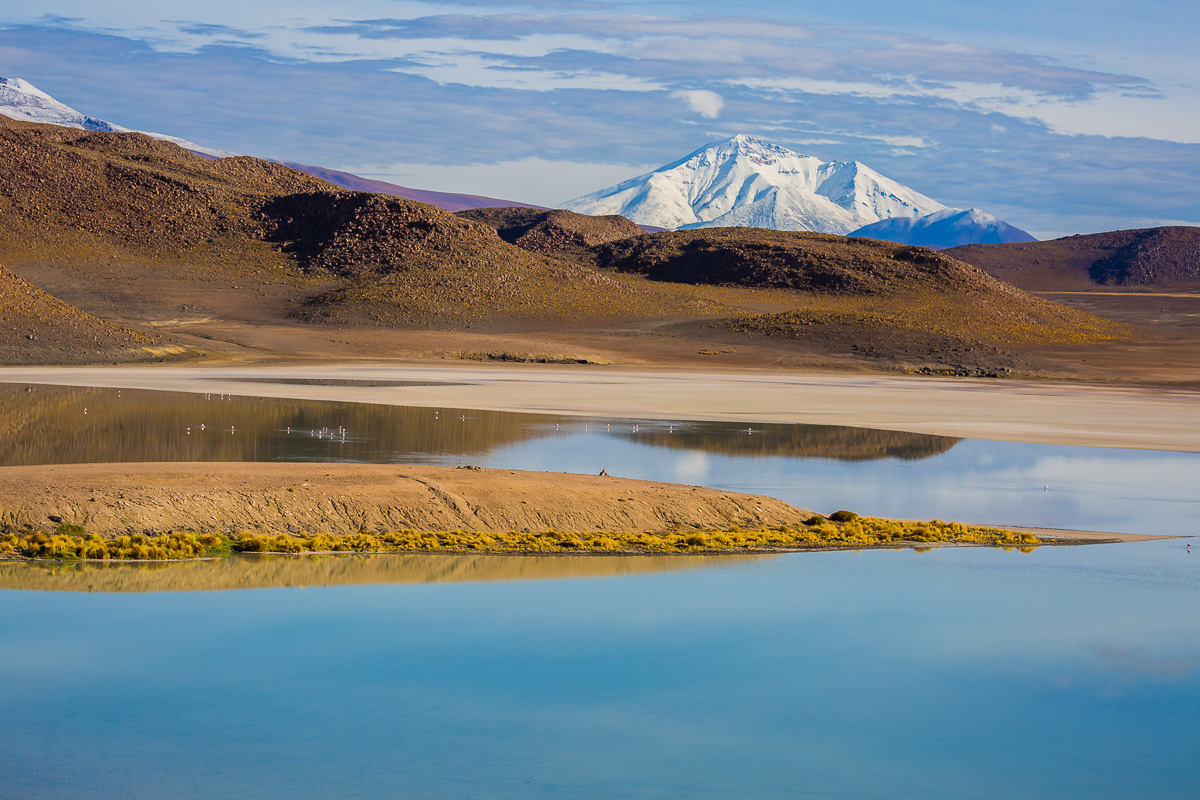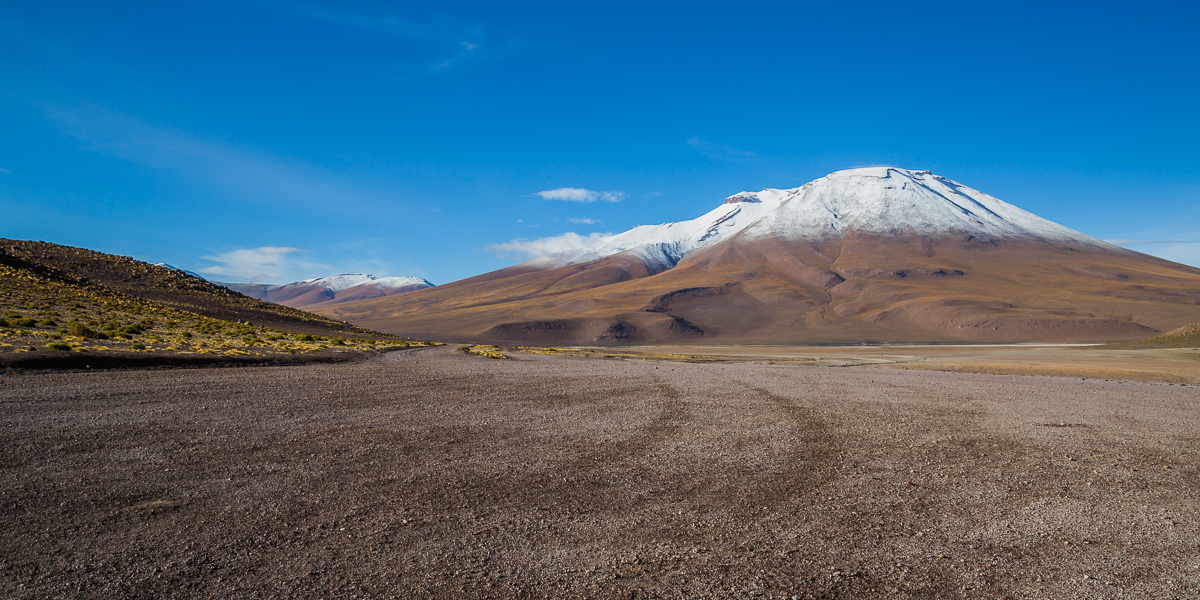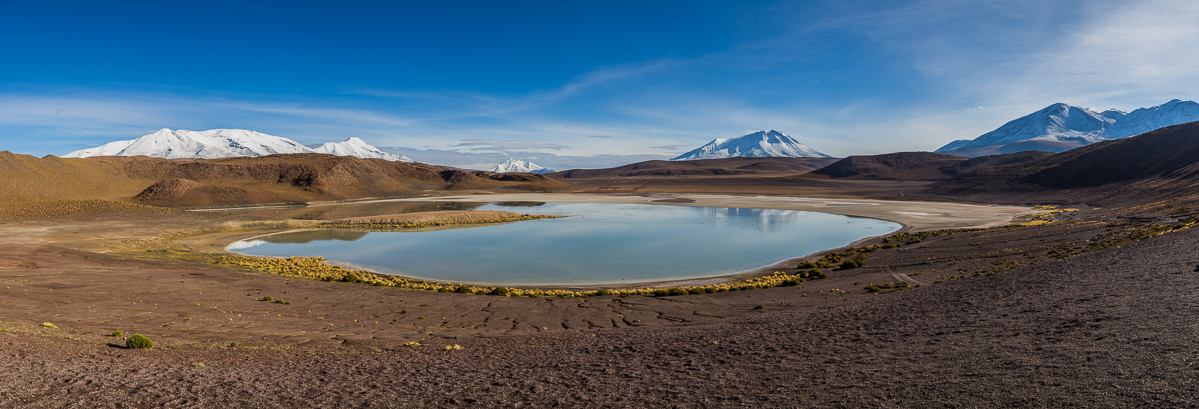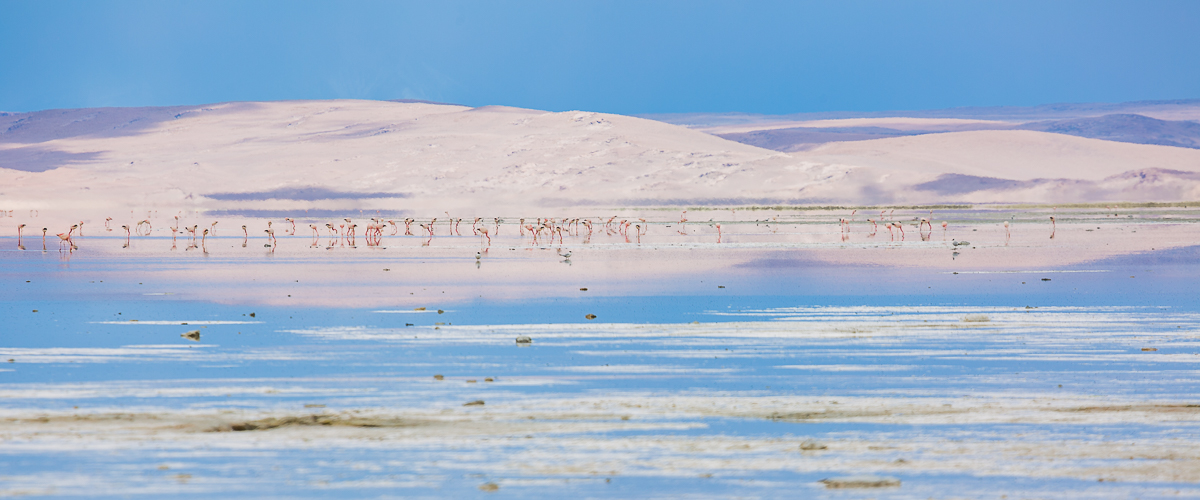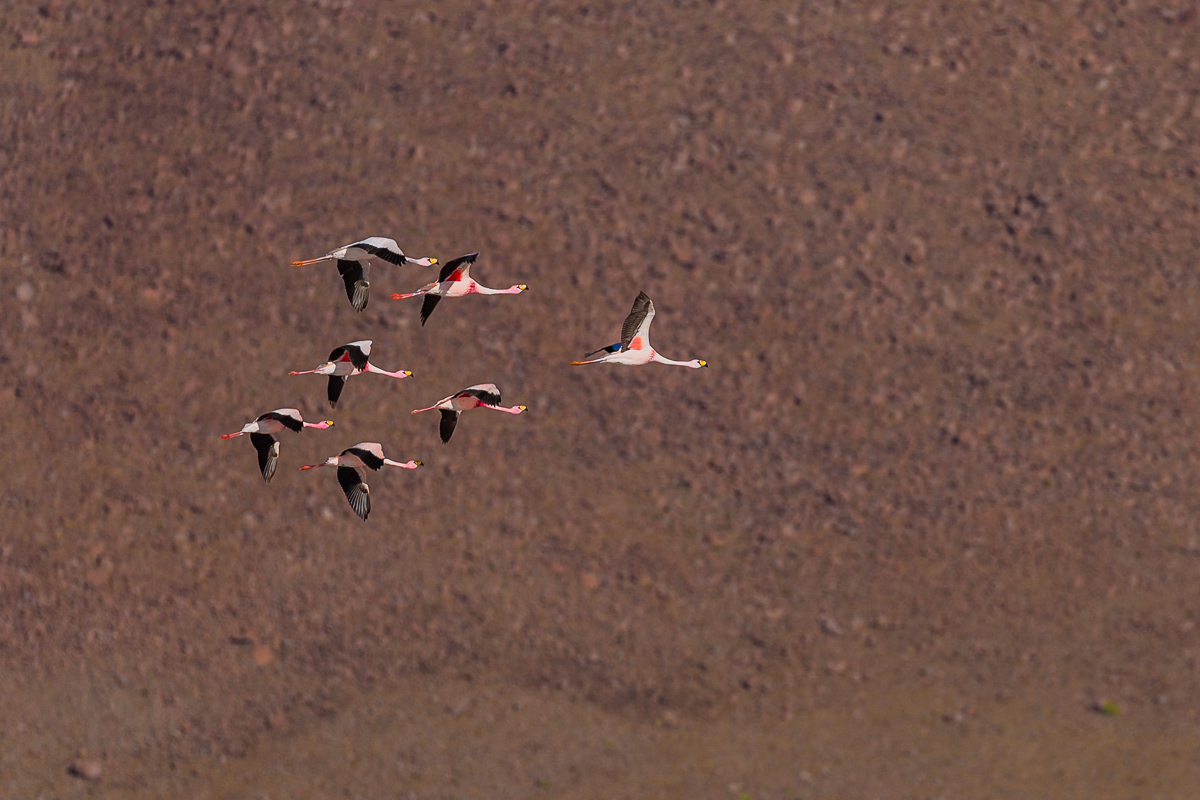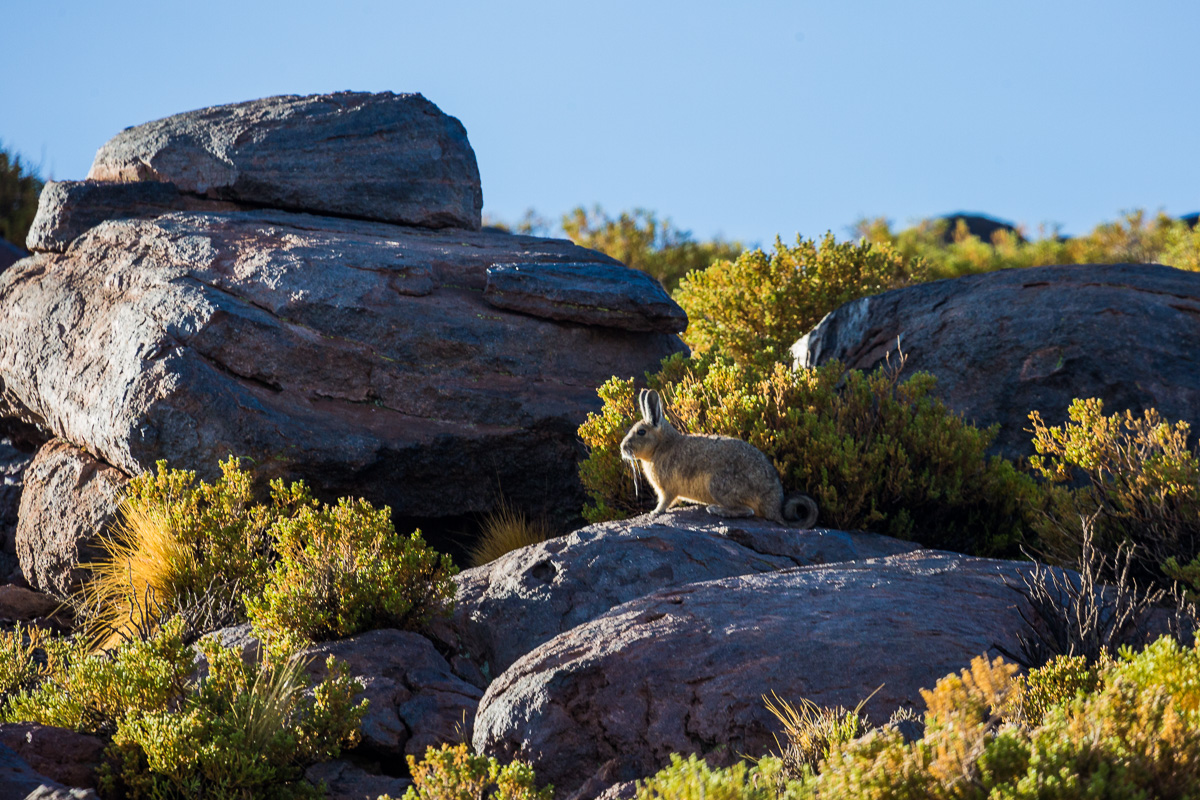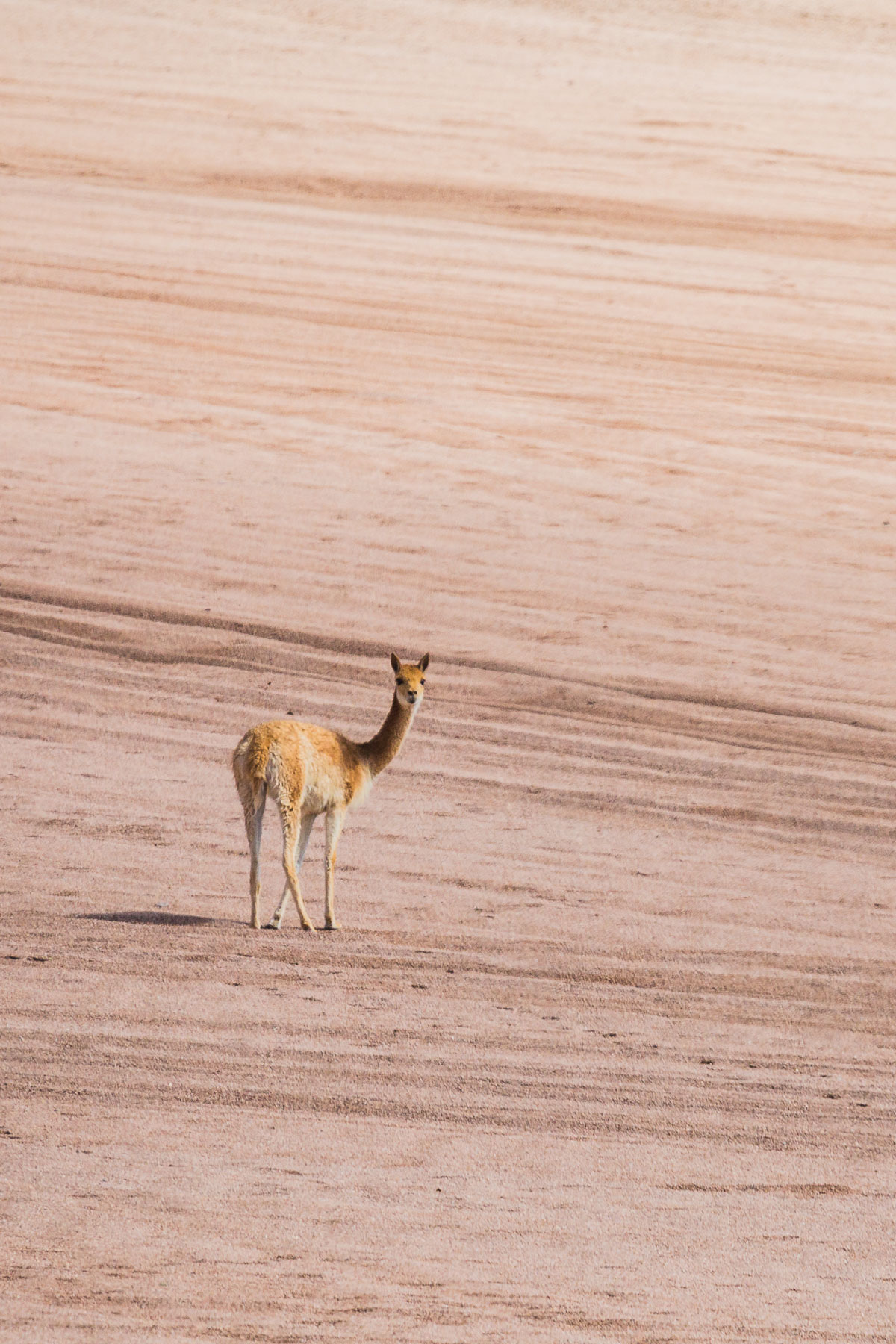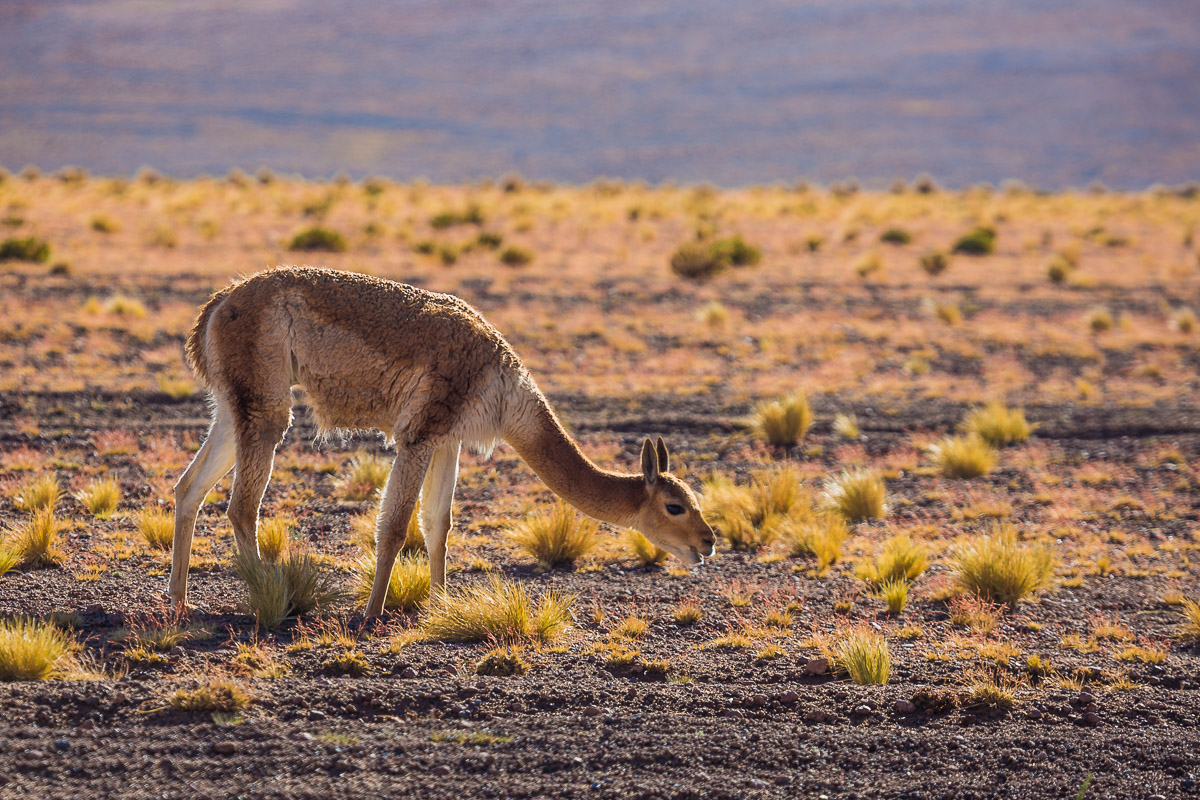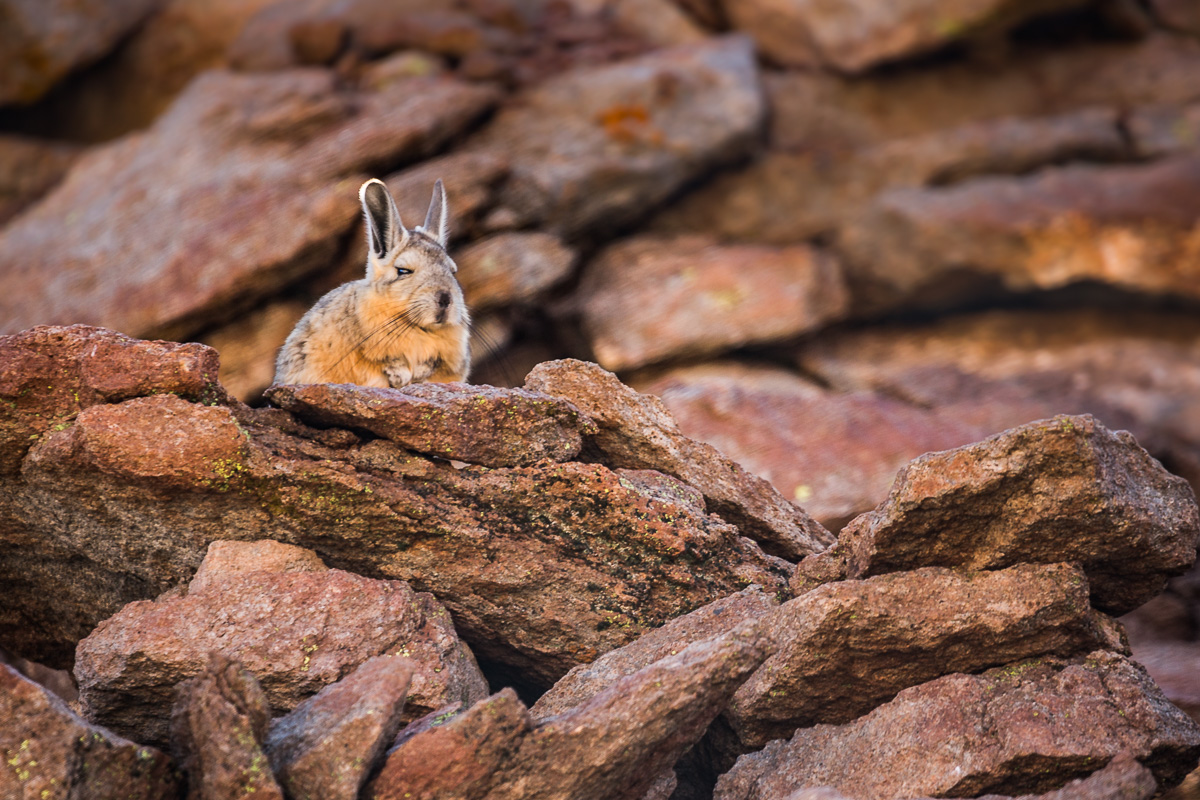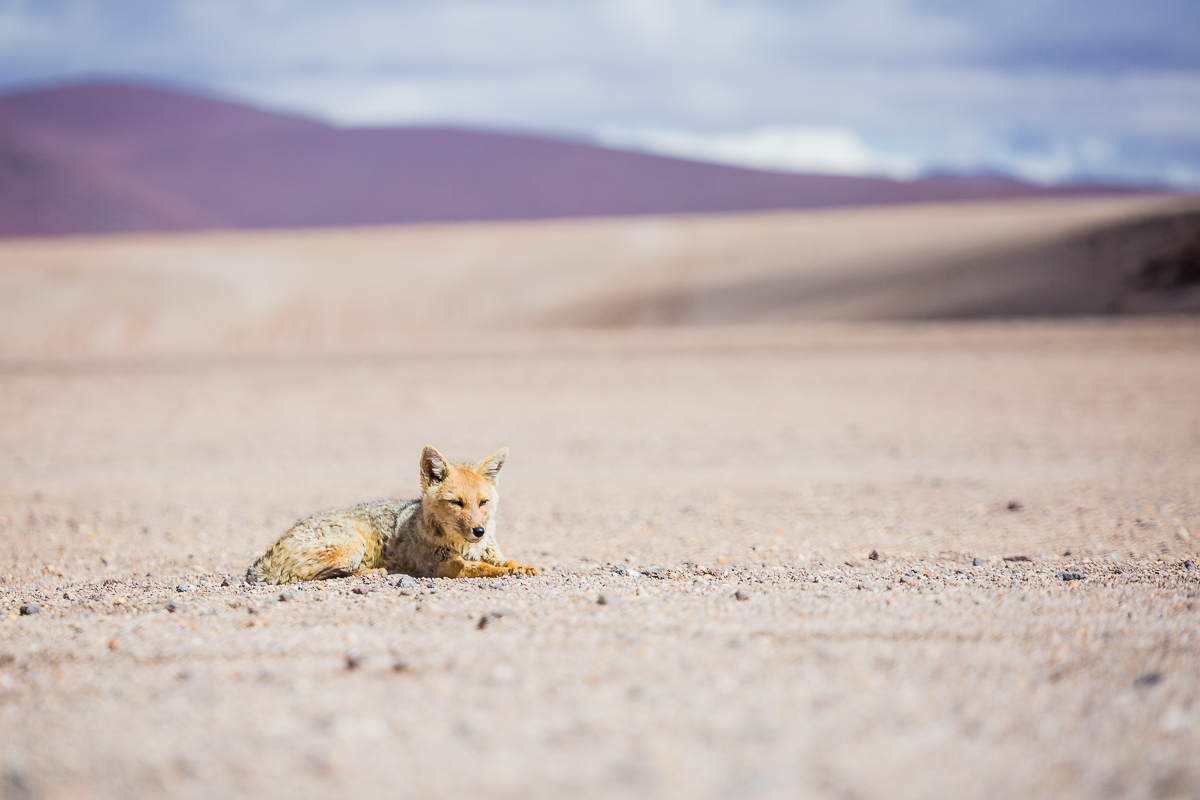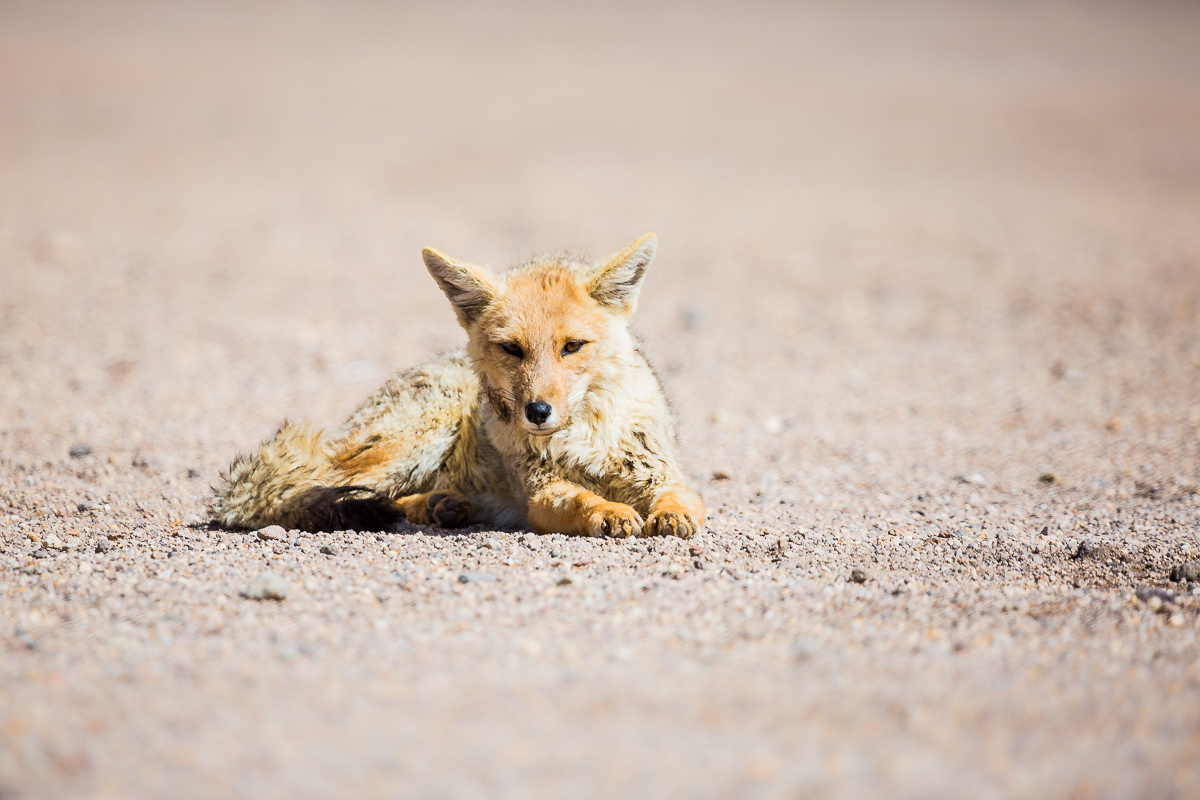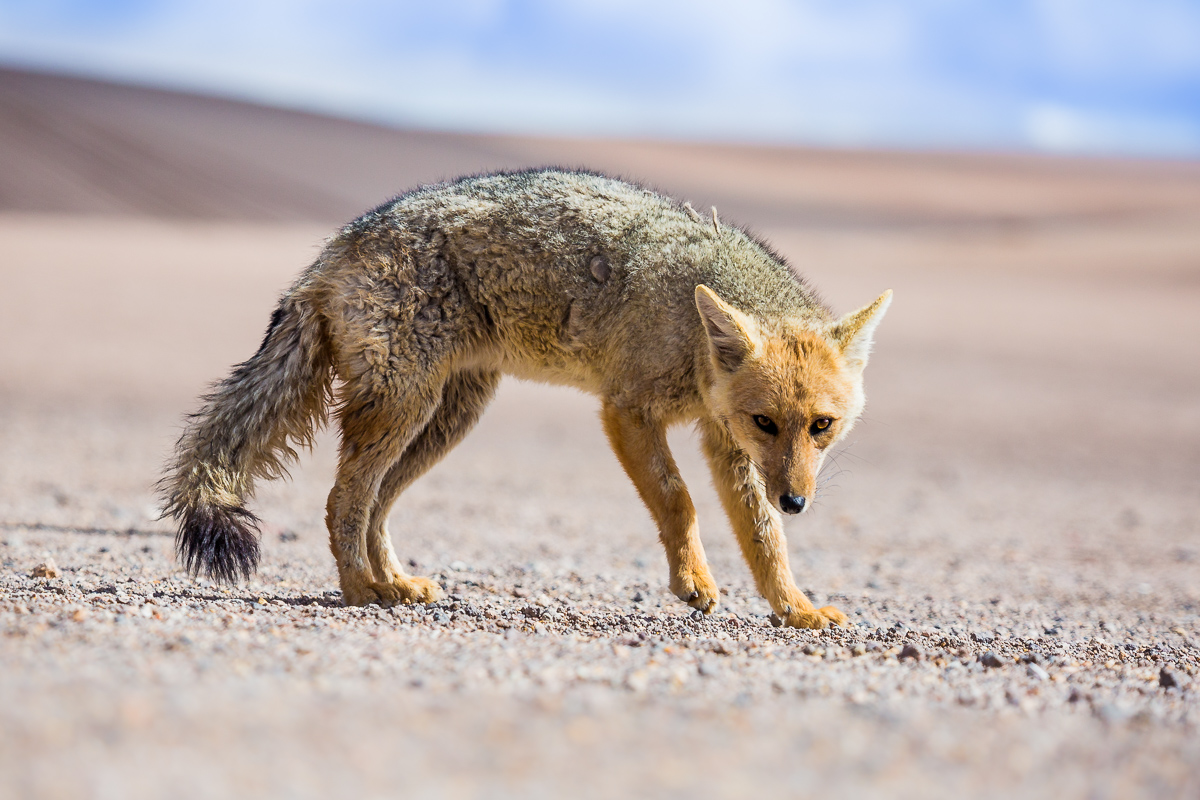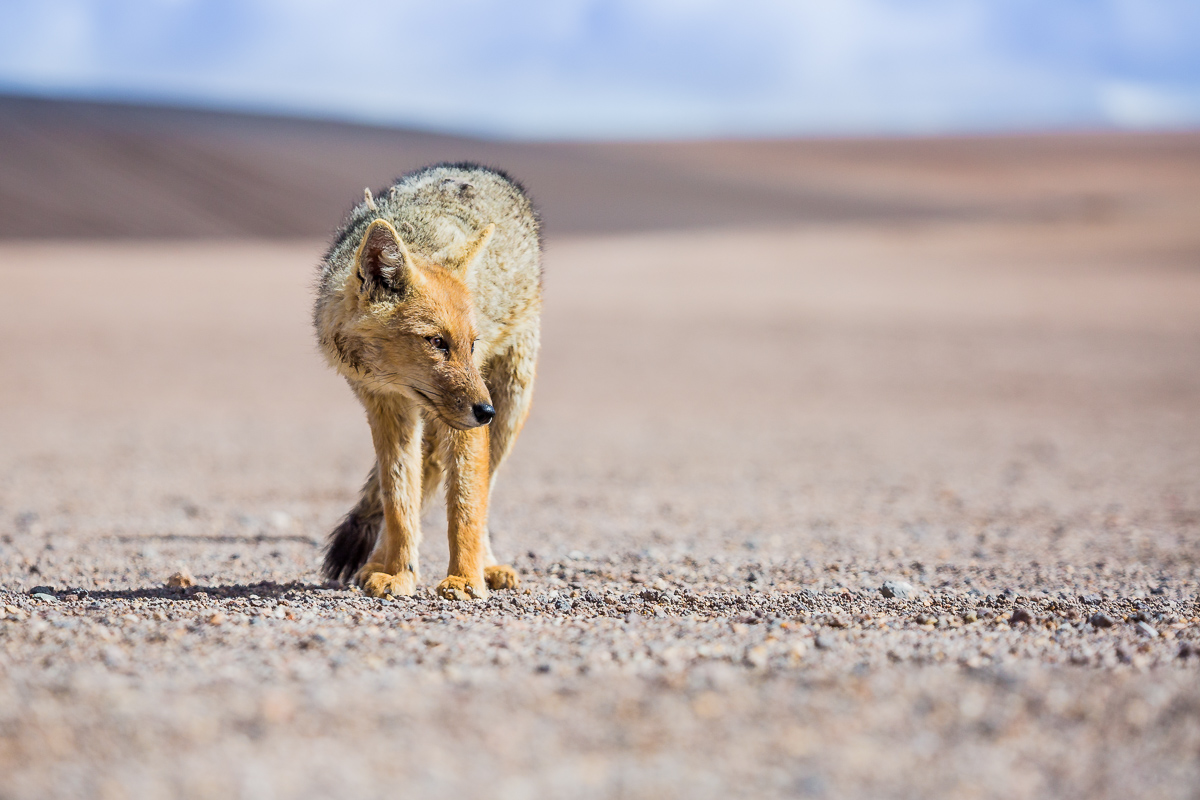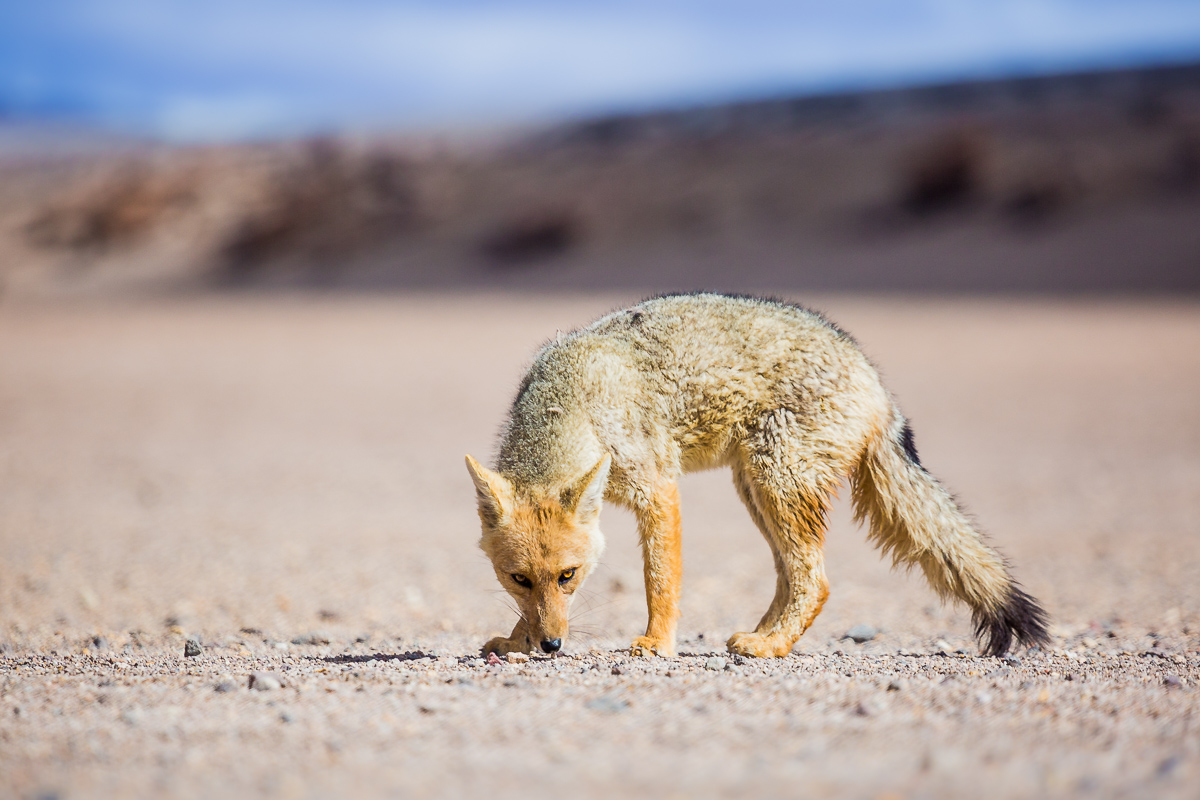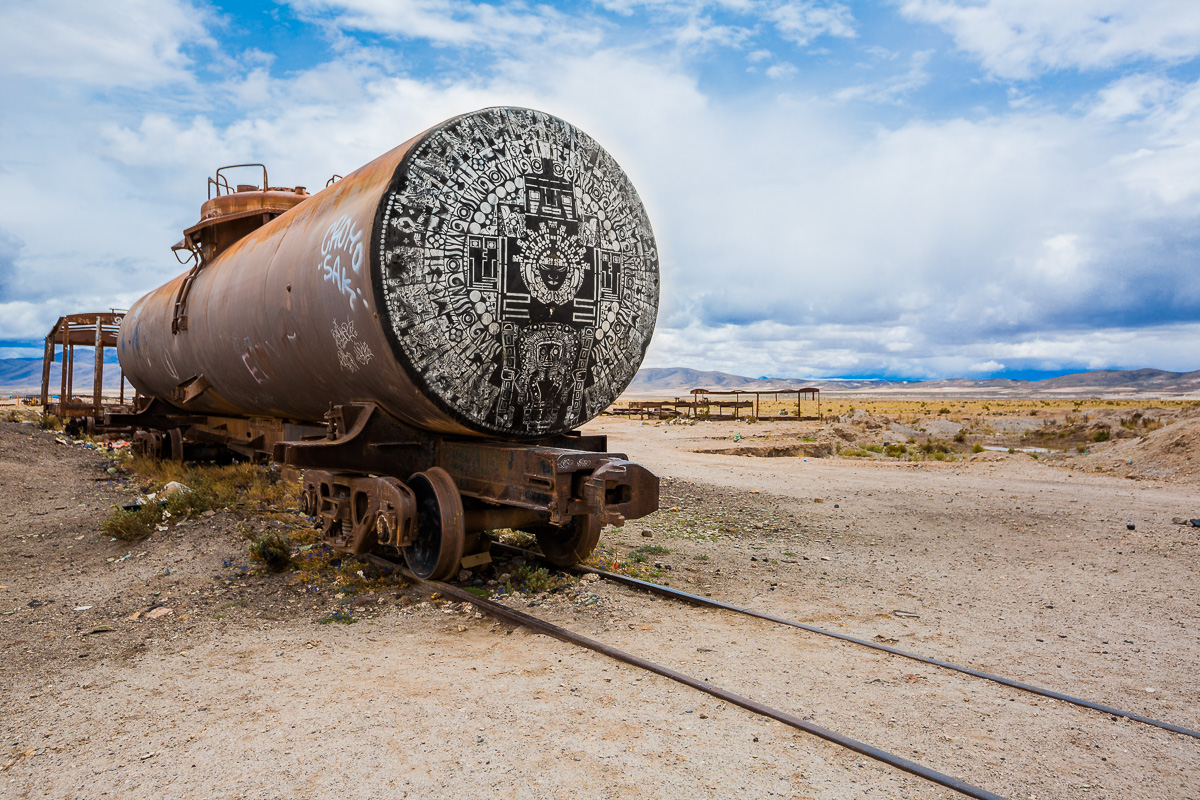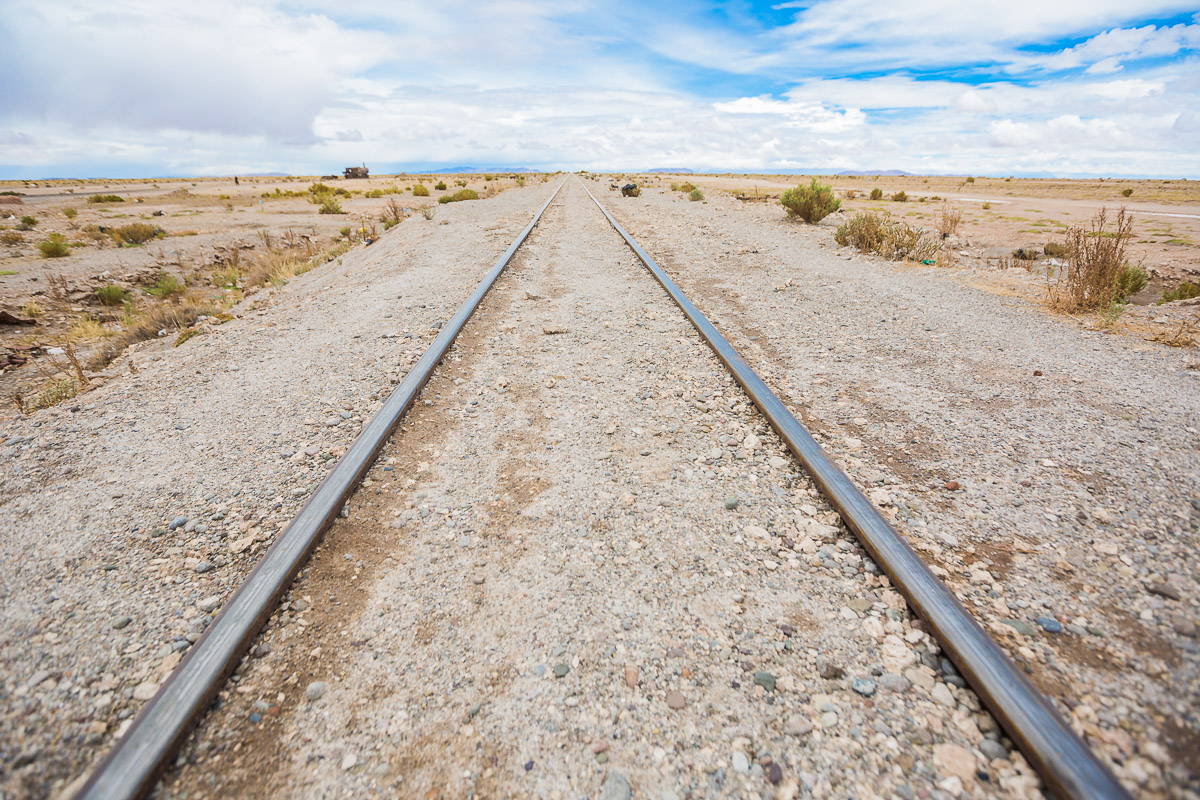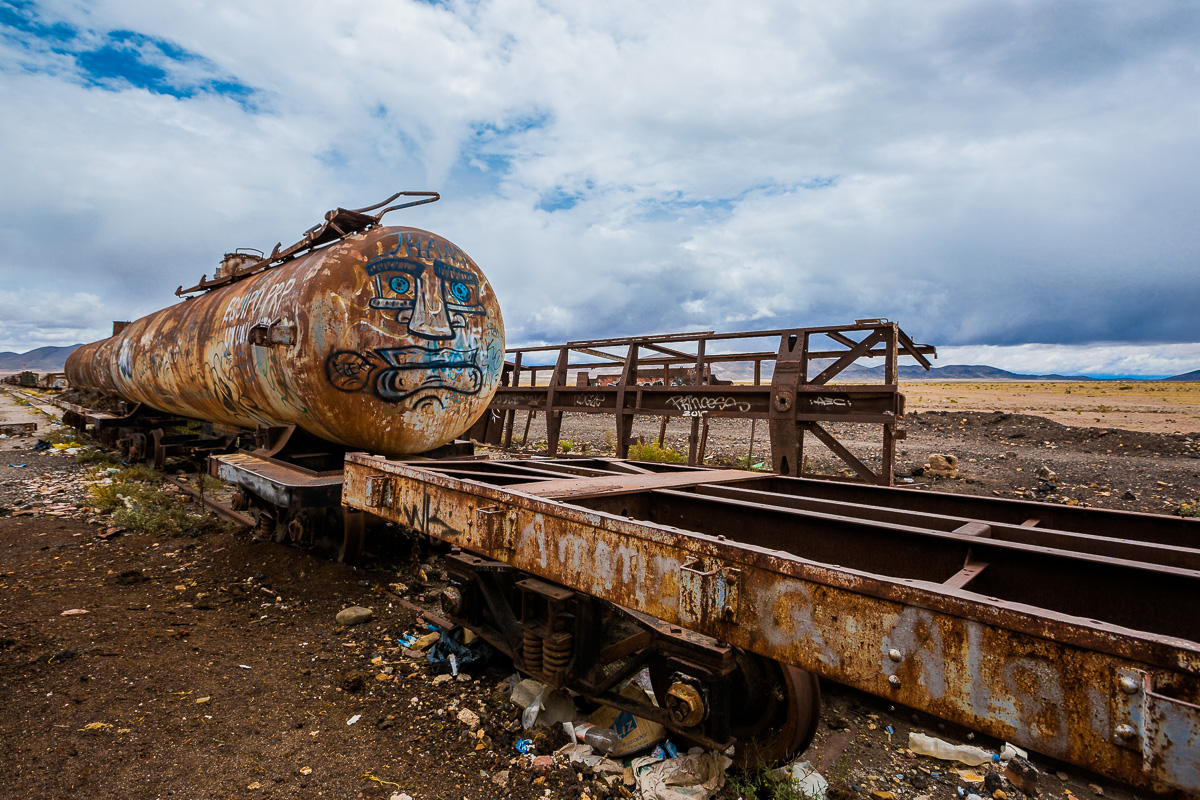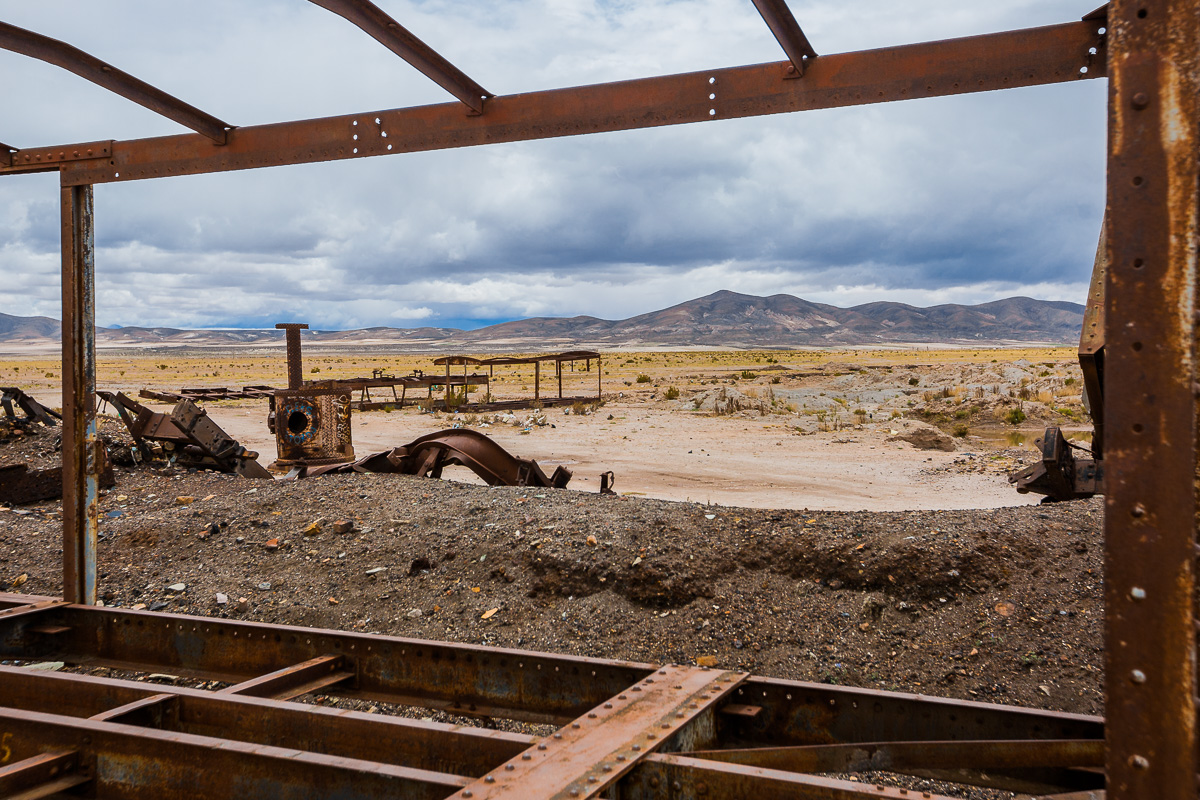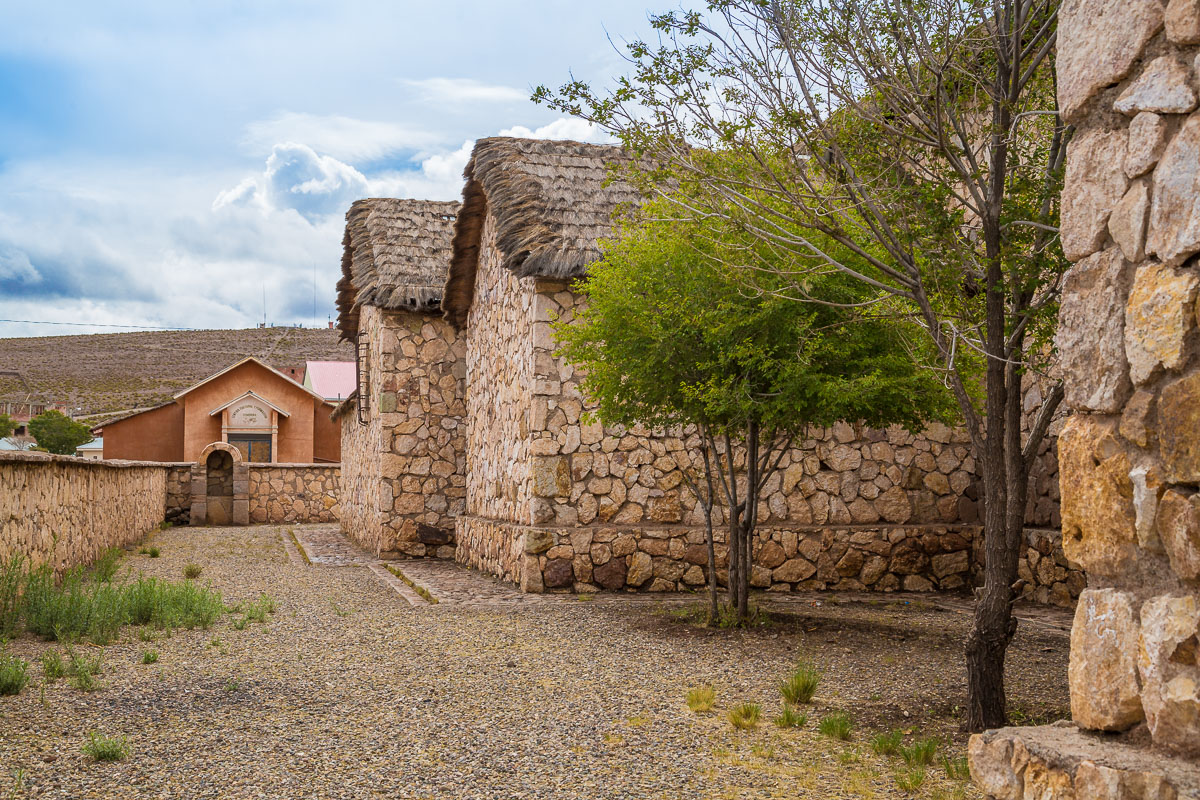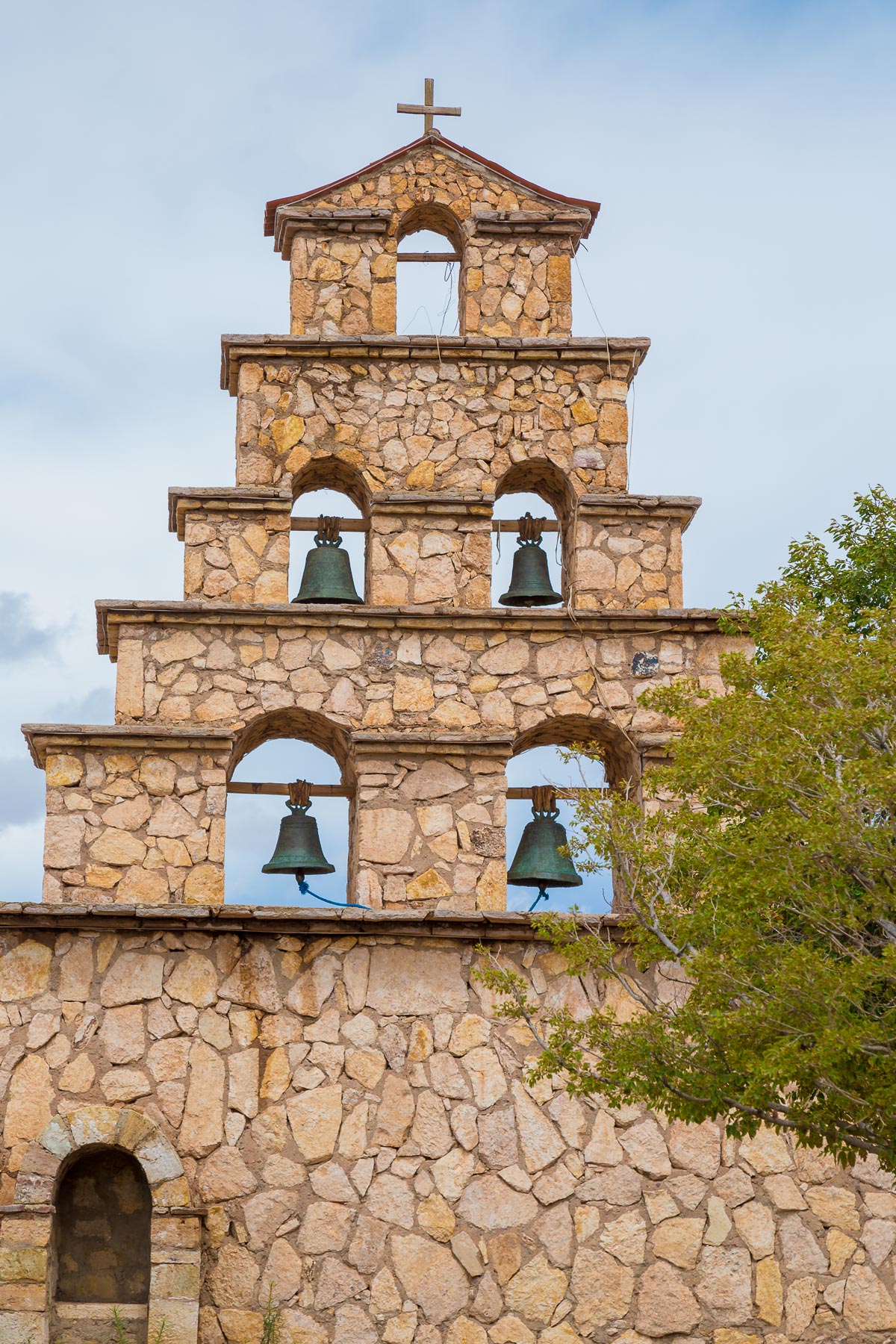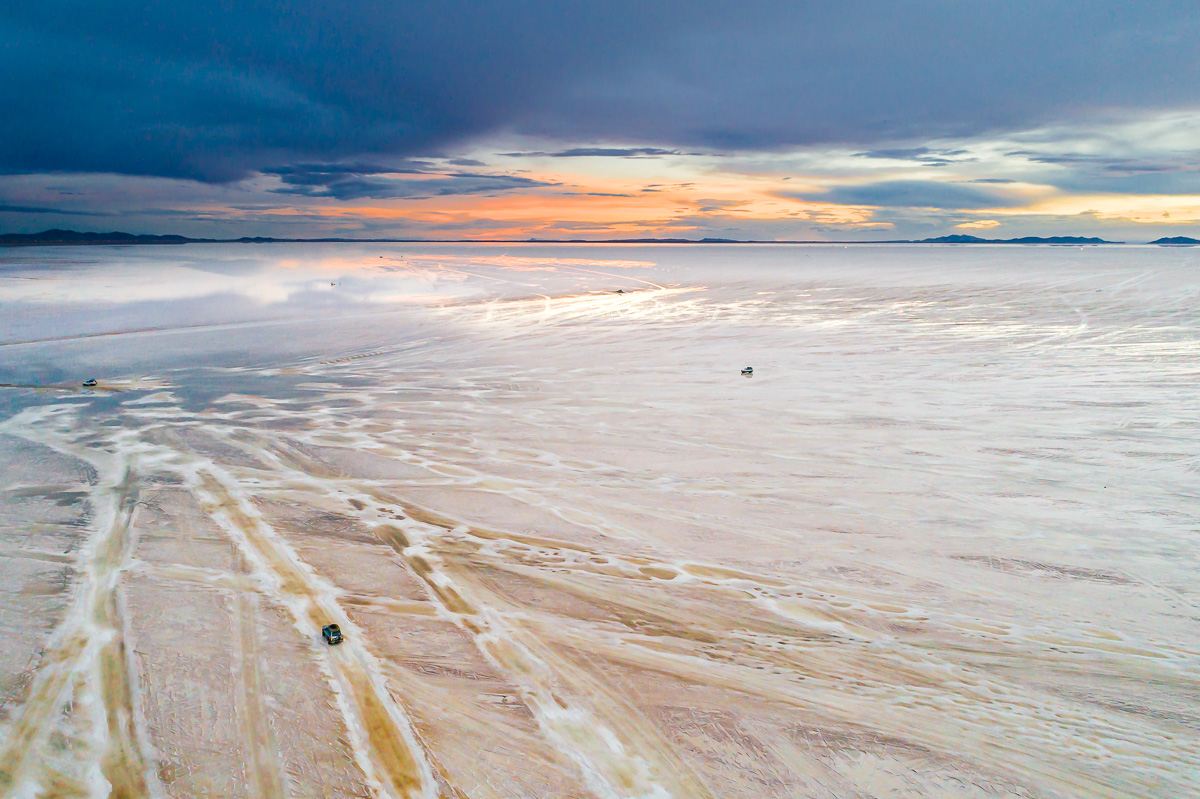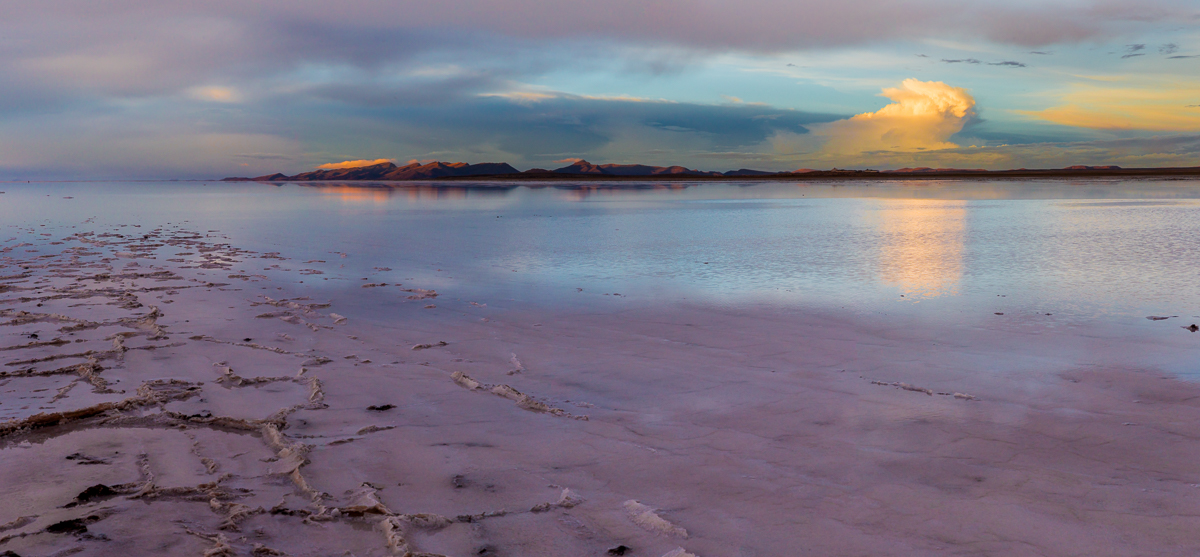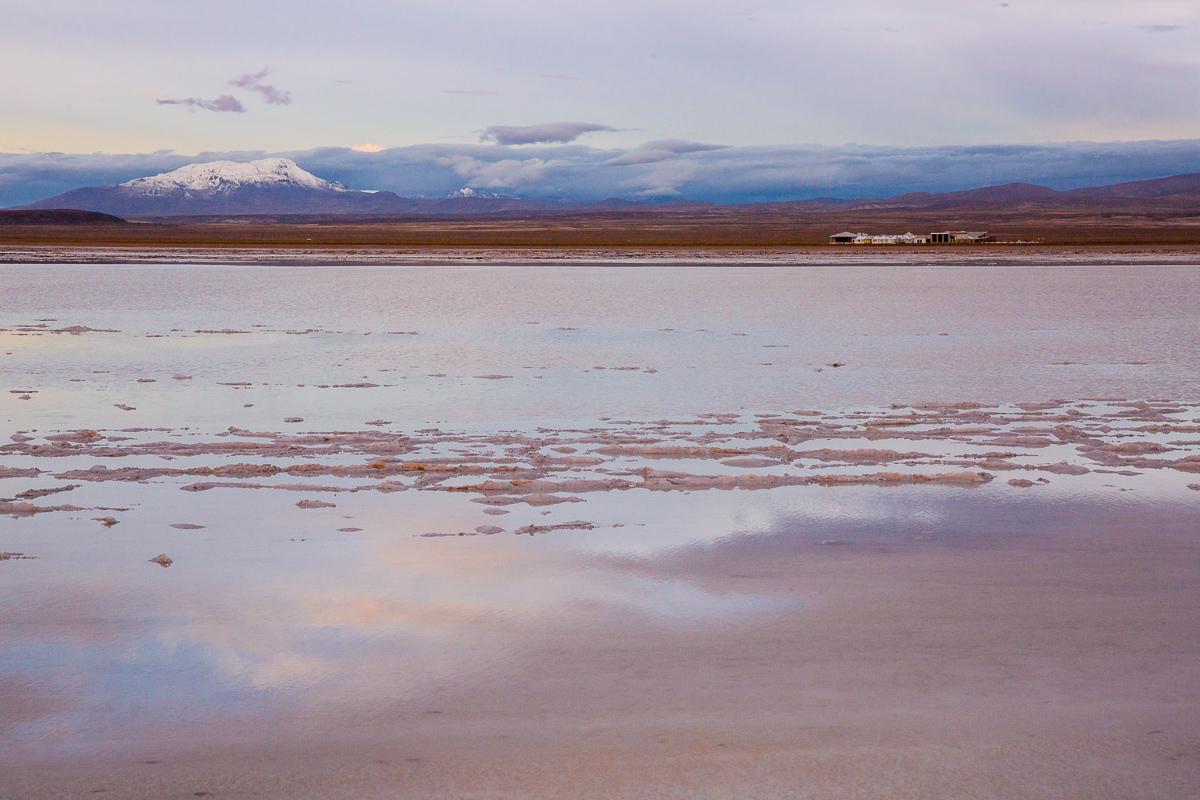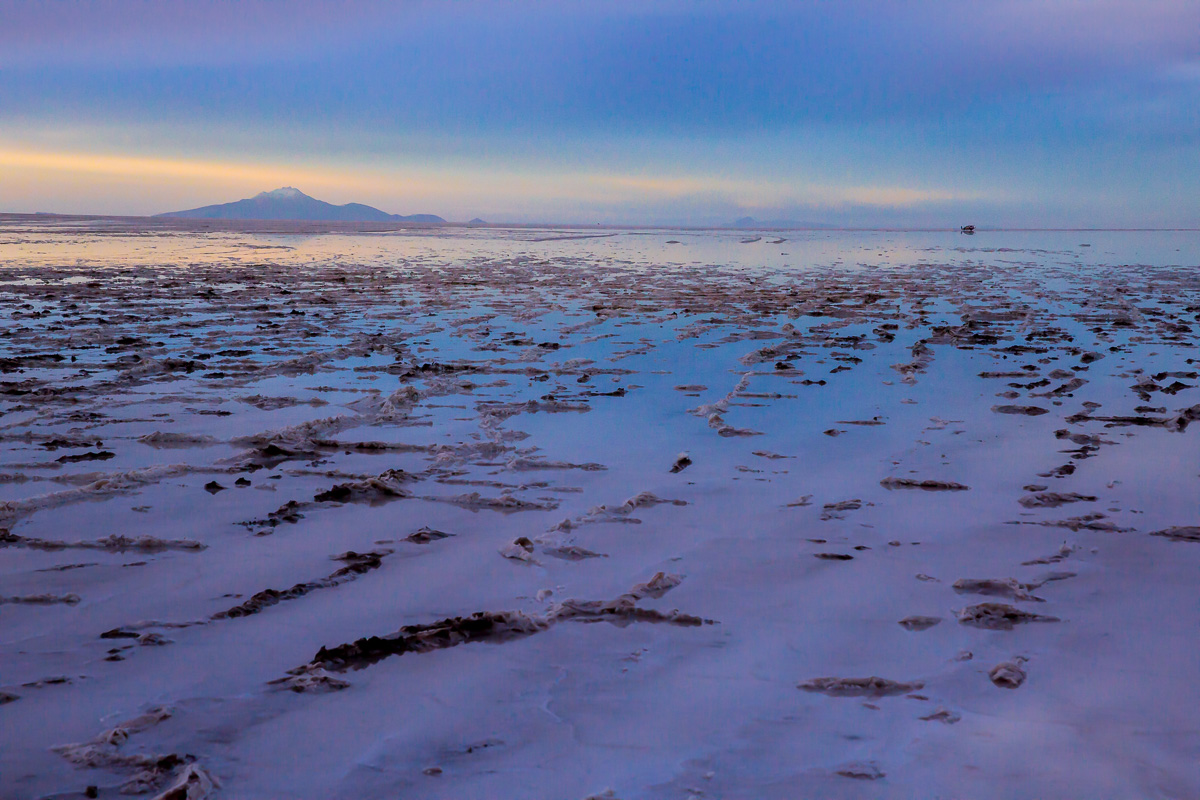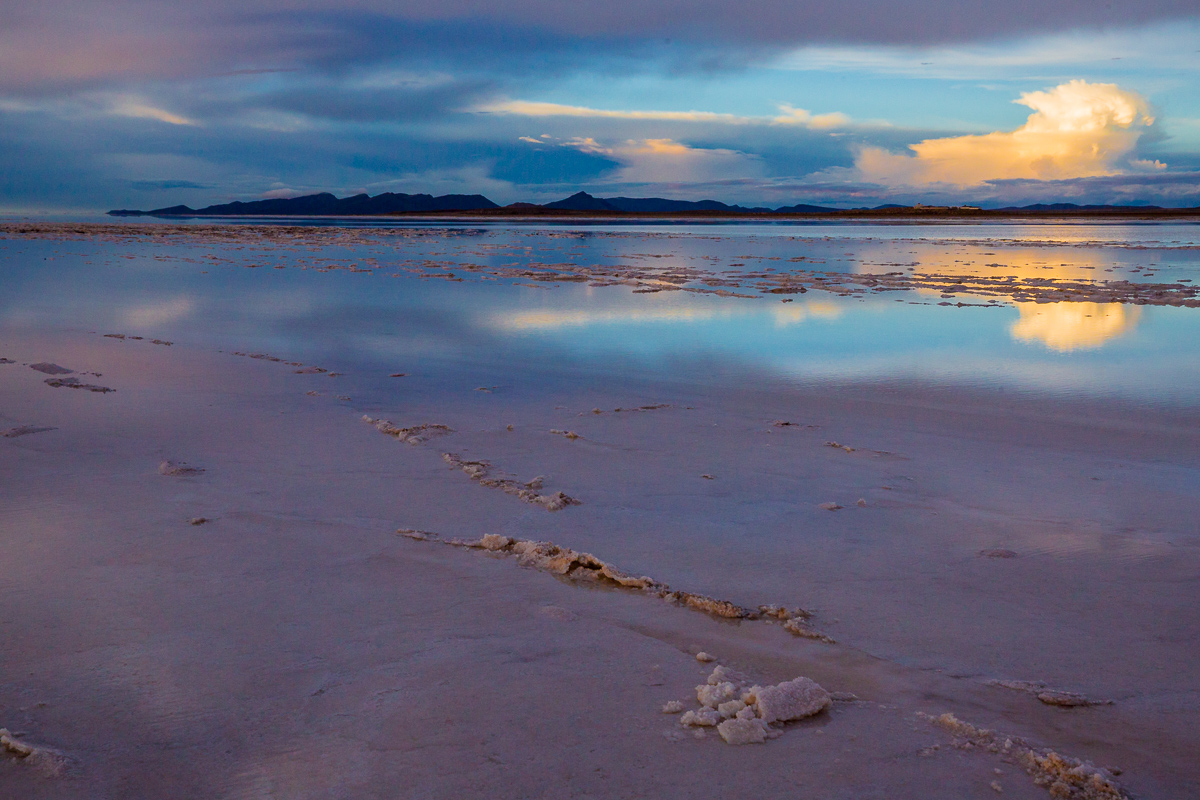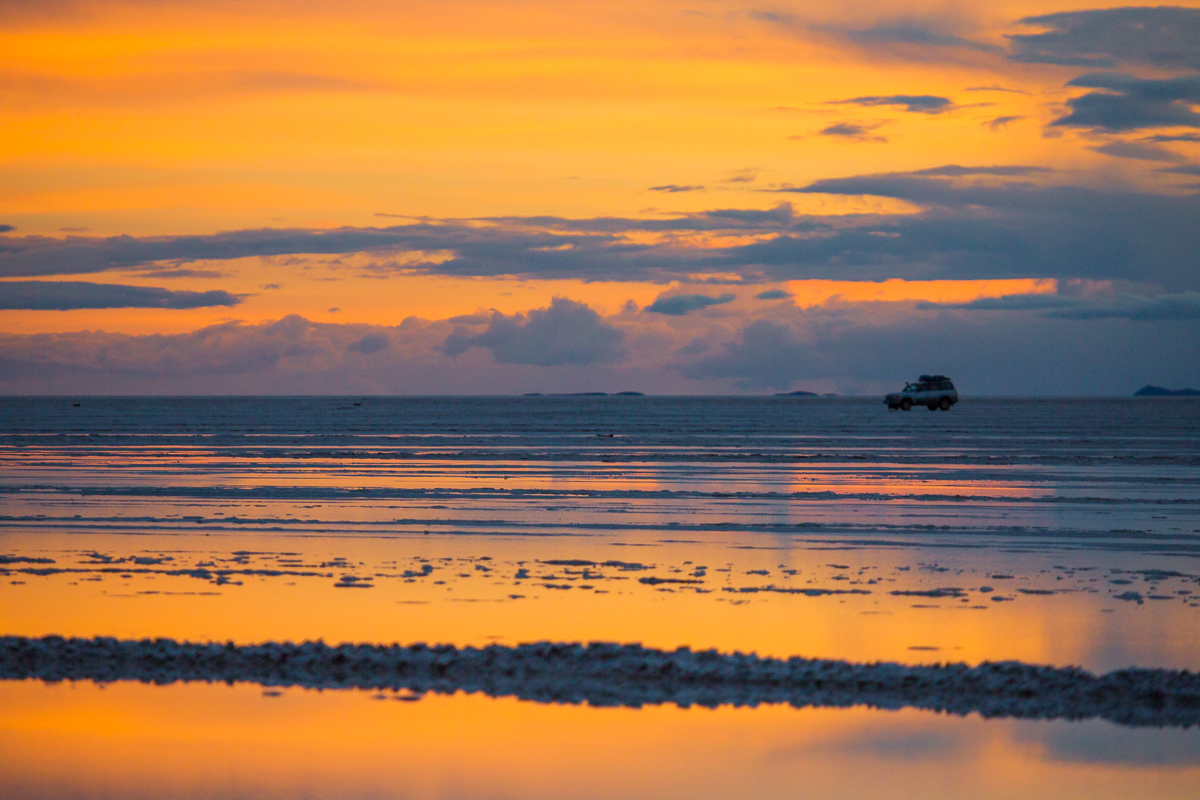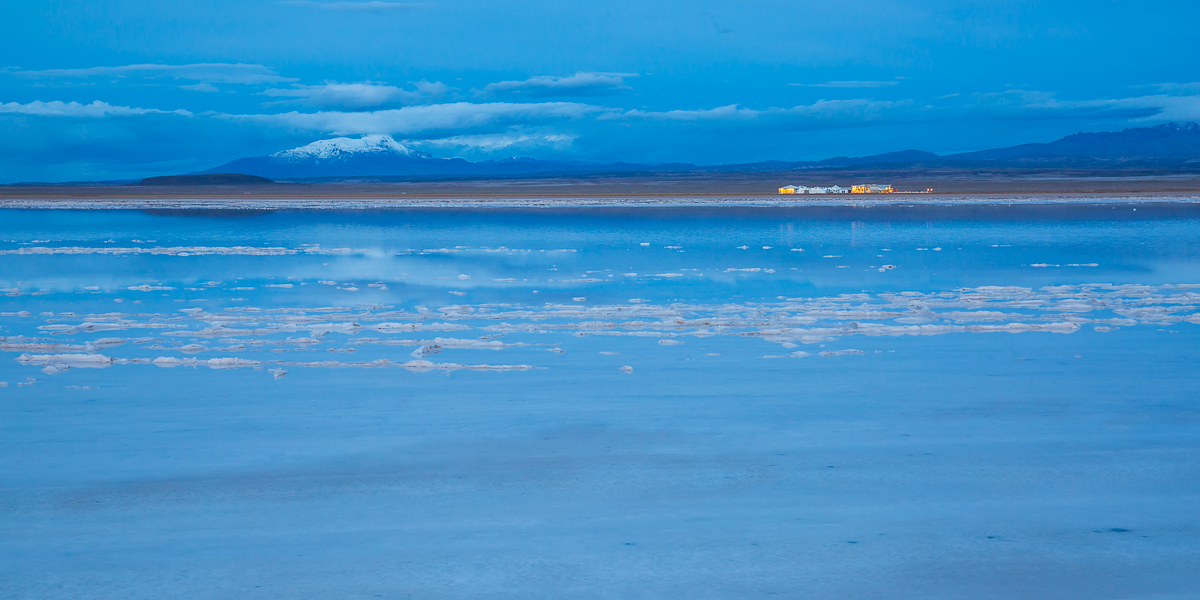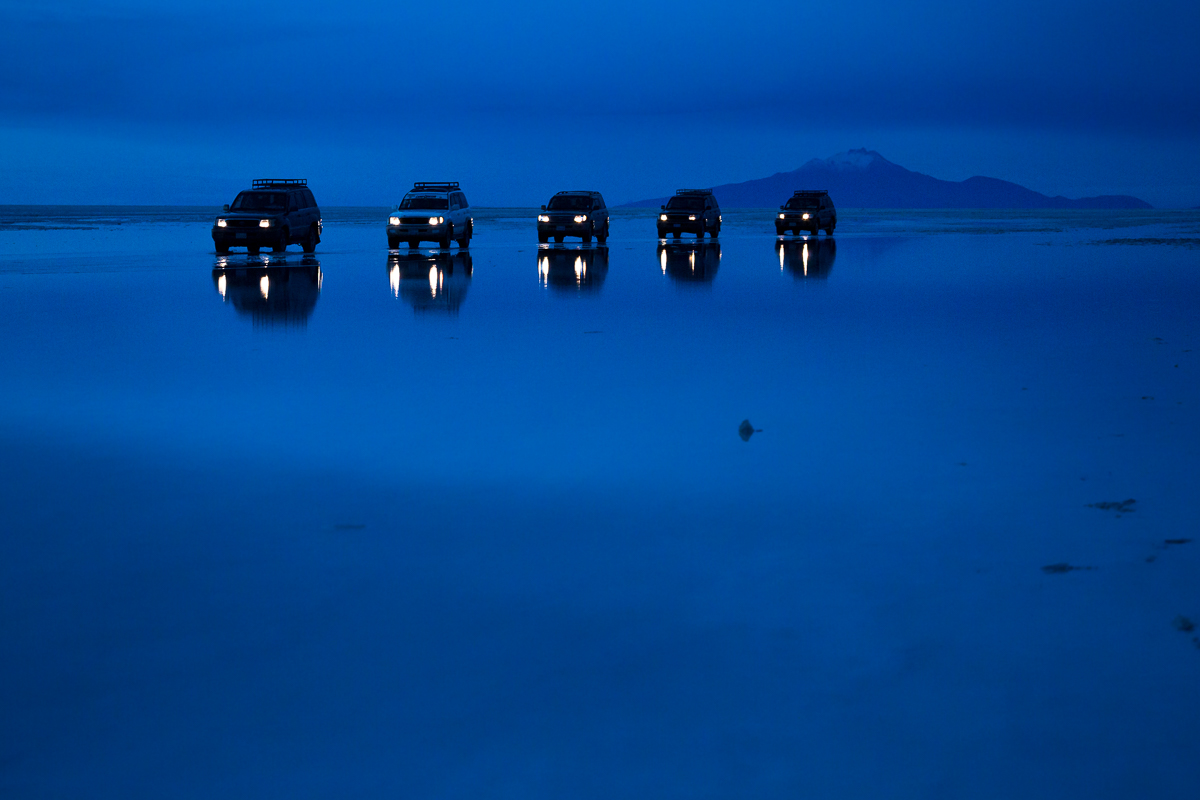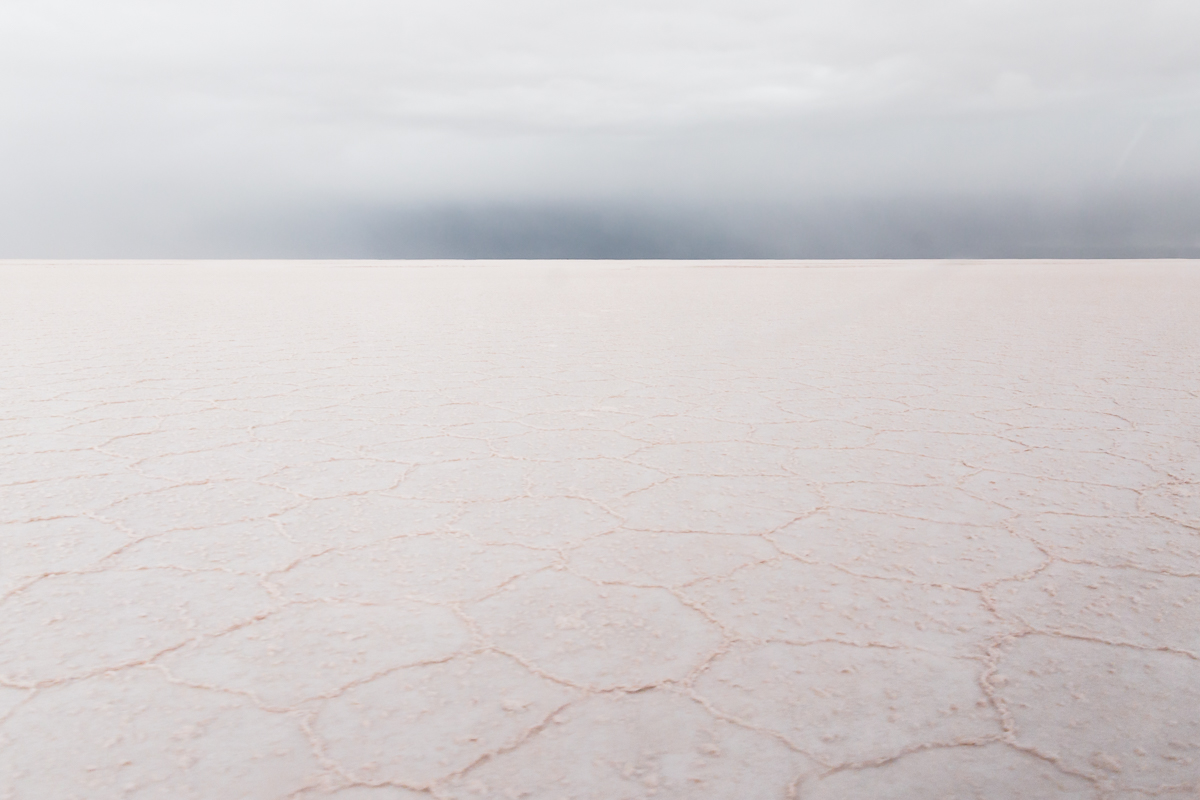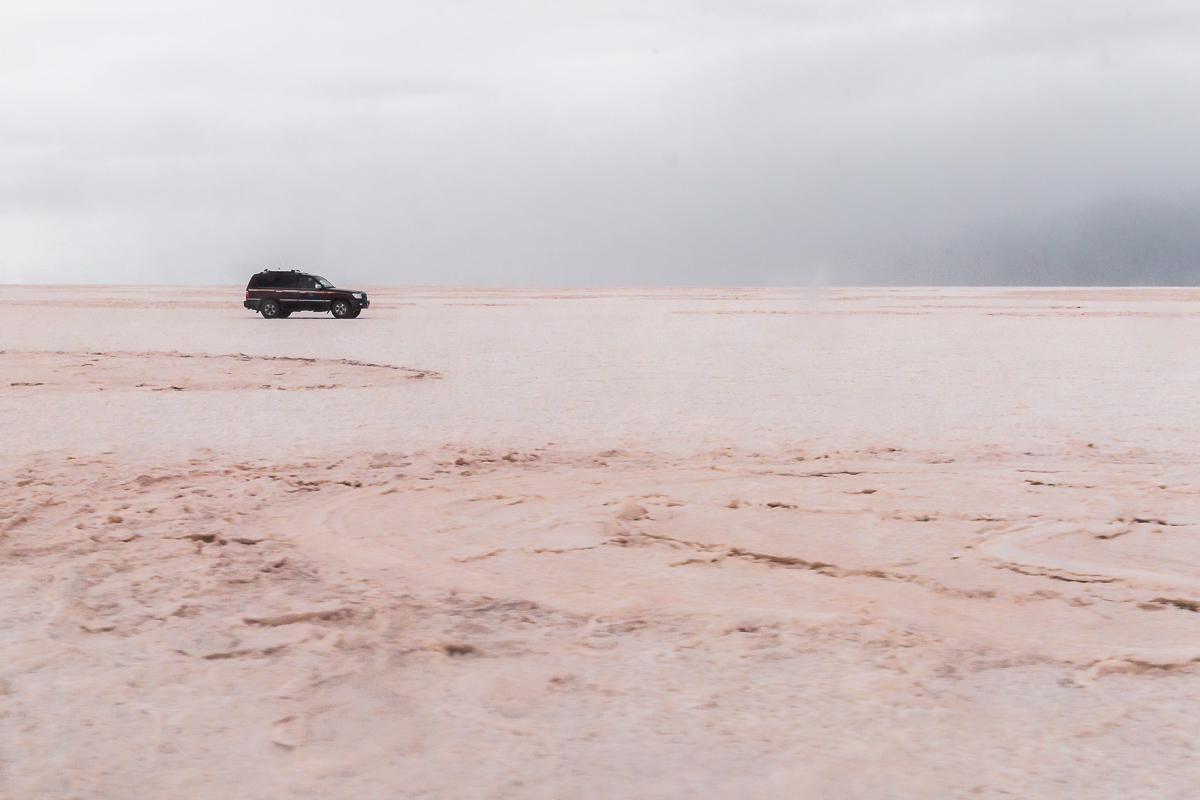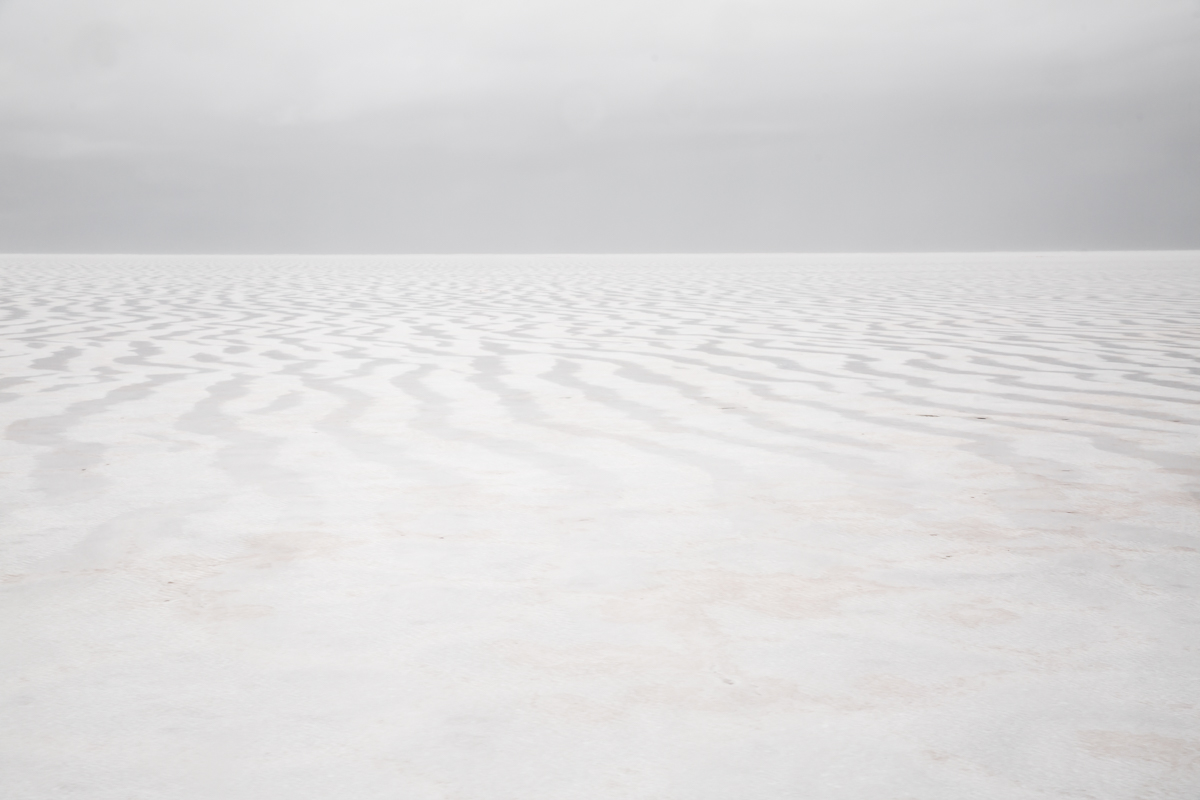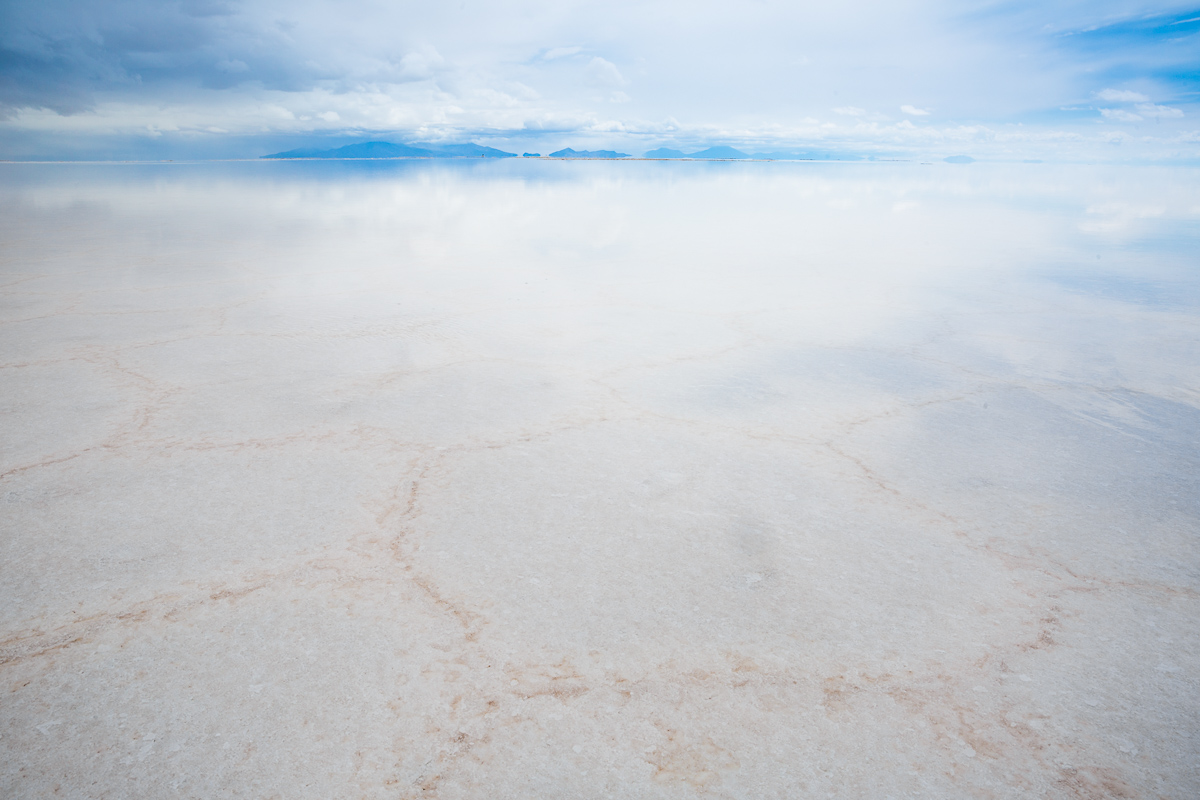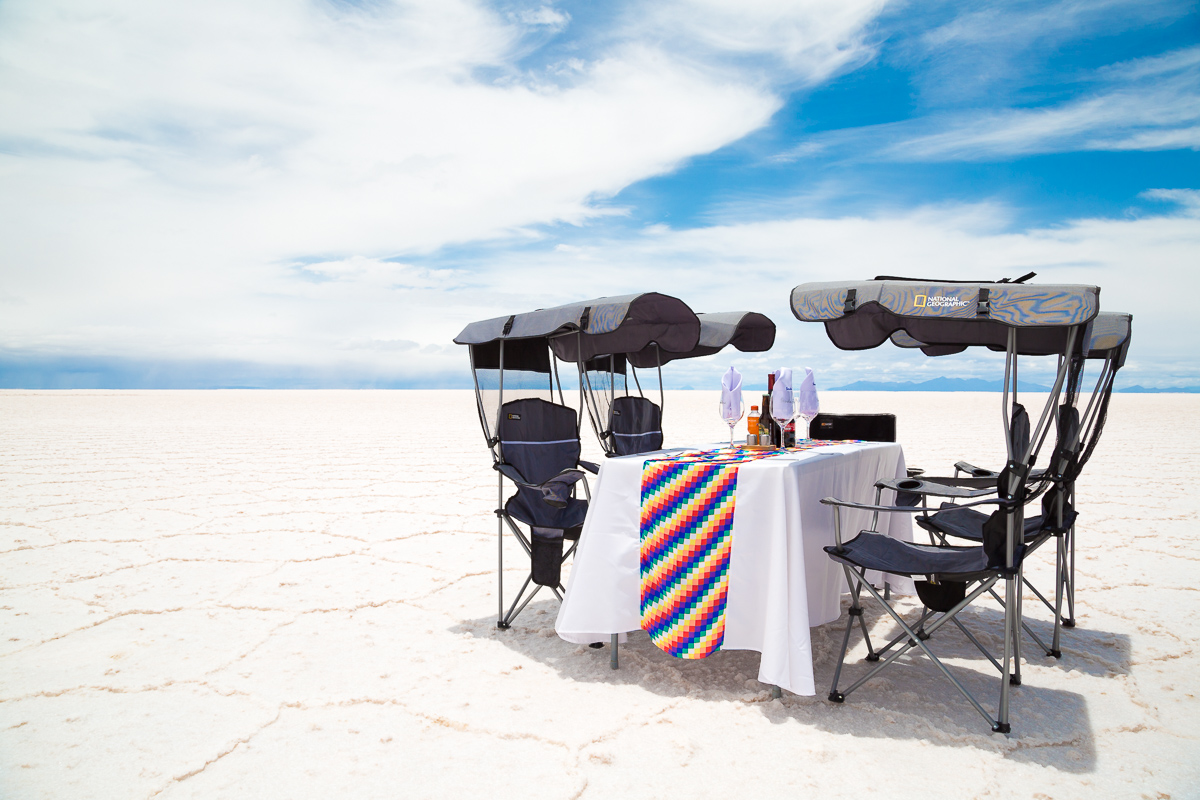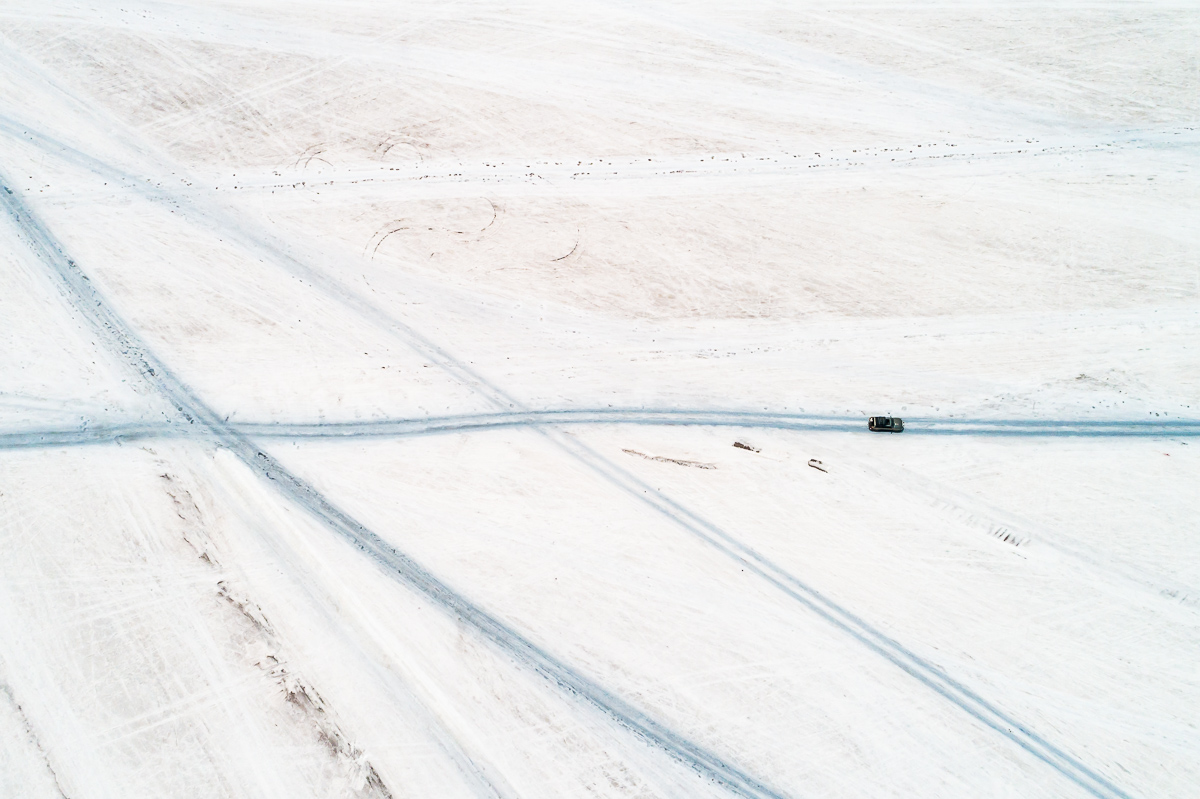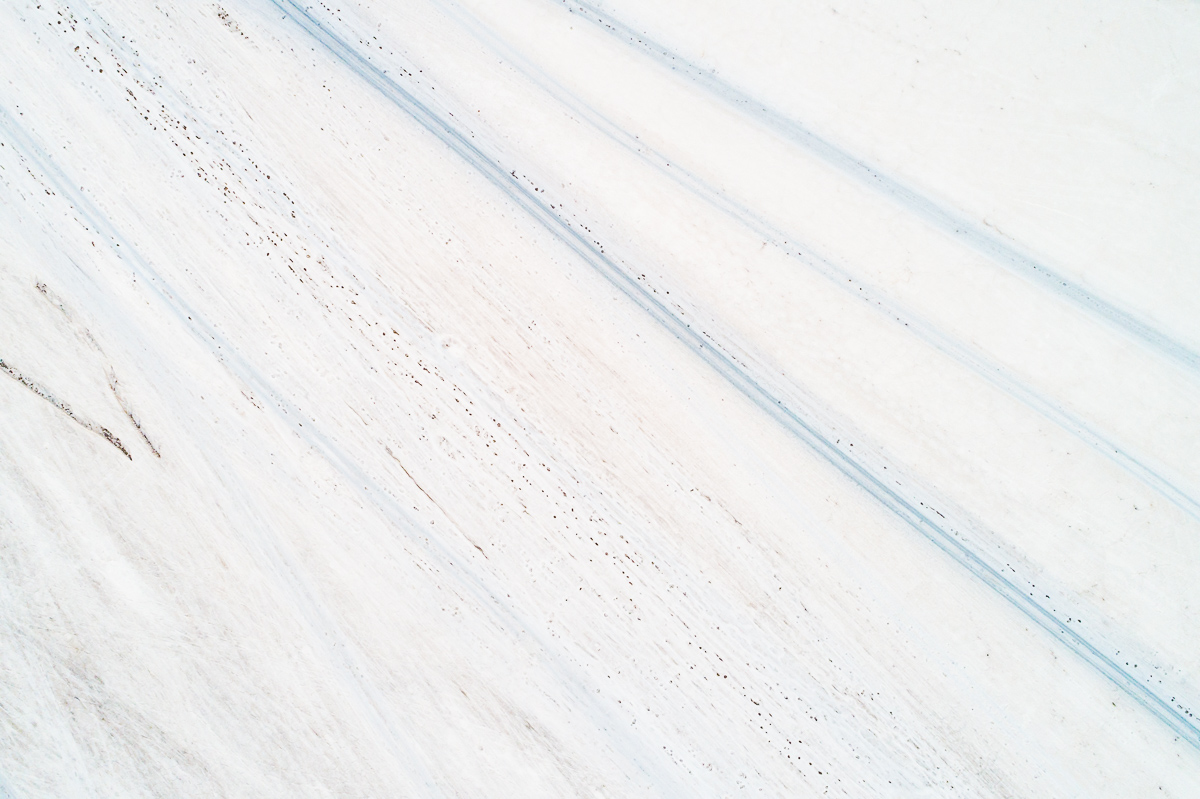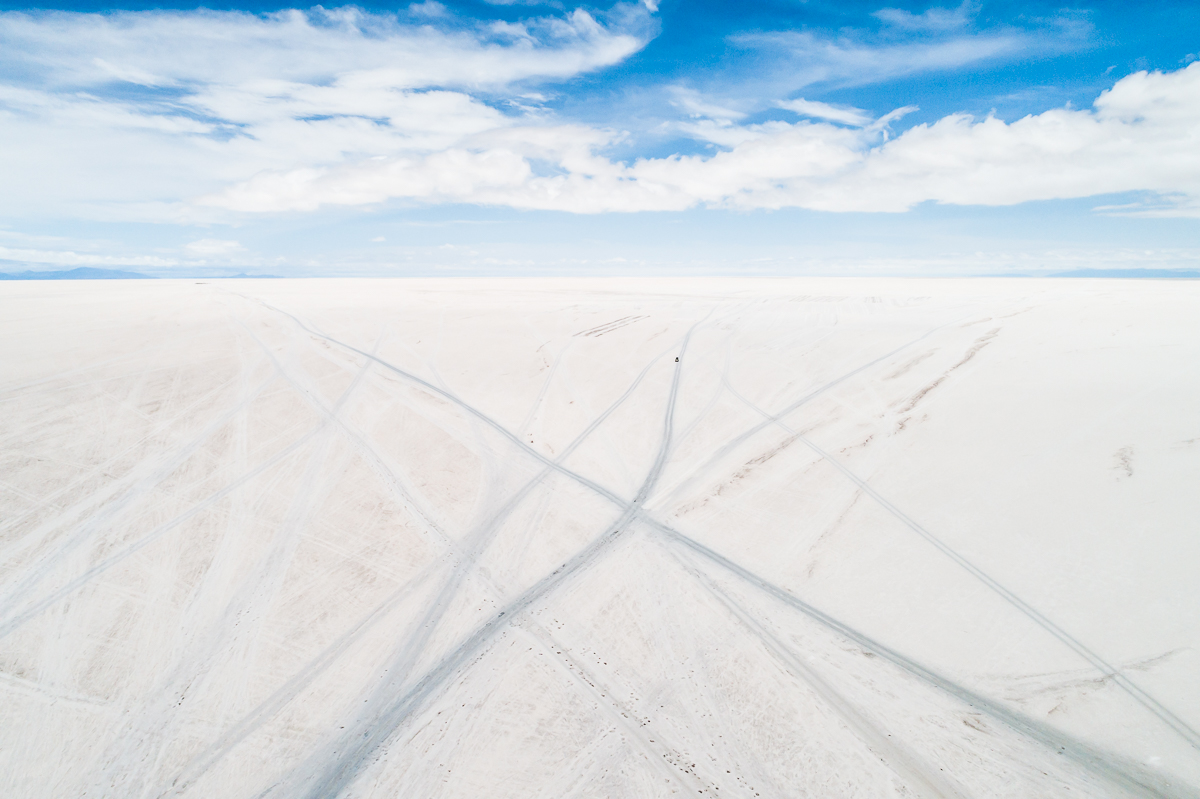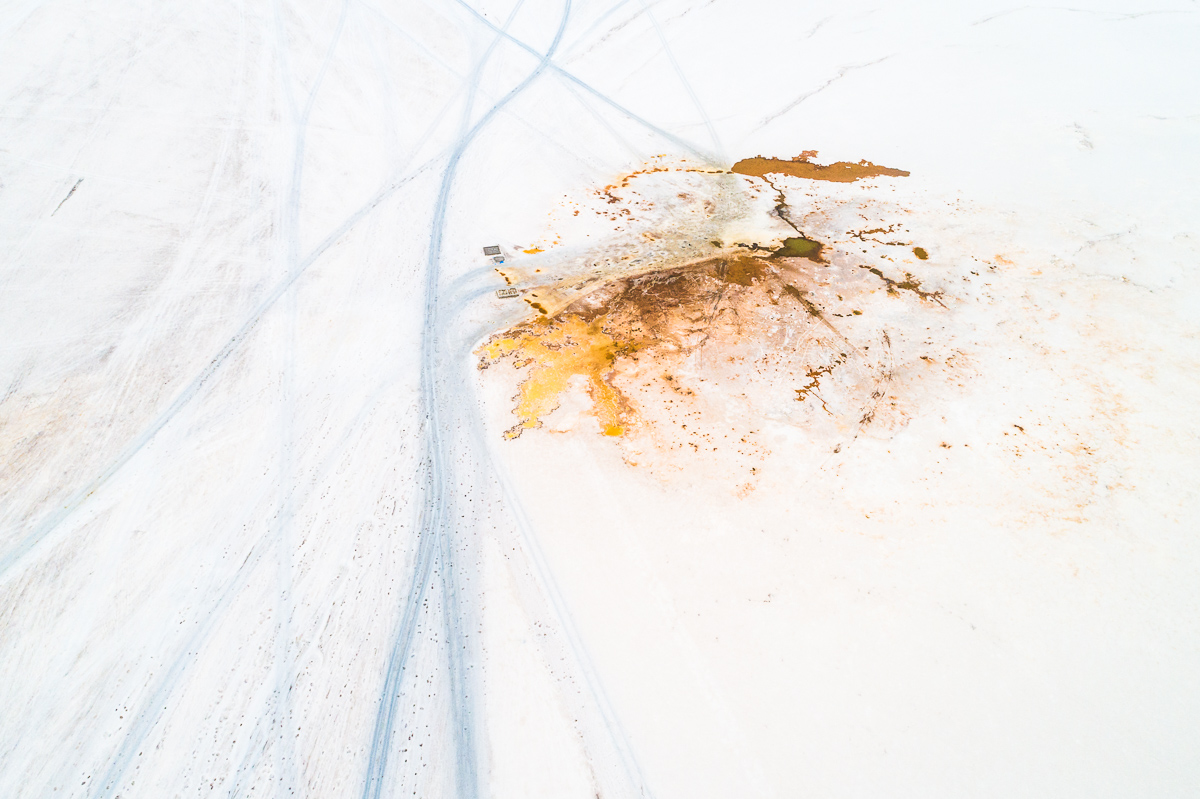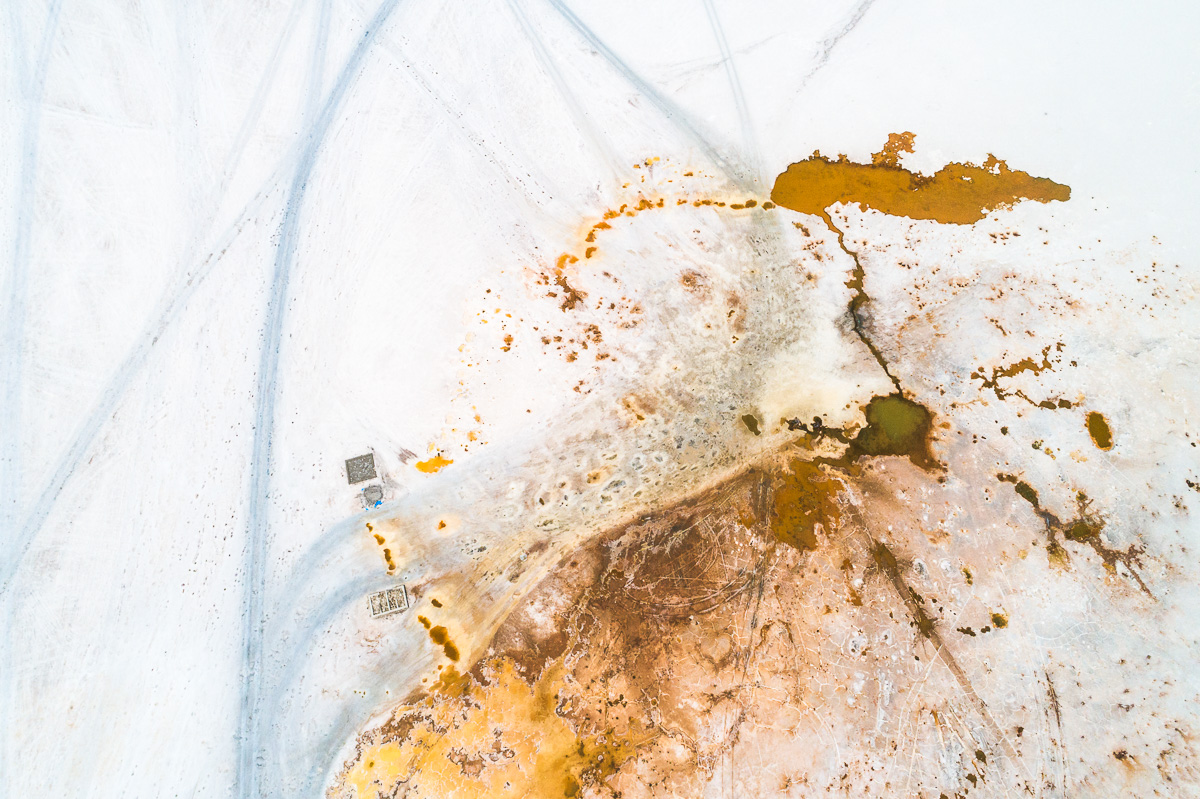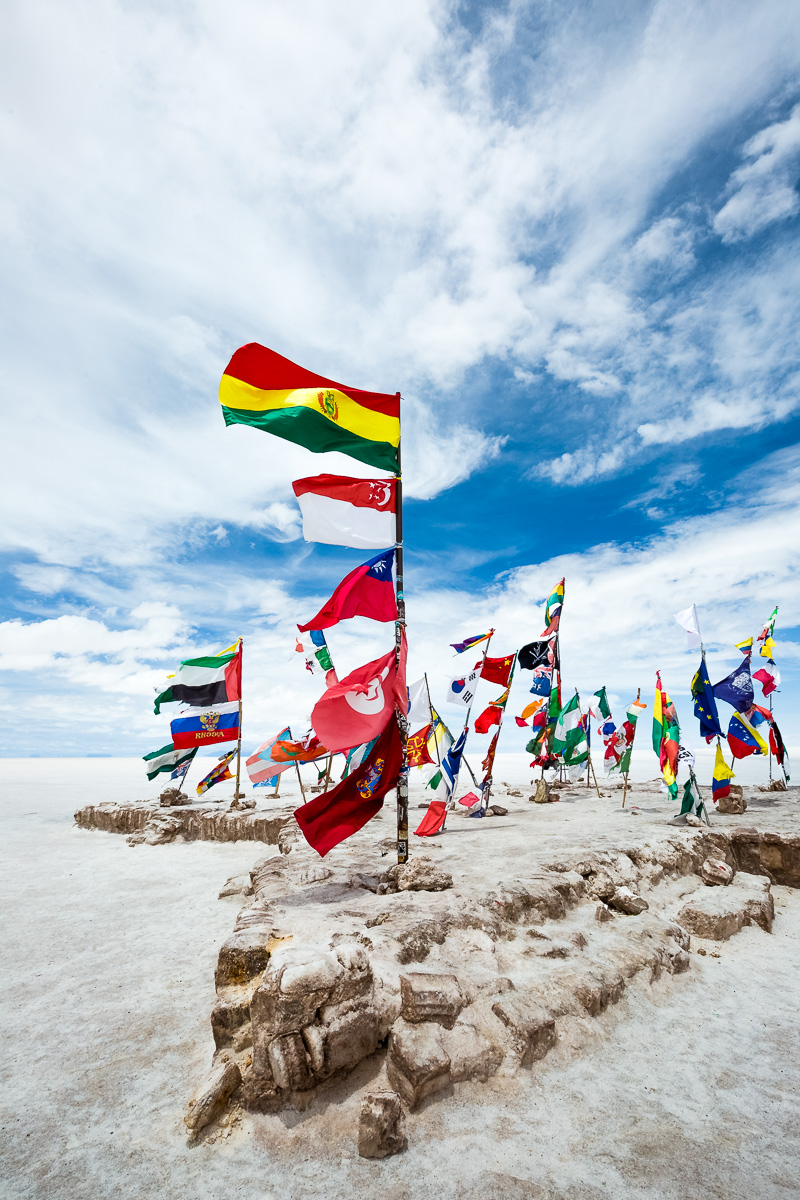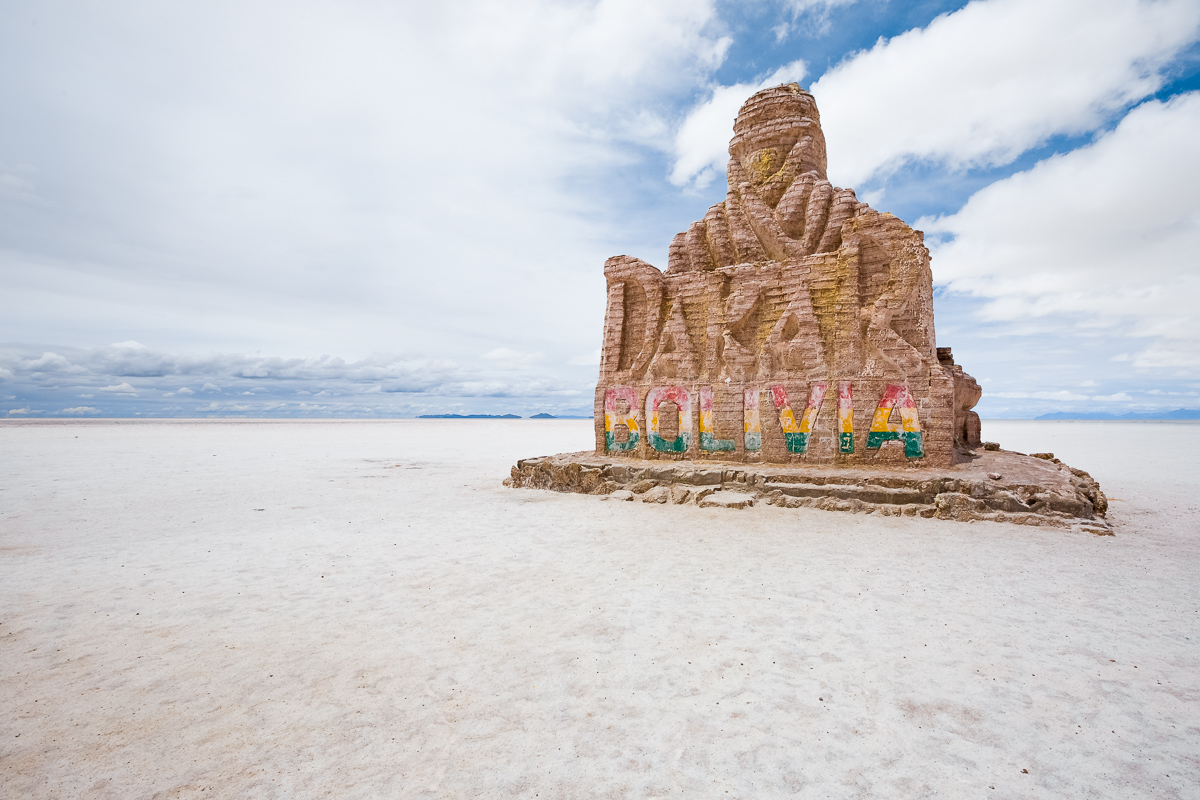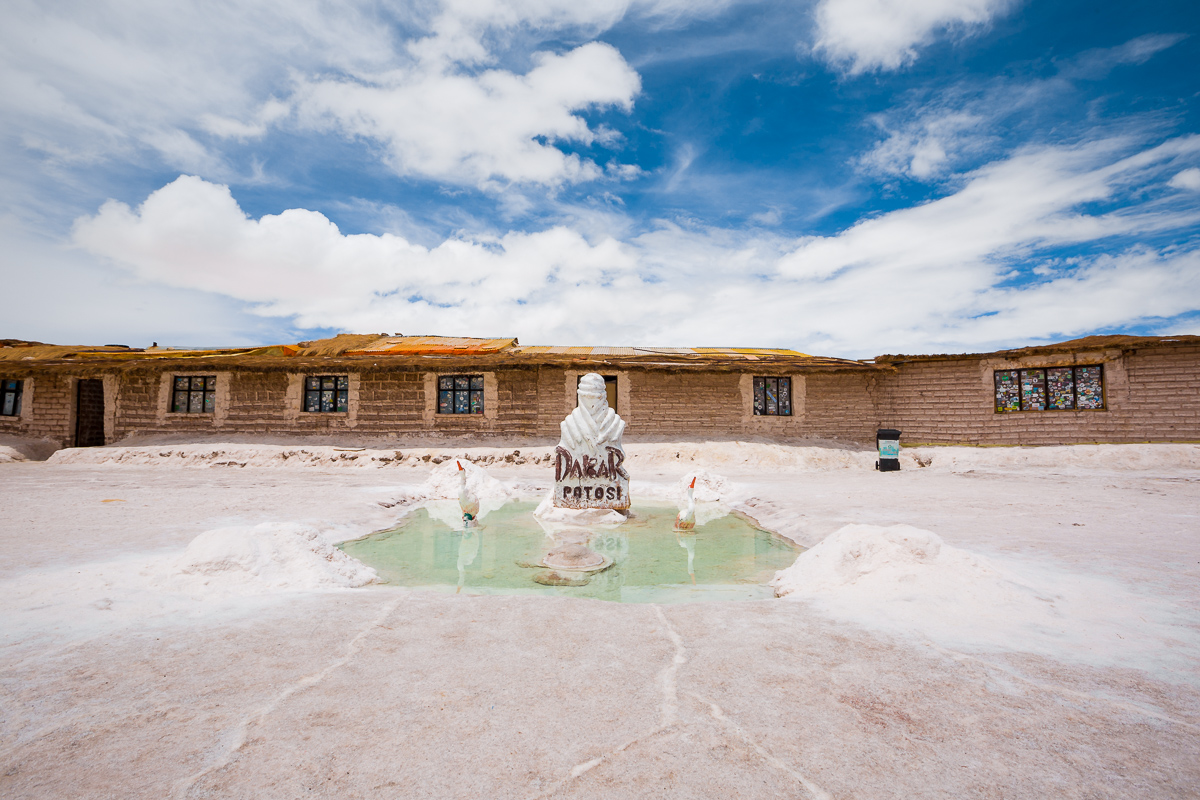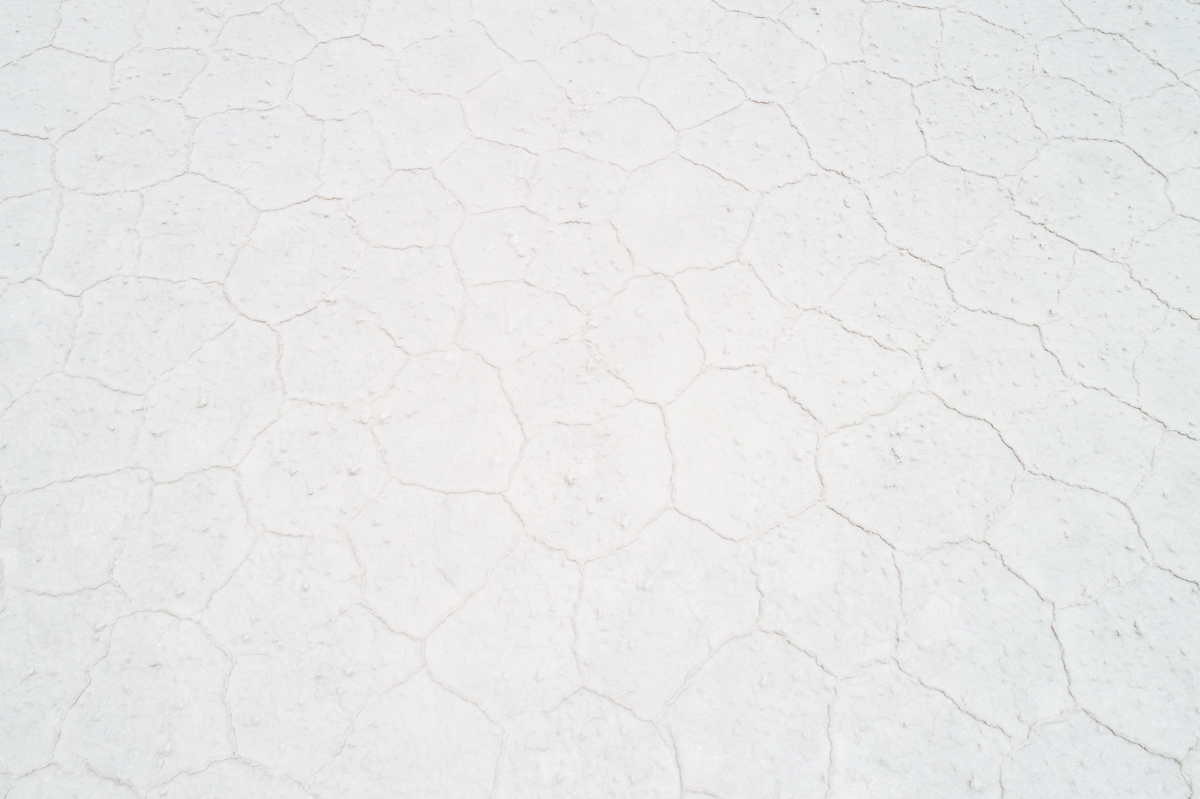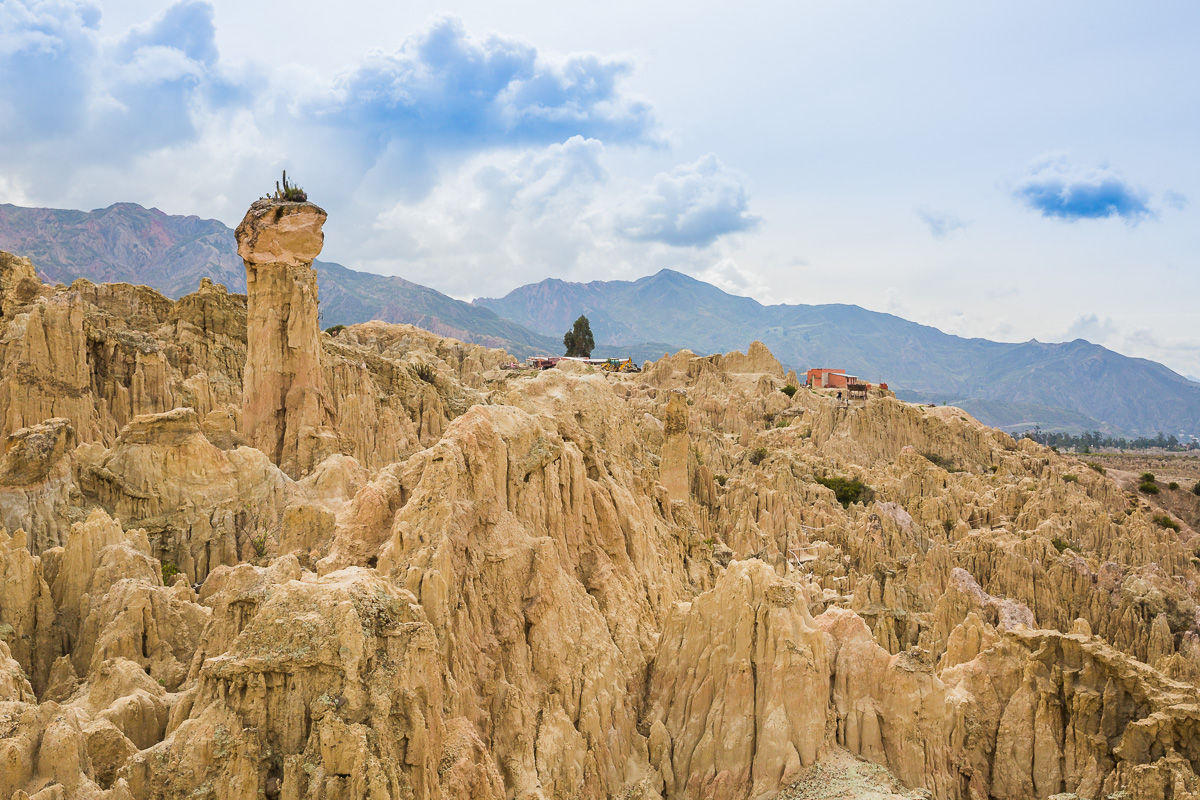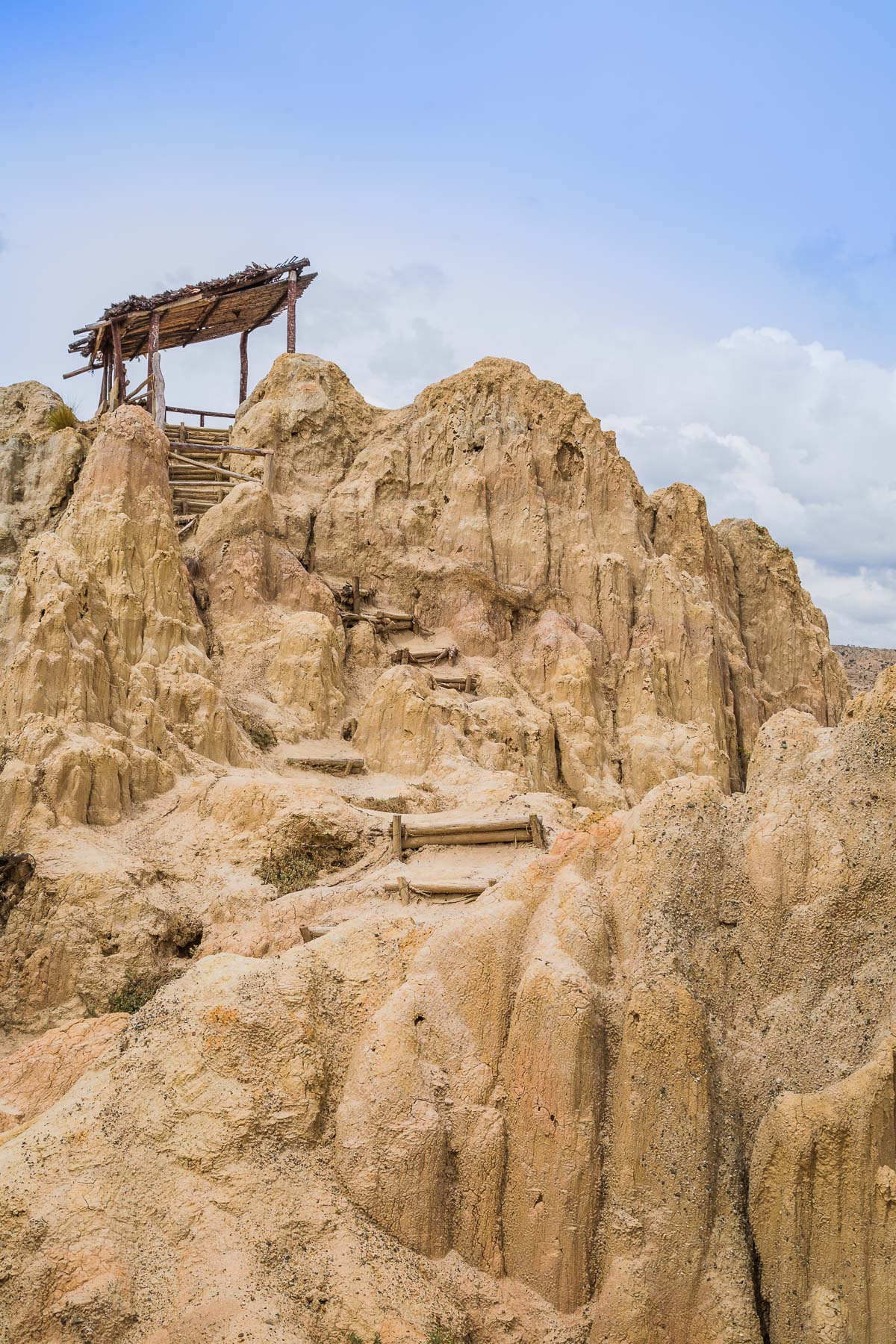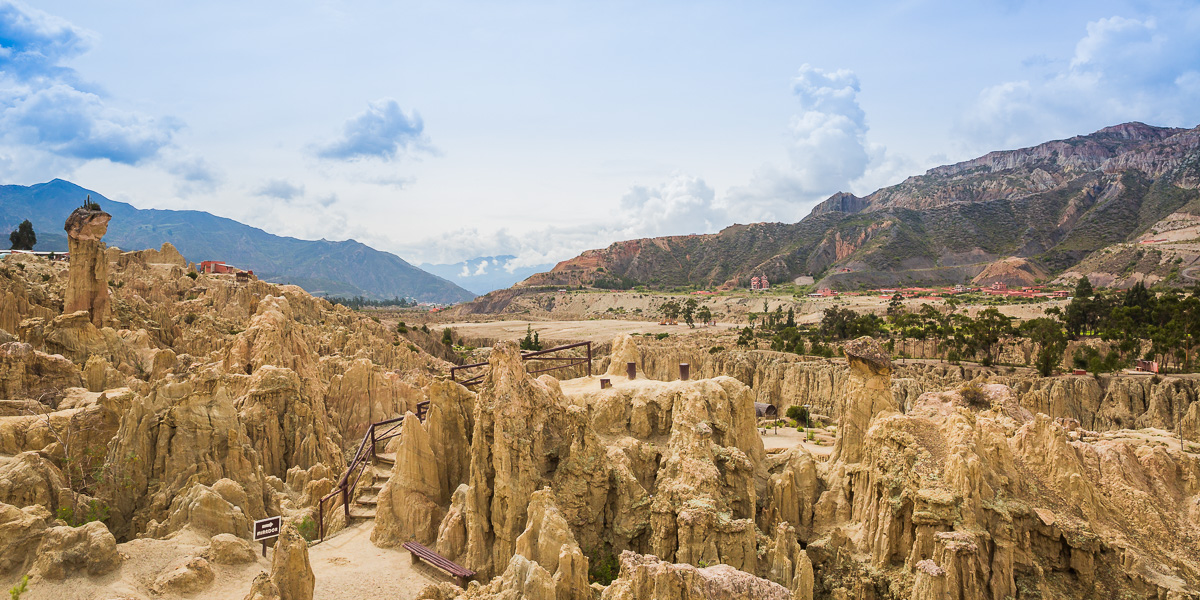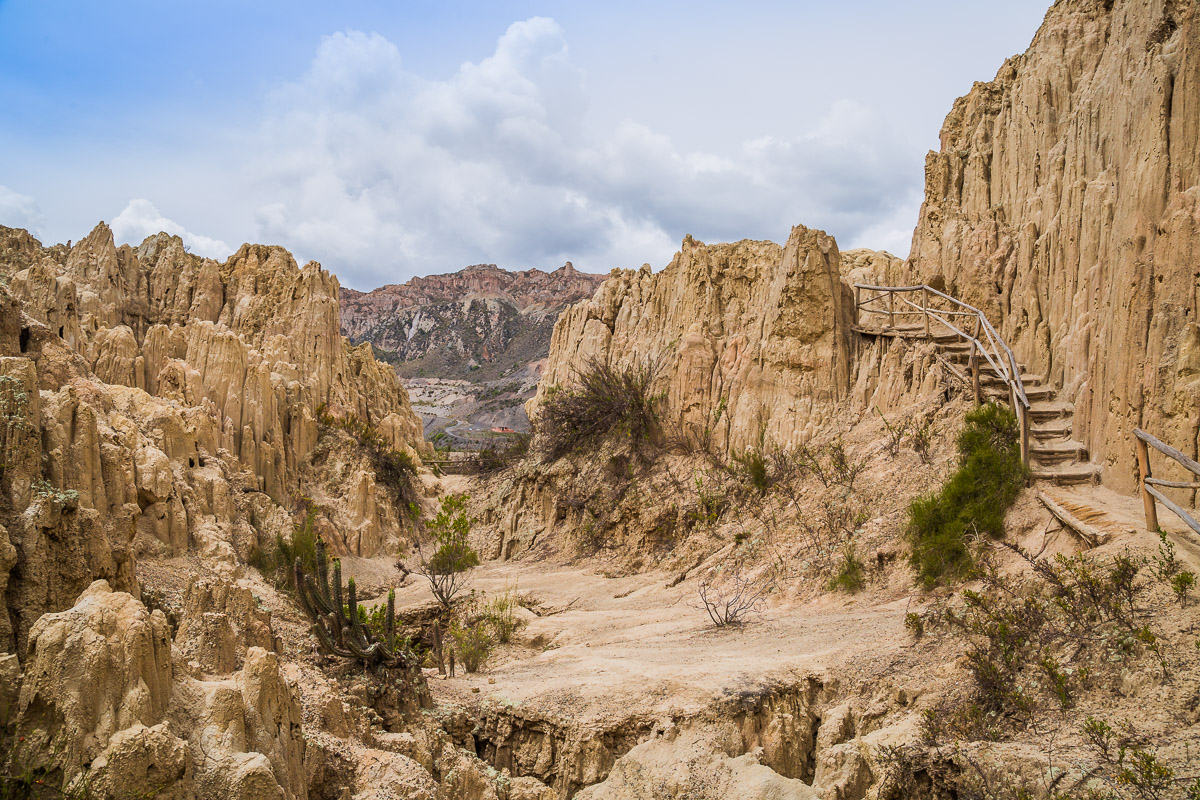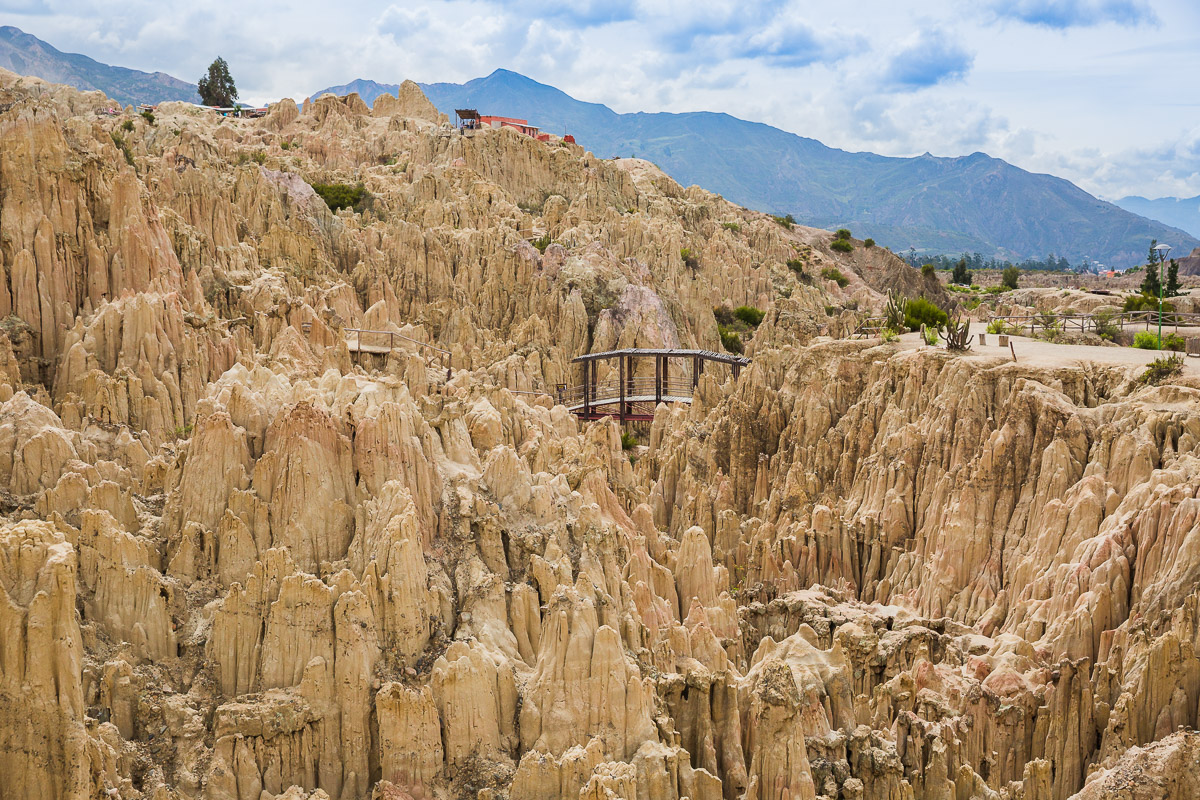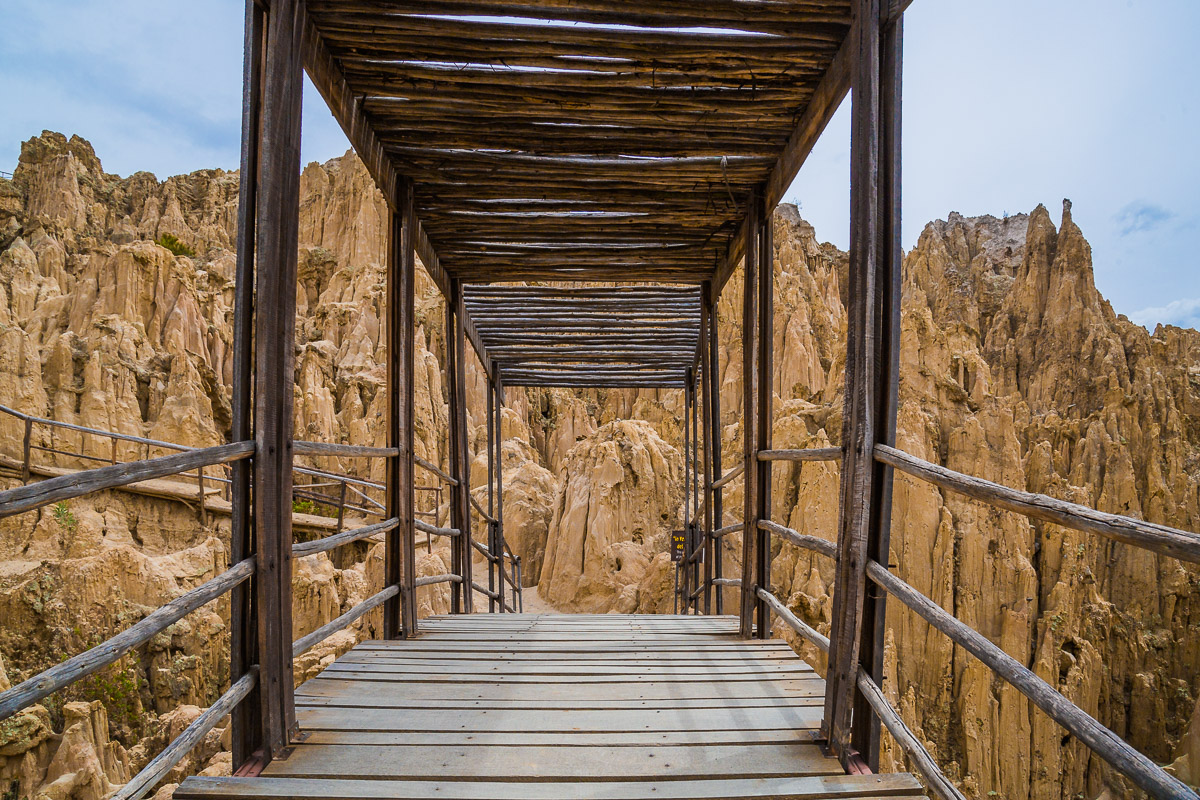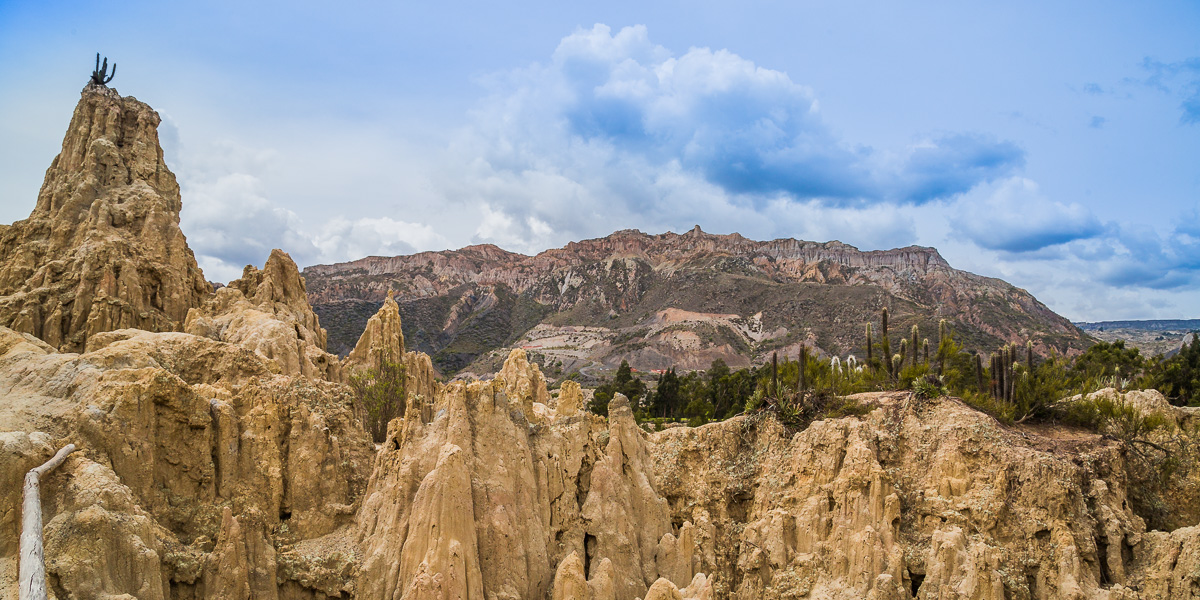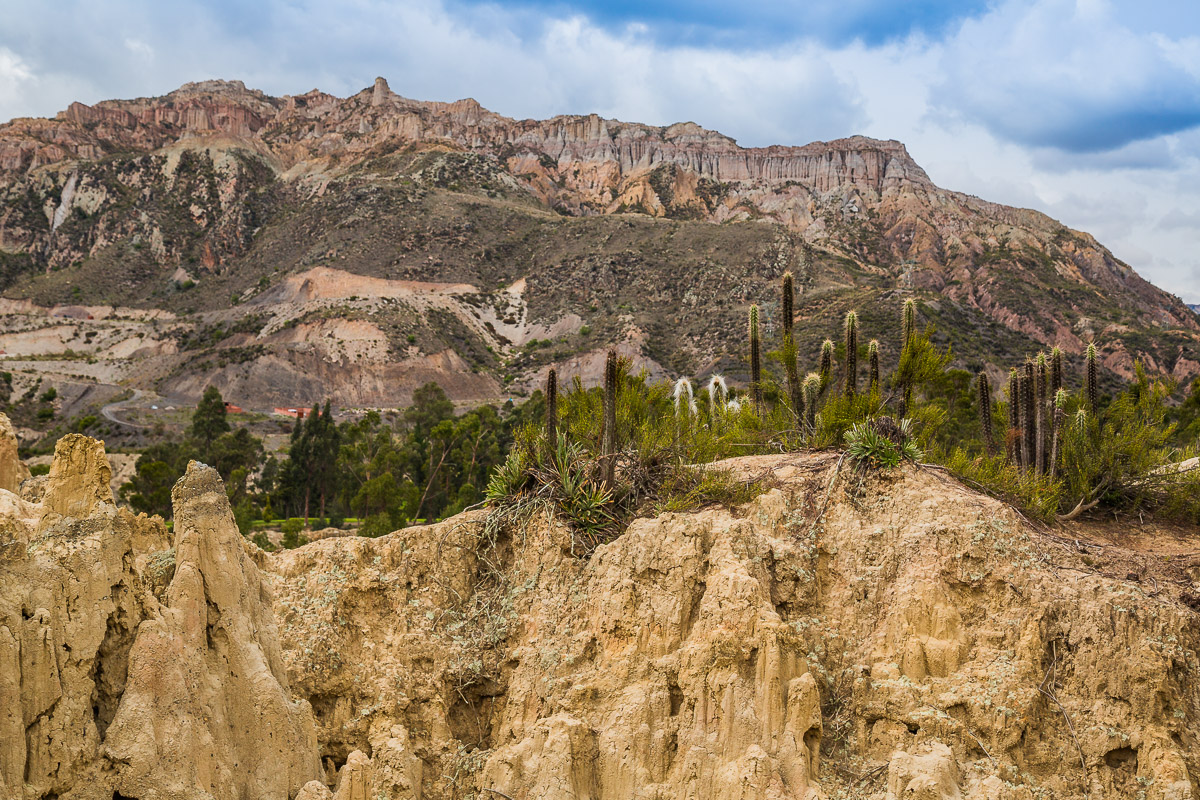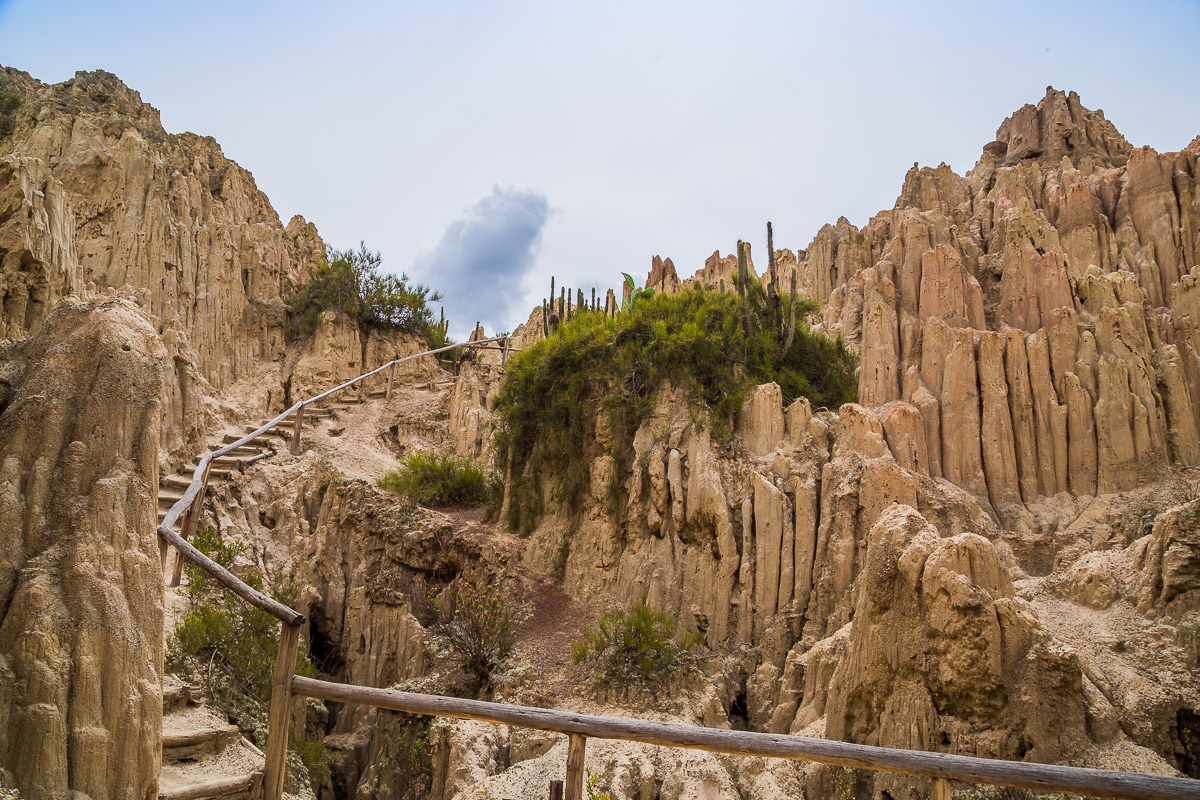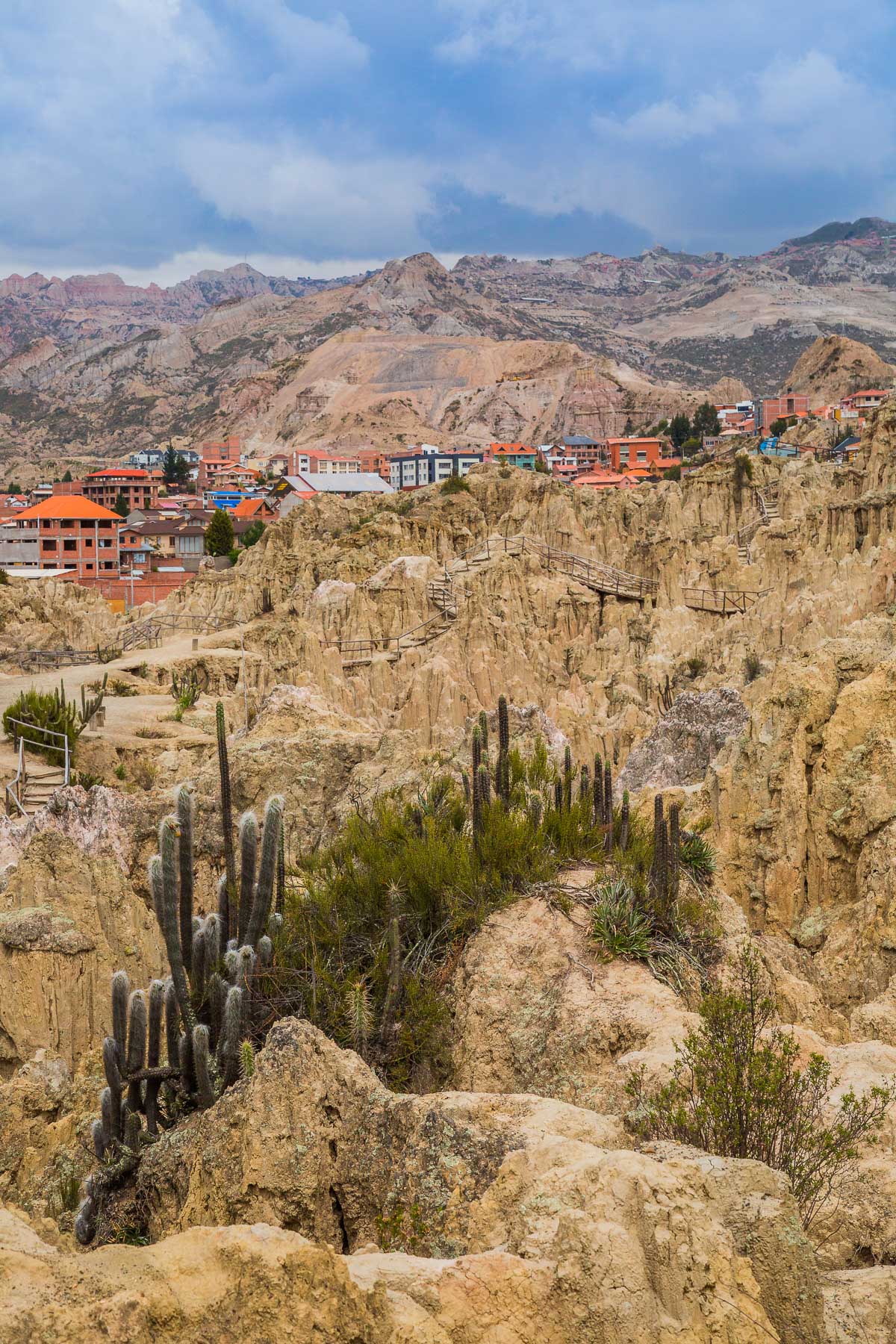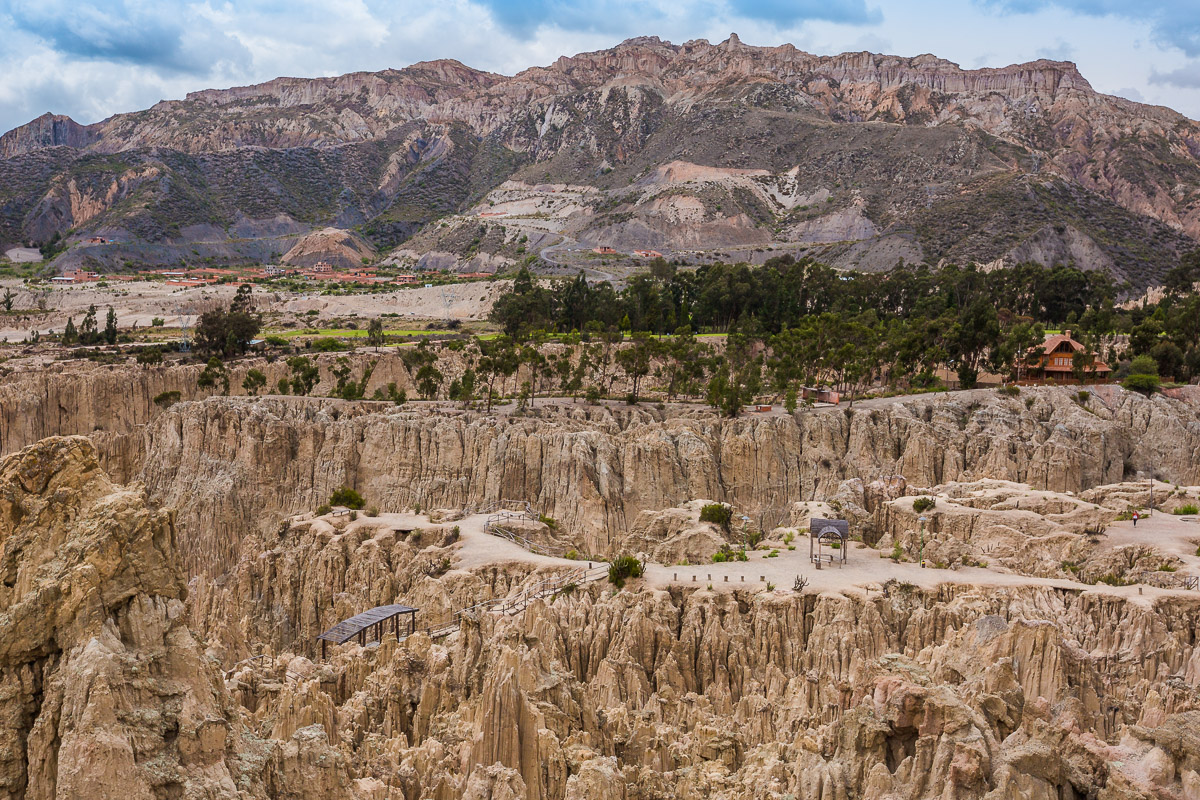Happy holidays! To me, the winter season has strong associations with time spent in Brazil with family, enjoying a christmas feast in the summer heat. It’s quite different from the stereotypical snowy winters of the northern hemisphere. So, this year I am bringing my holiday blog post closer to “home” and taking the opportunity to share some of the wonderful birds of South America. Of course, there’s a catch - these were photographed in San Diego Zoo’s tropical aviary, rather than their natural jungle environments. I hope you enjoy this somewhat unusual winter blog post, full of vibrant colours and charismatic wildlife!
south america
Sunset at the Sugar Loaf
One of the most popular tourist attractions in Rio de Janeiro is the Sugar Loaf (Pão de Açucar), where you can take a series of cable cars between the mountains and see the city from above. A few years ago, I visited this spot at sunset and came out with several images I am very fond of.
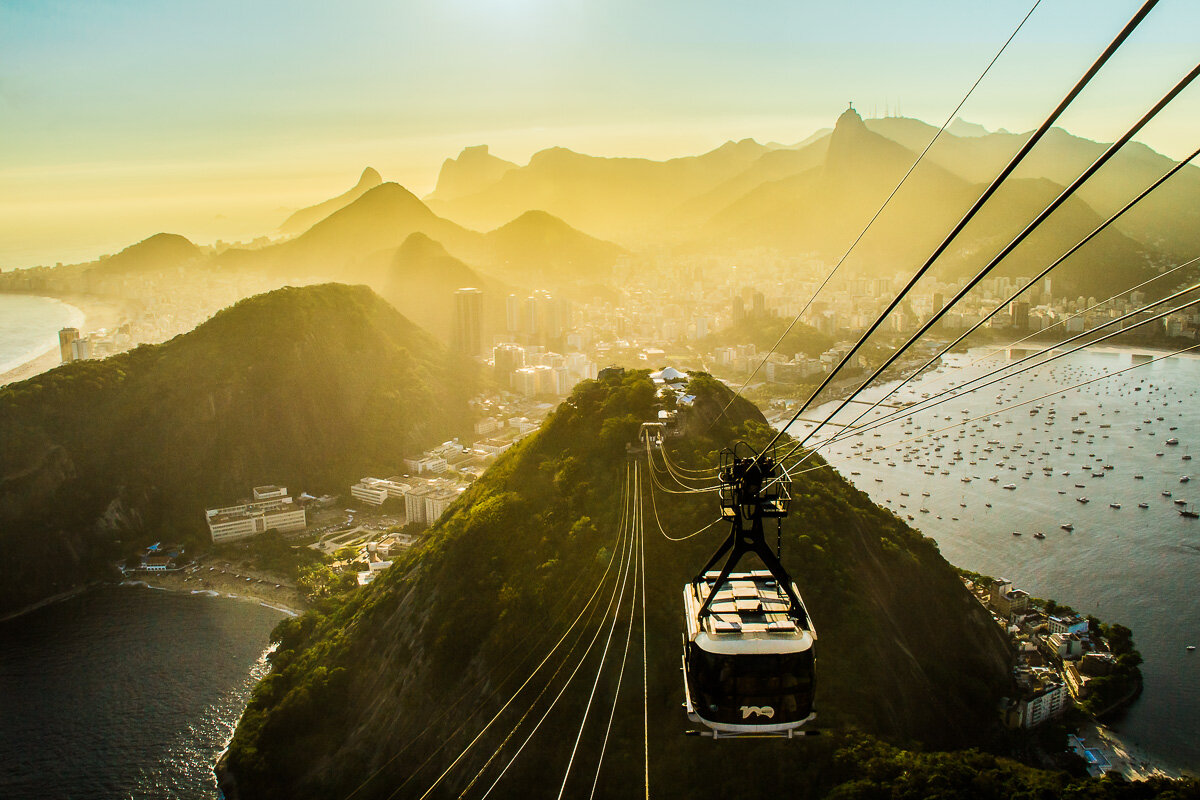
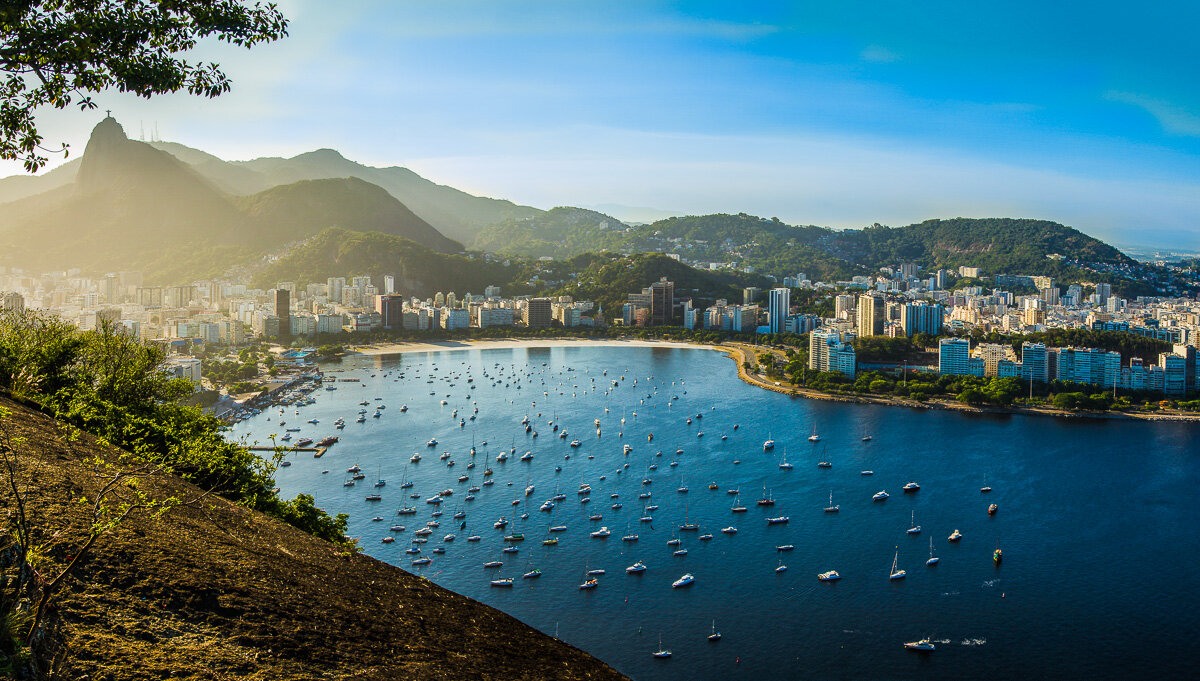
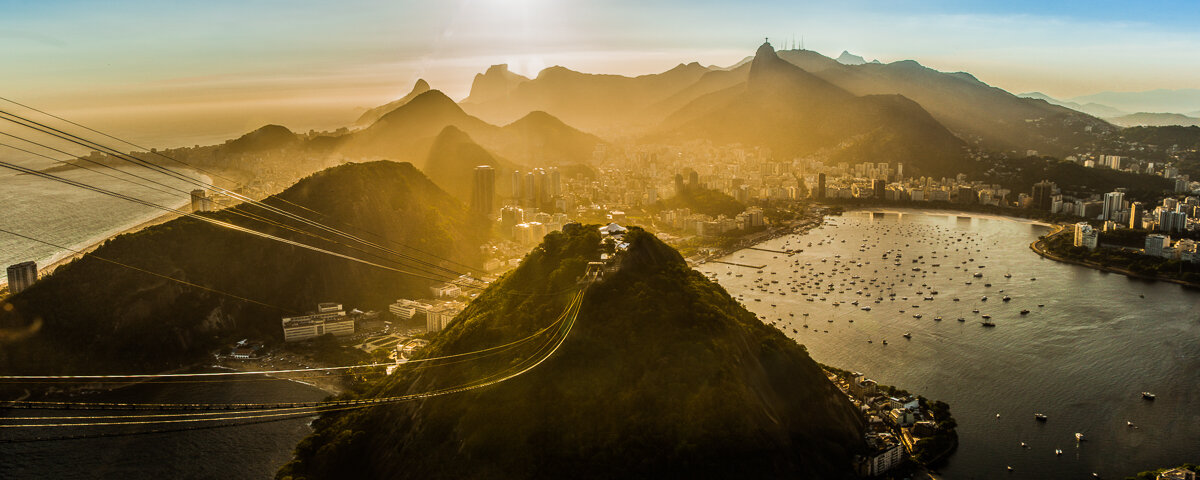
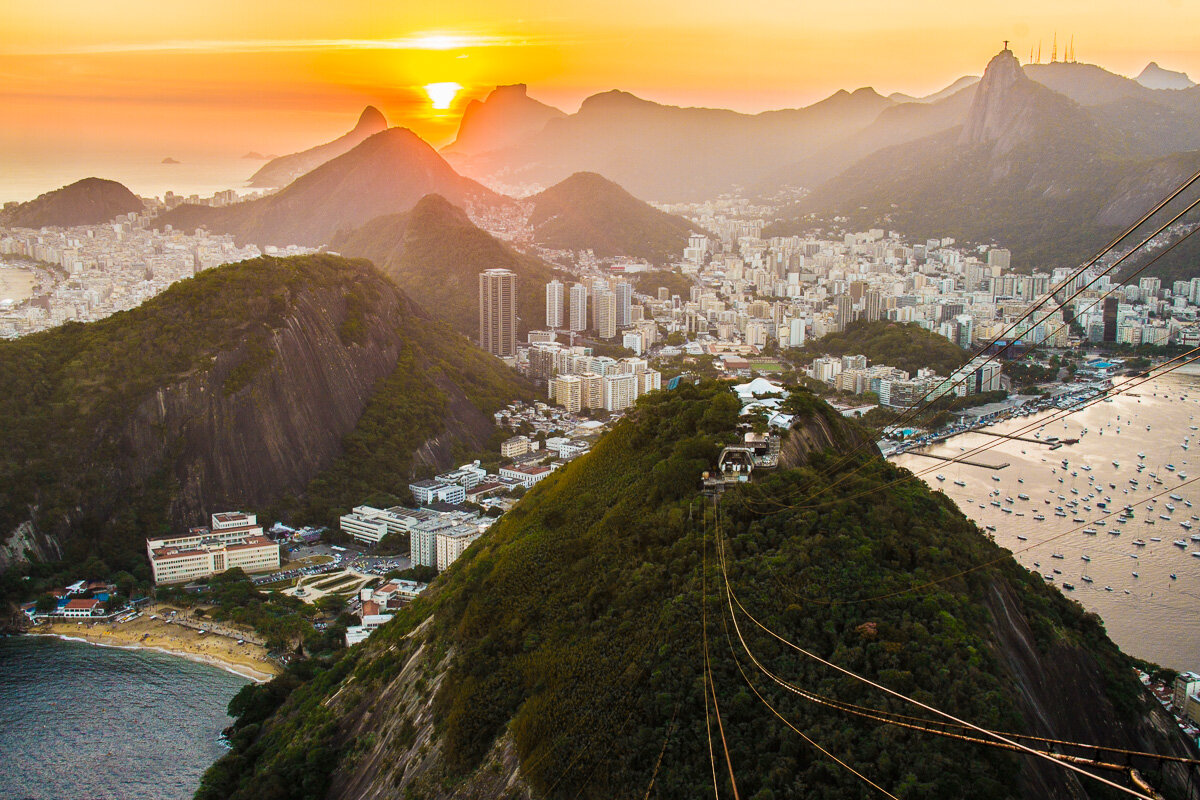
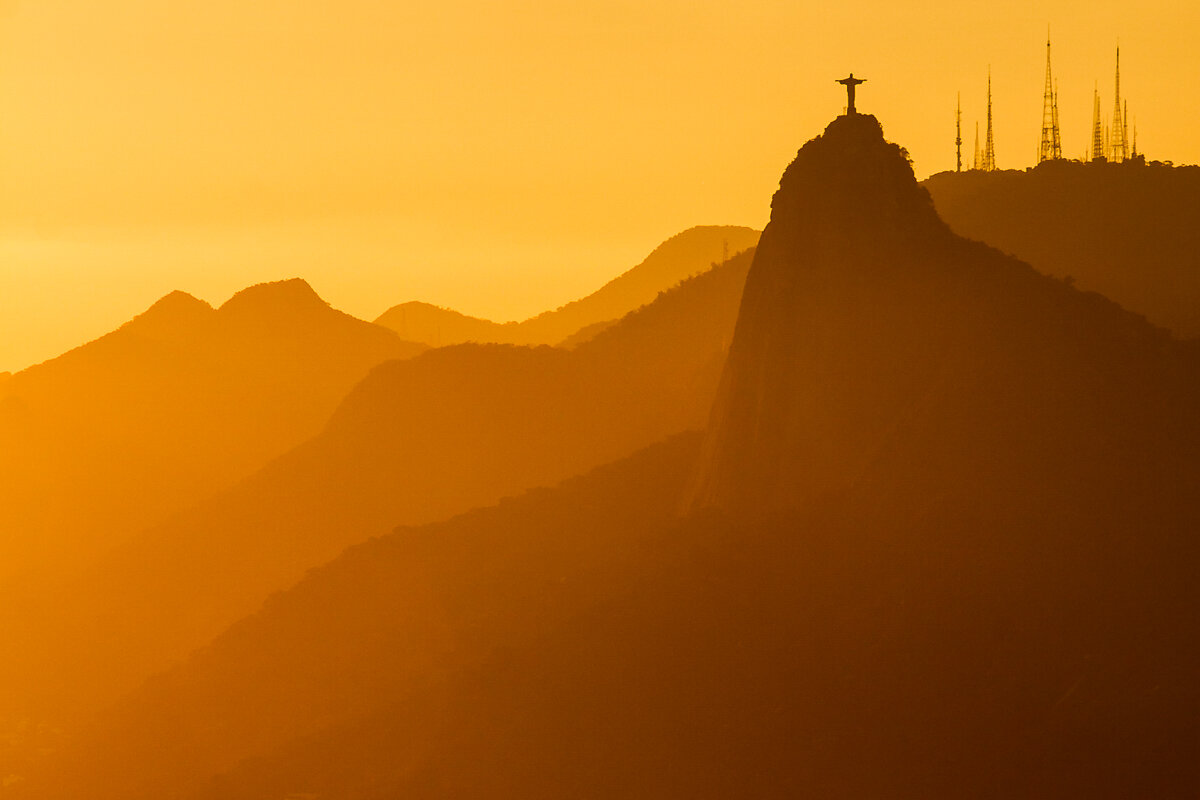
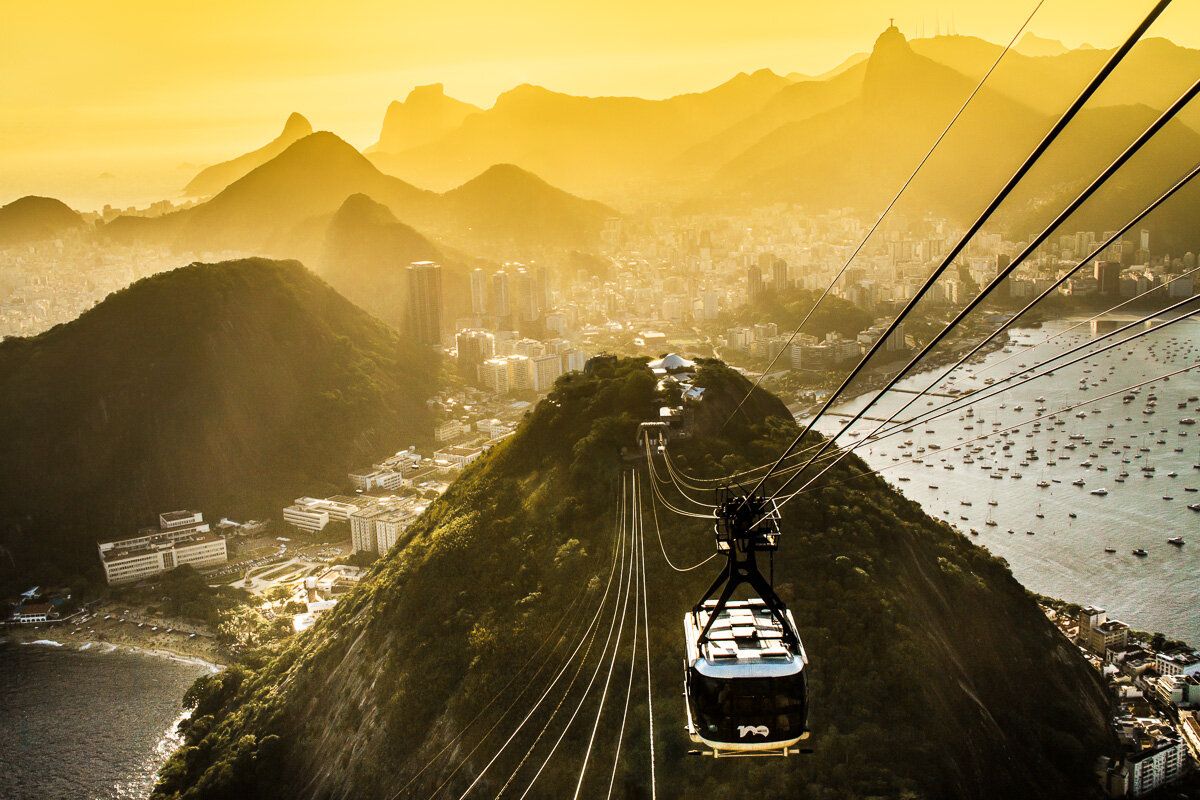
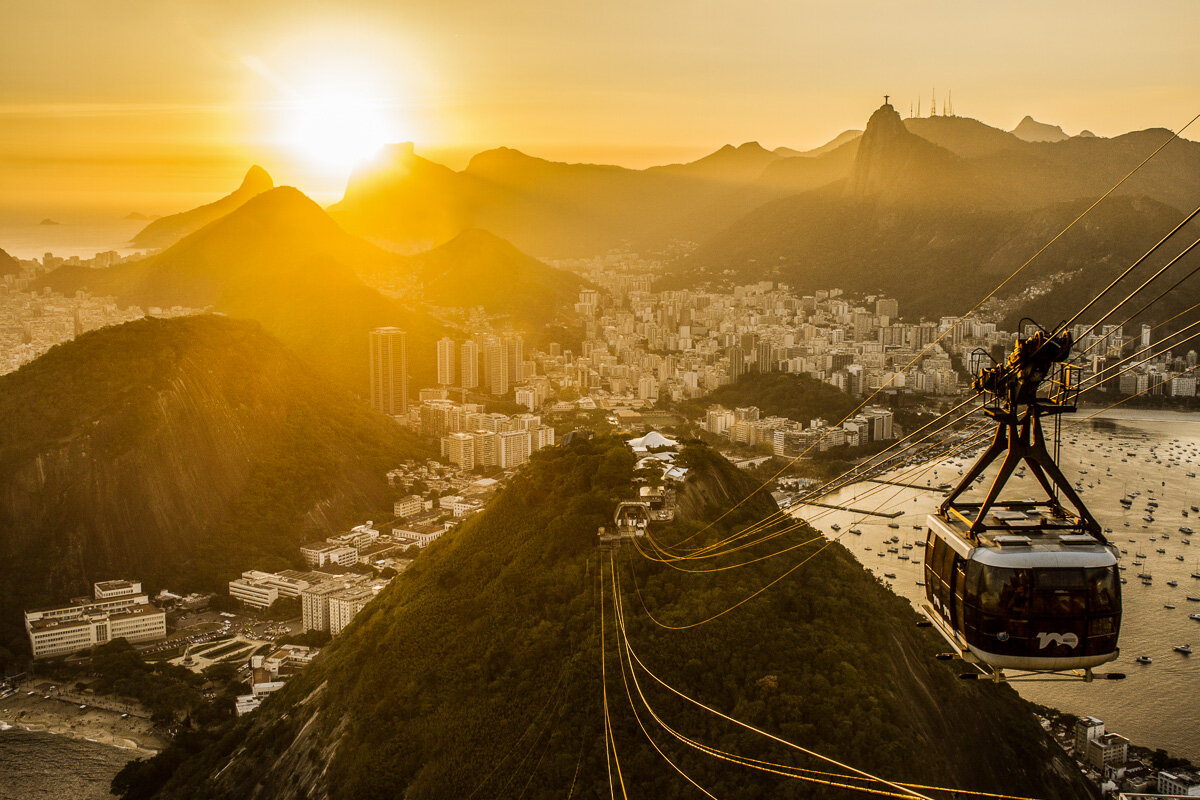
Magical Rio
Today my blog features Rio de Janeiro, my hometown (home-megacity?). Although it suffers from many political and societal problems, Rio is undeniably a beautiful, colourful, and vibrant place. The real magic of the city comes alive at night, as the sun comes down and lights the sky up with a deep orange that perfectly matches the bright city lights. Here are some of my best images of this magical time…
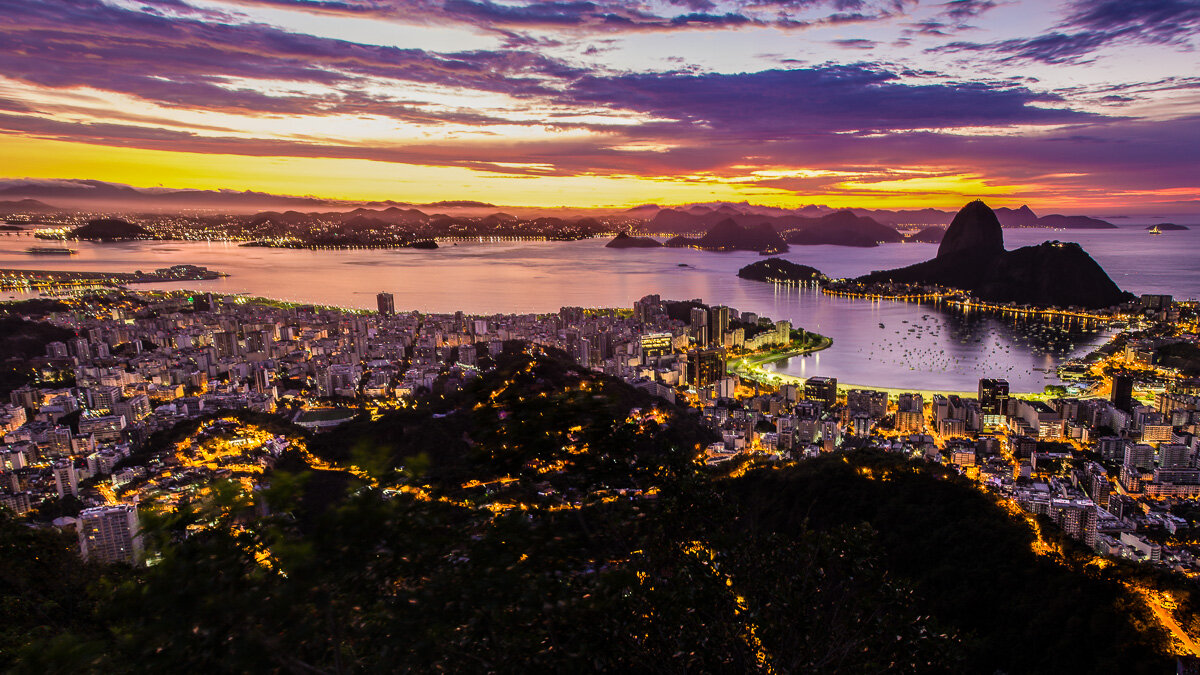
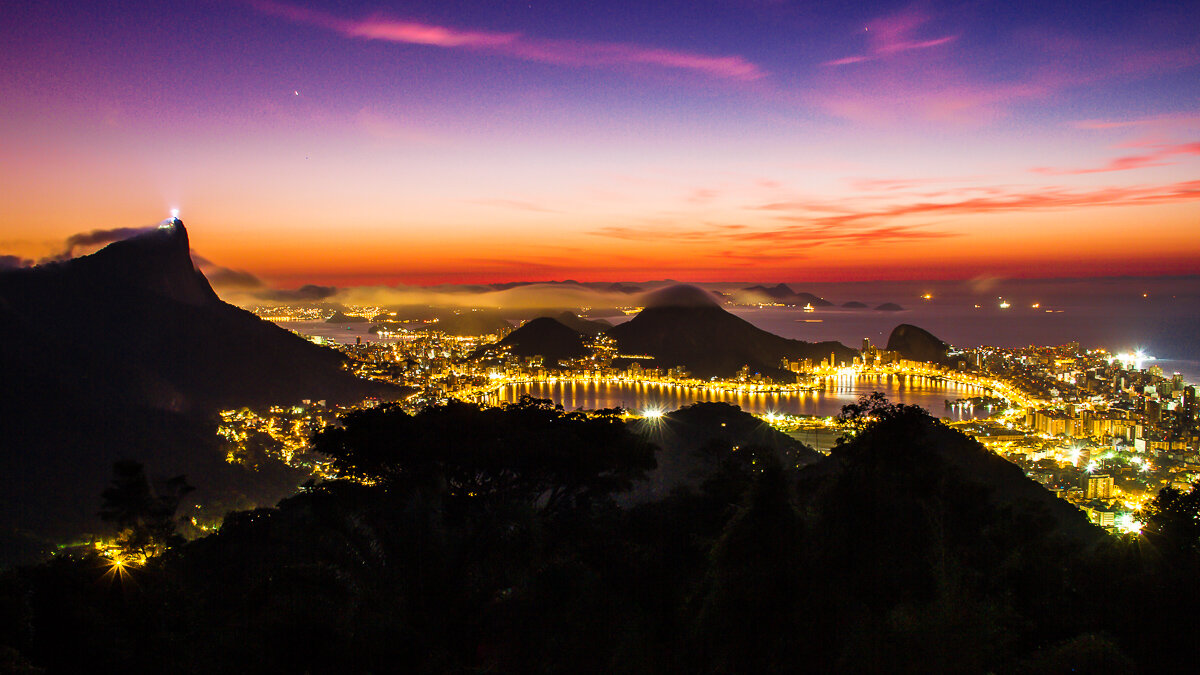
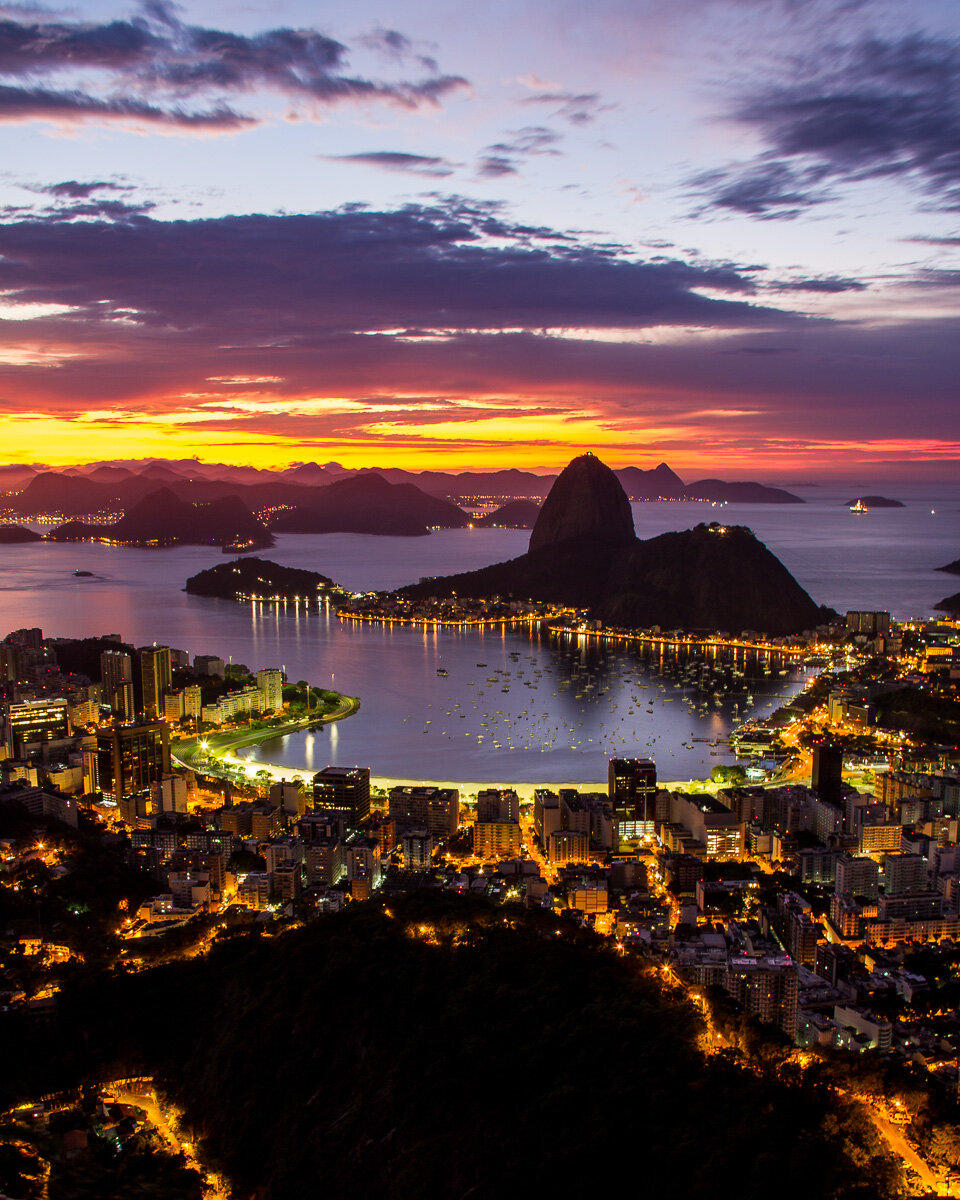
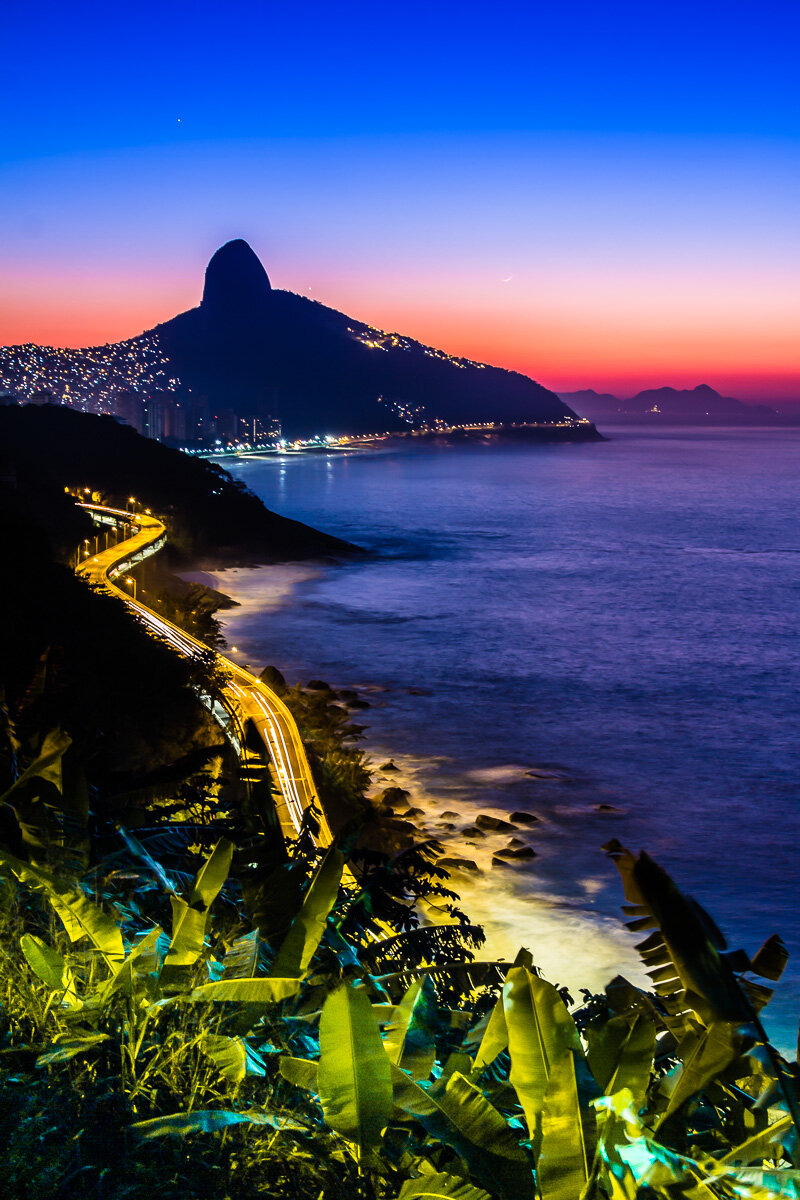


Serra da Capivara Landscapes
The fifth and final blog post in the Serra da Capivara series finally zooms out to showcase the wider beauty of the land, including panoramas of the unique rocky formations in the region. The area contains a wild and beautiful mixture of cliffs, caves, rocks, forests, and vast plains and scrubland. These images were taken in the summer, the driest and hottest time of the year, as is reflected by the dry vegetation.
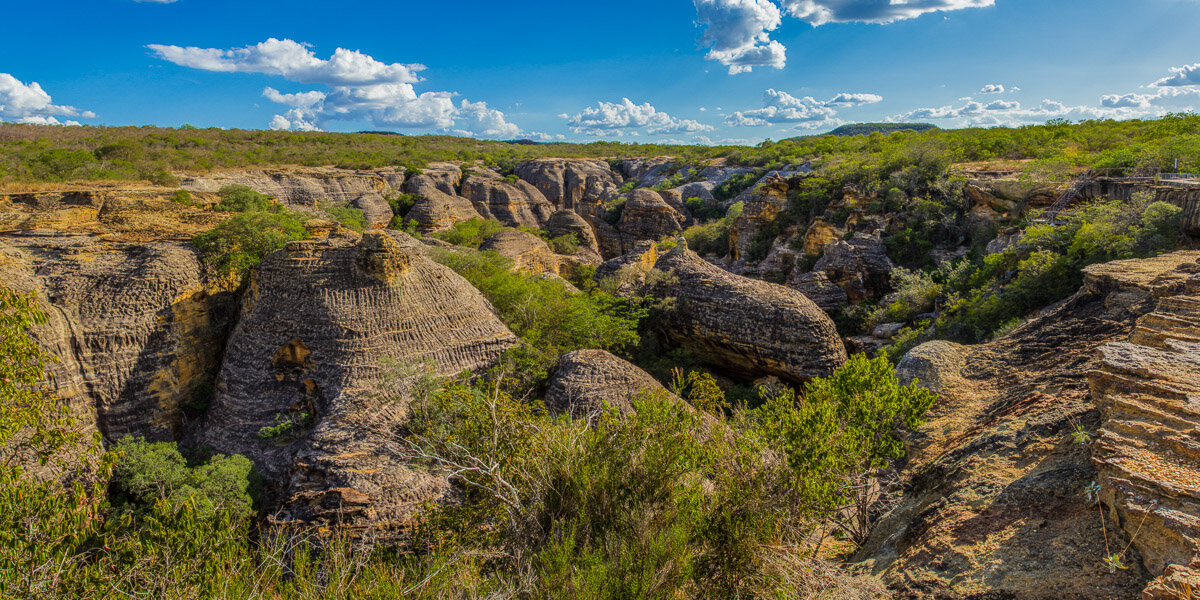

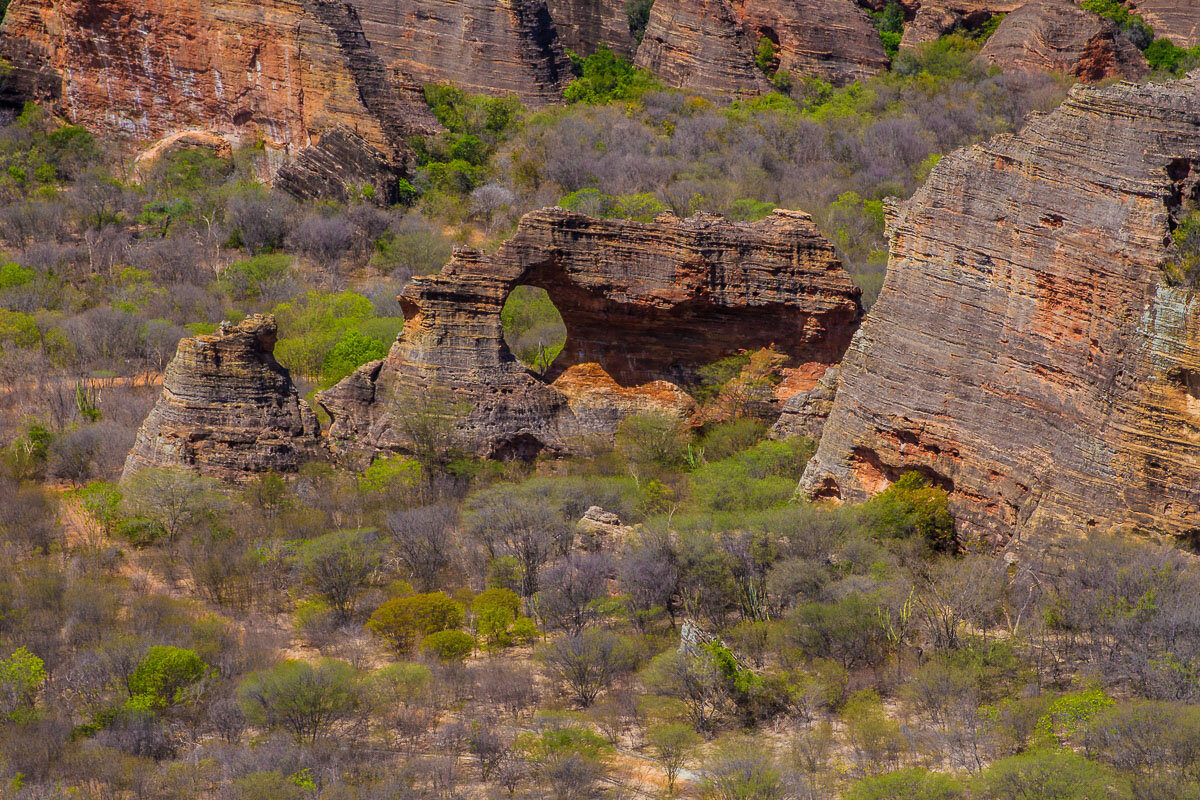


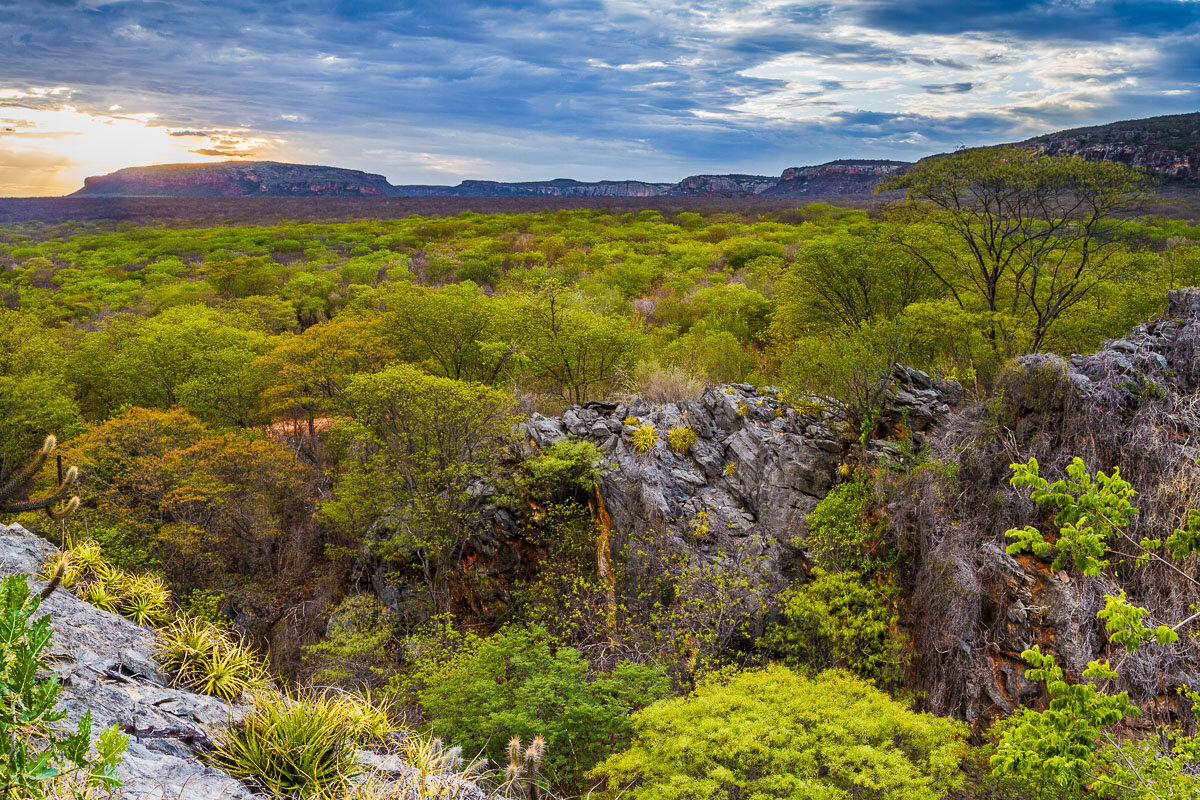


Walking in Prehistoric Caves
The caves in the Serra da Capivara National Park are truly stunning - even the ones left unpainted by our prehistoric cousins. The fourth blog post in this series features a few of the cave walks through the park, which are best enjoyed on local anthropological tours that will guide you through the history and interpretation of the cave paintings.
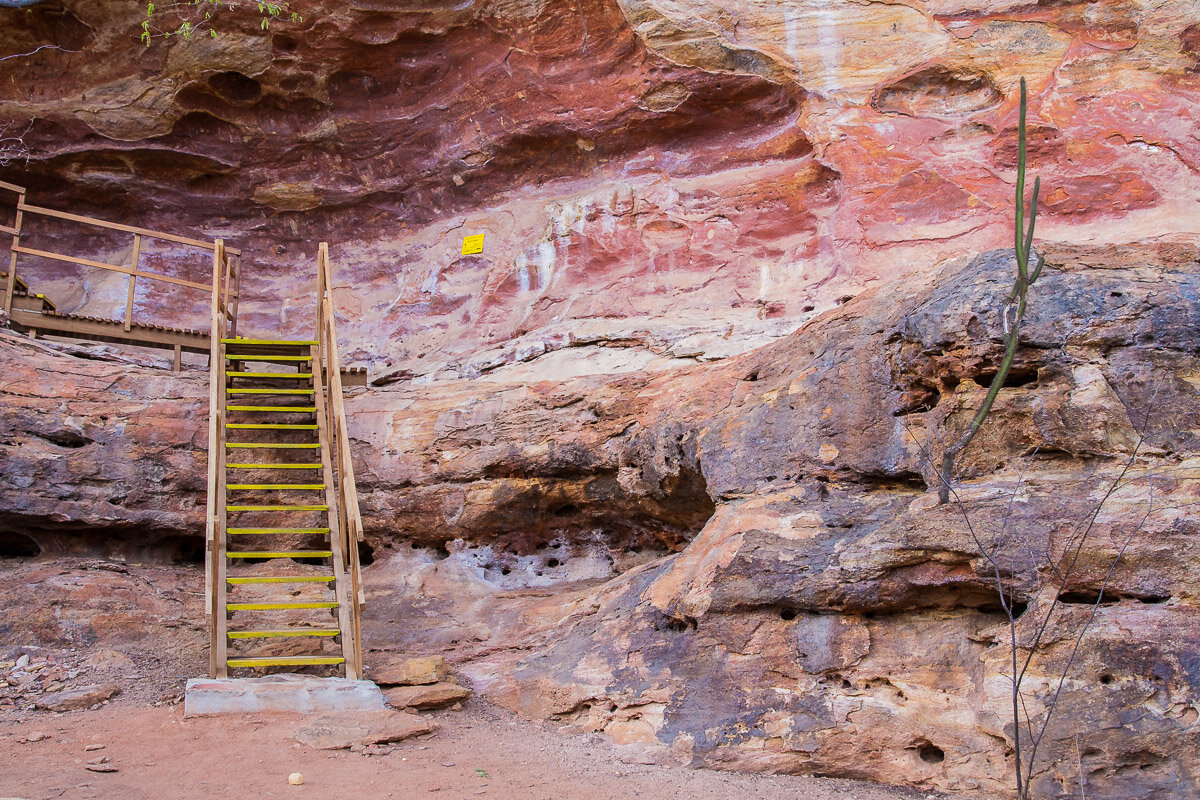


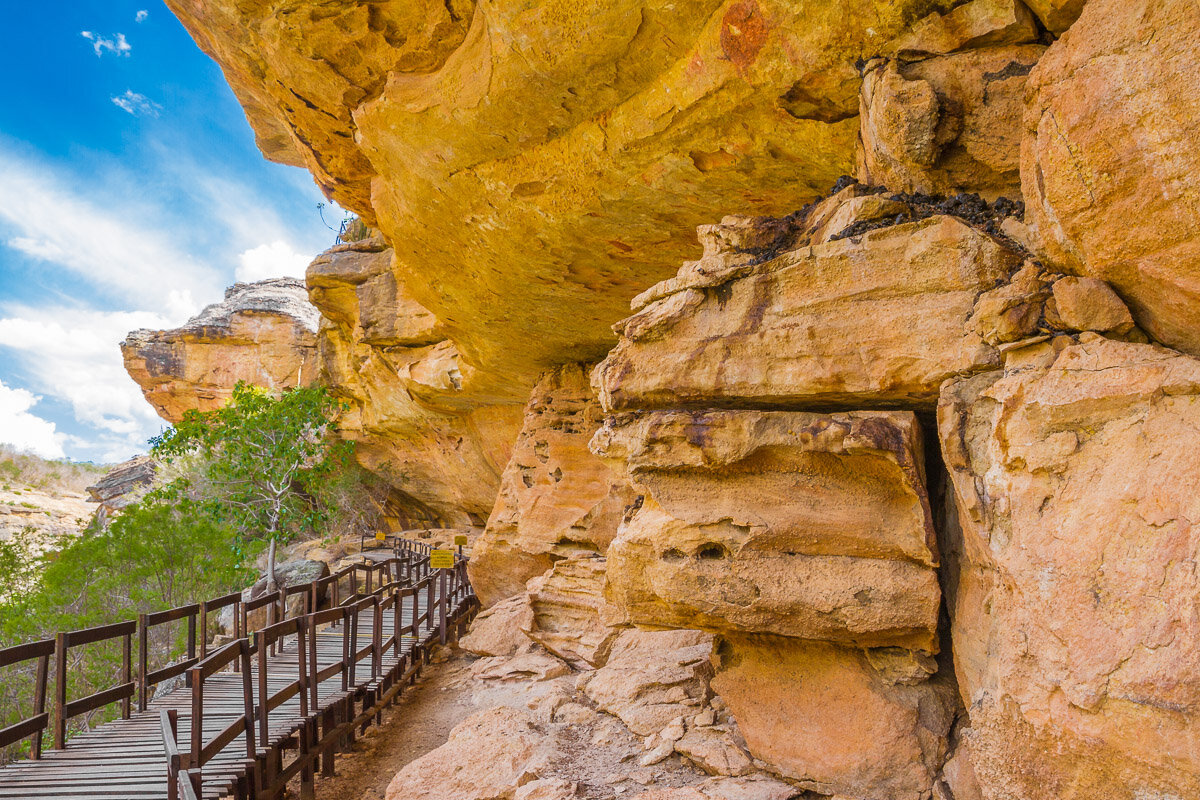
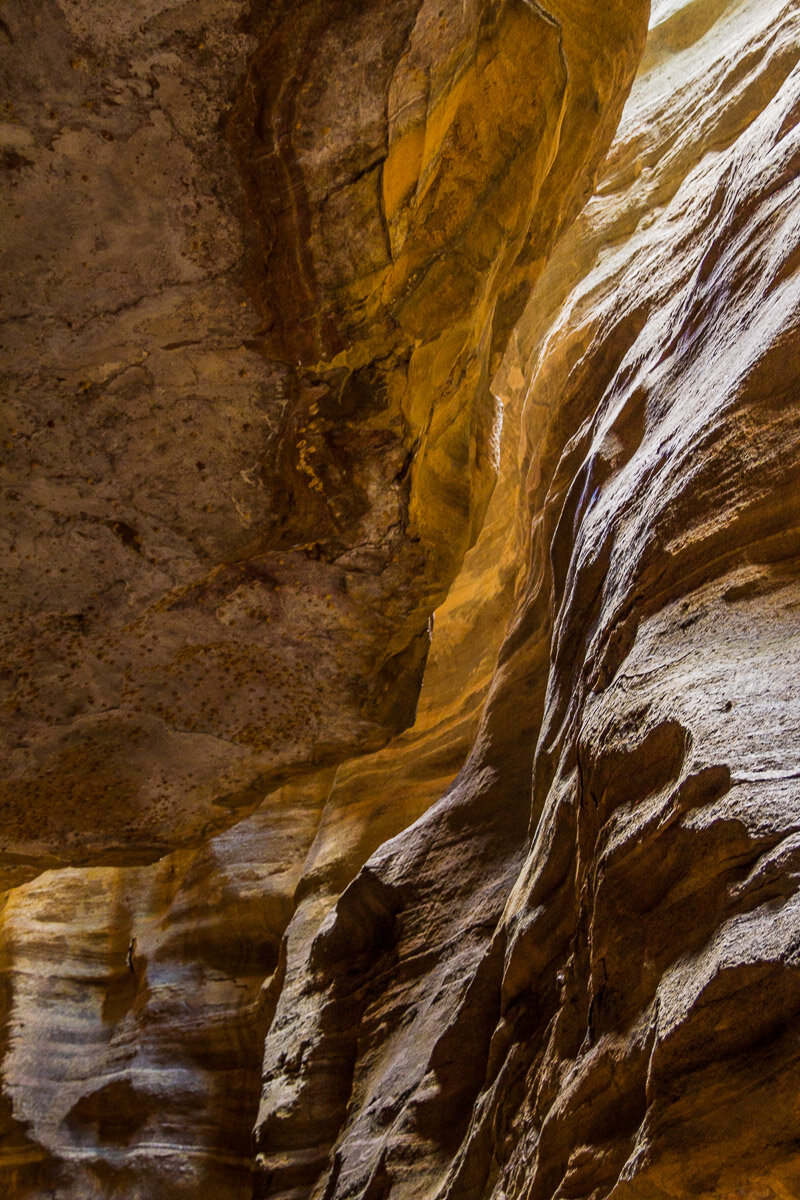
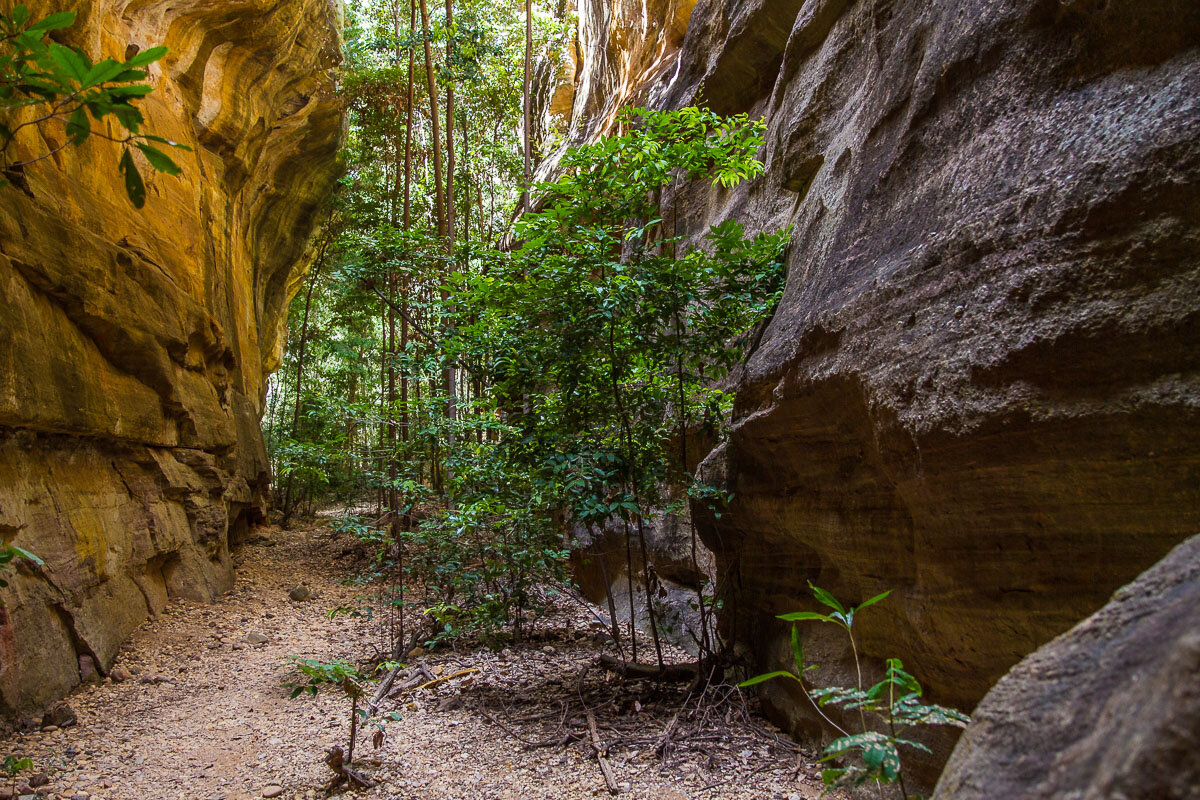

Cave Painting Designs
The third part of my Serra da Capivara blog series is a little different: these are images of the locally-produced, handcrafted ceramics inspired by the ancient cave paintings discovered in the region. These are made as souvenirs for tourists, and help support the local population that lives in the surrounding areas. Perhaps due to its location, the national park remains somewhat undiscovered, and has yet to properly tap into Brazil’s international tourism market.
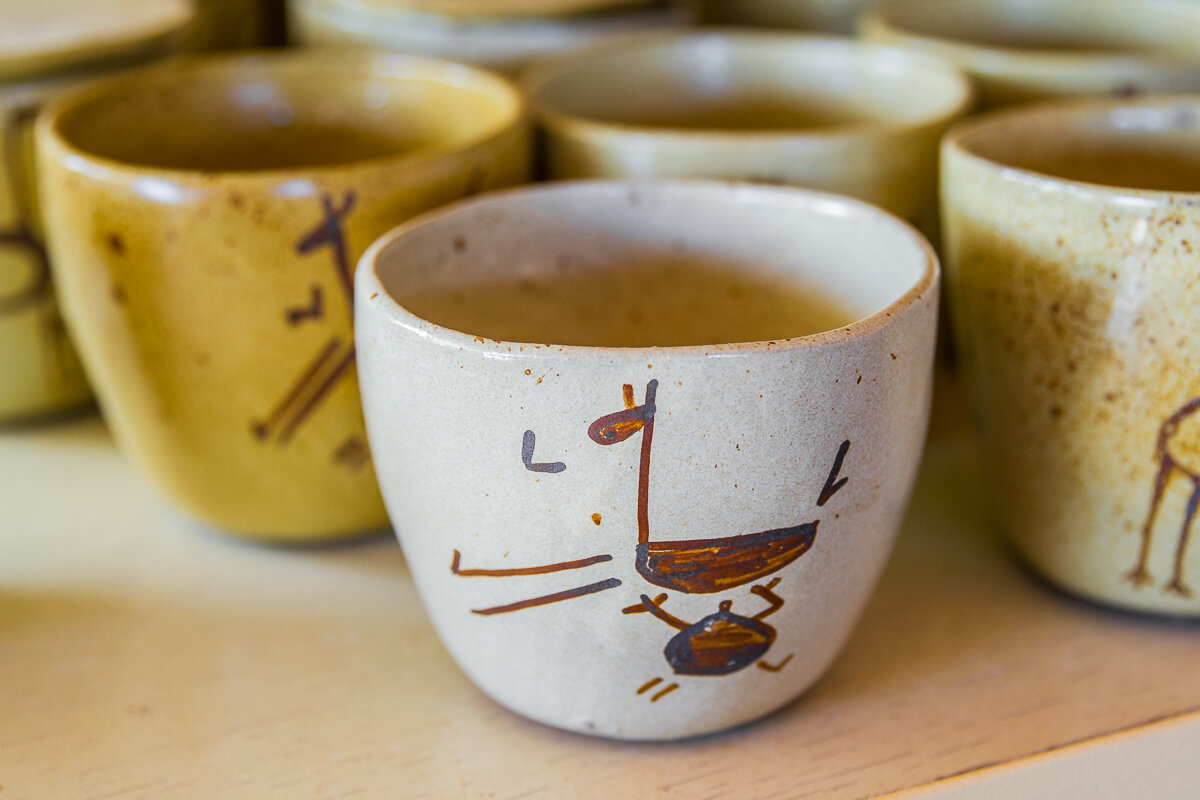

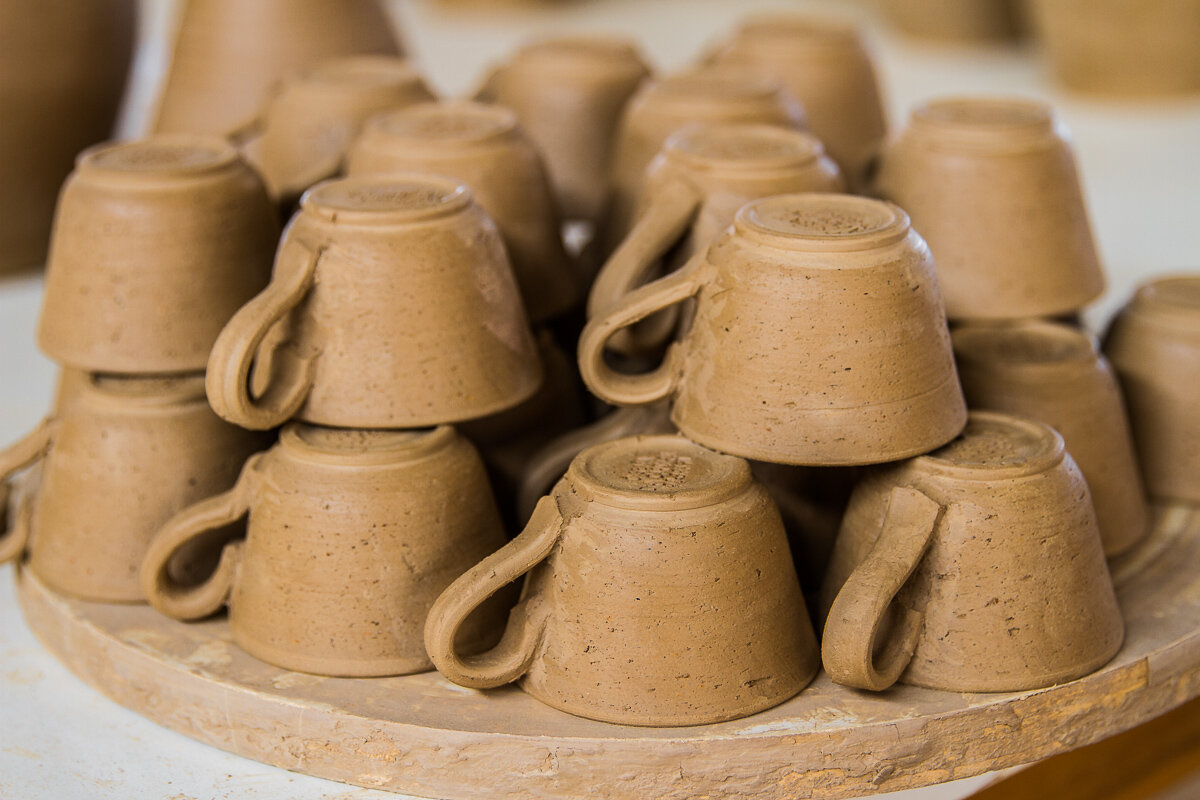

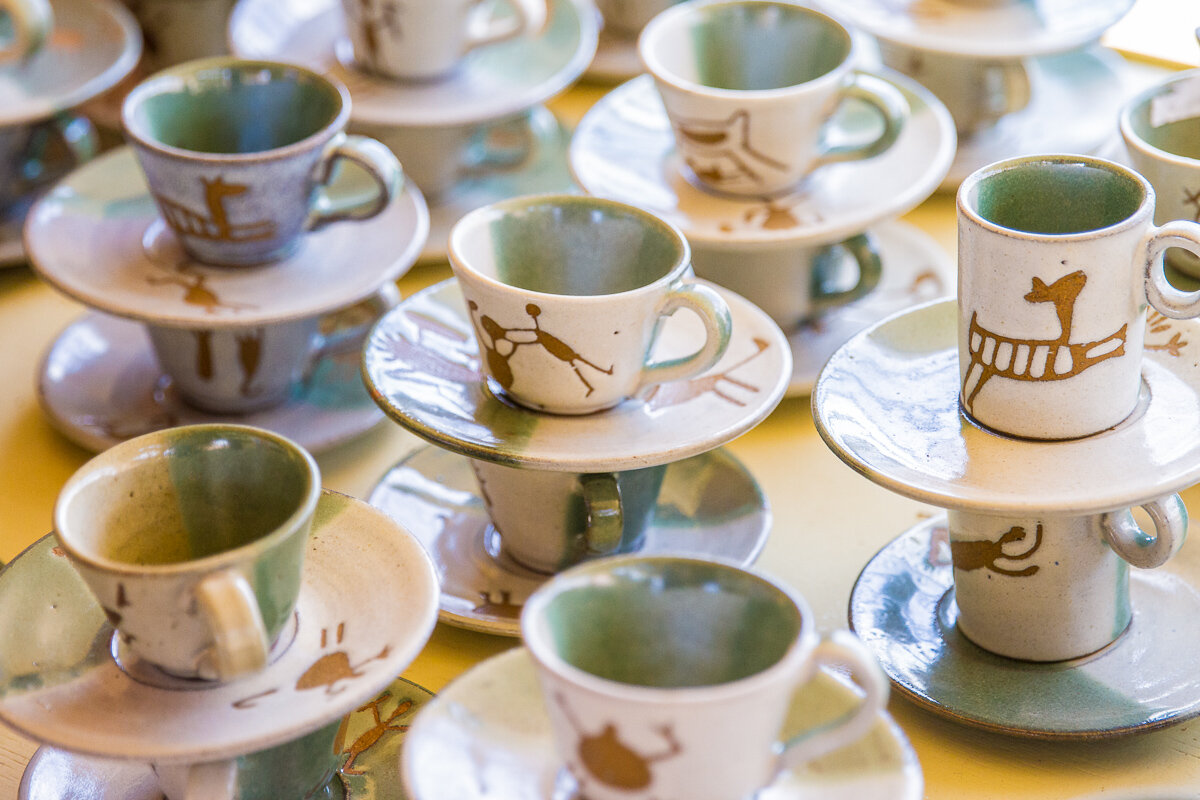


Visit to Prehistory
For the second post in my Serra da Capivara blog series, I feature some of the amazing cave paintings in its ancient caves. Some of these date back some 25,000 years, giving valuable insights into the lives of early South American communities. Intertwined with the paintings are some of mother nature’s own artworks, such as the ruffling textures of the caves’ walls.
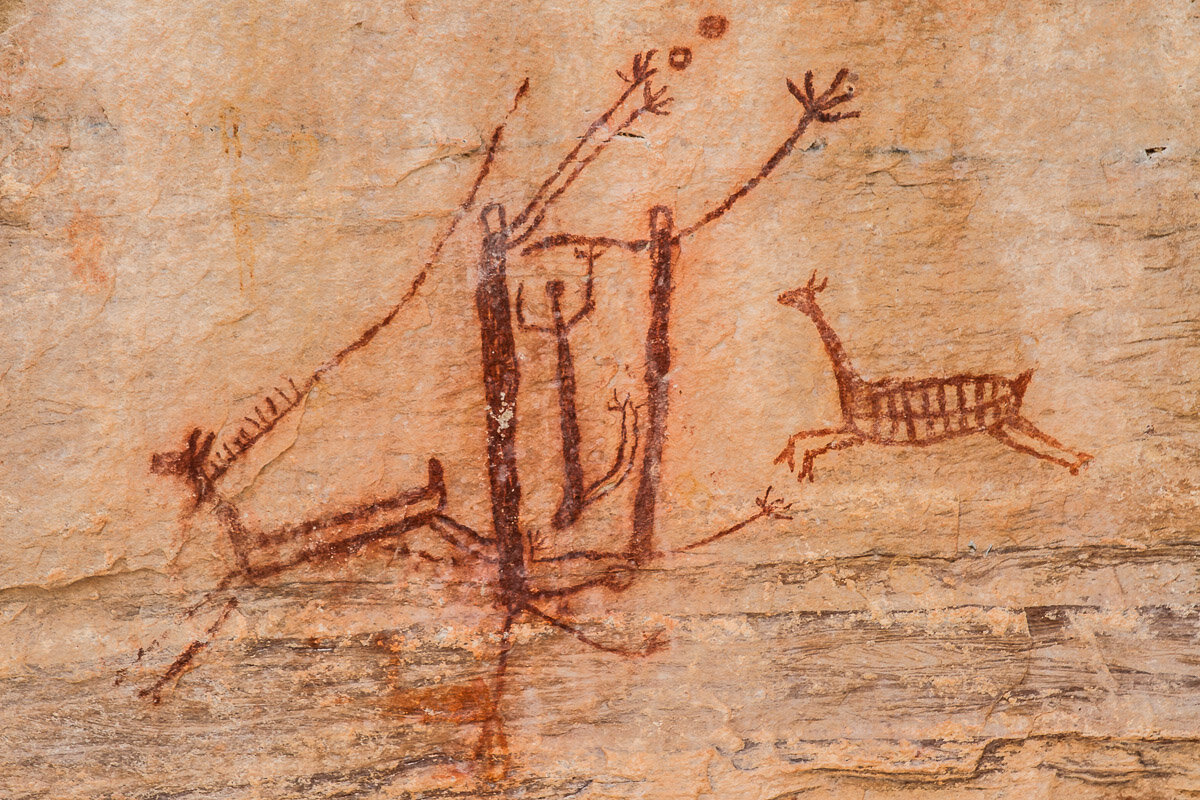
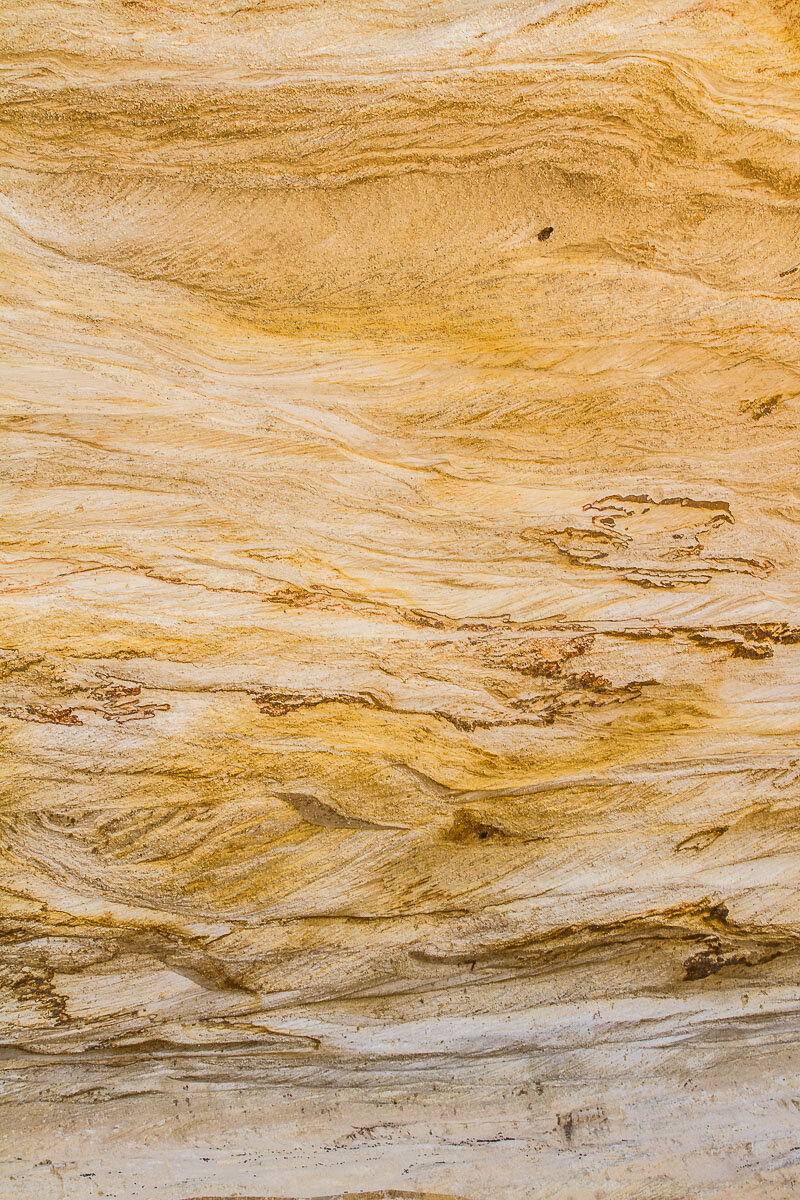


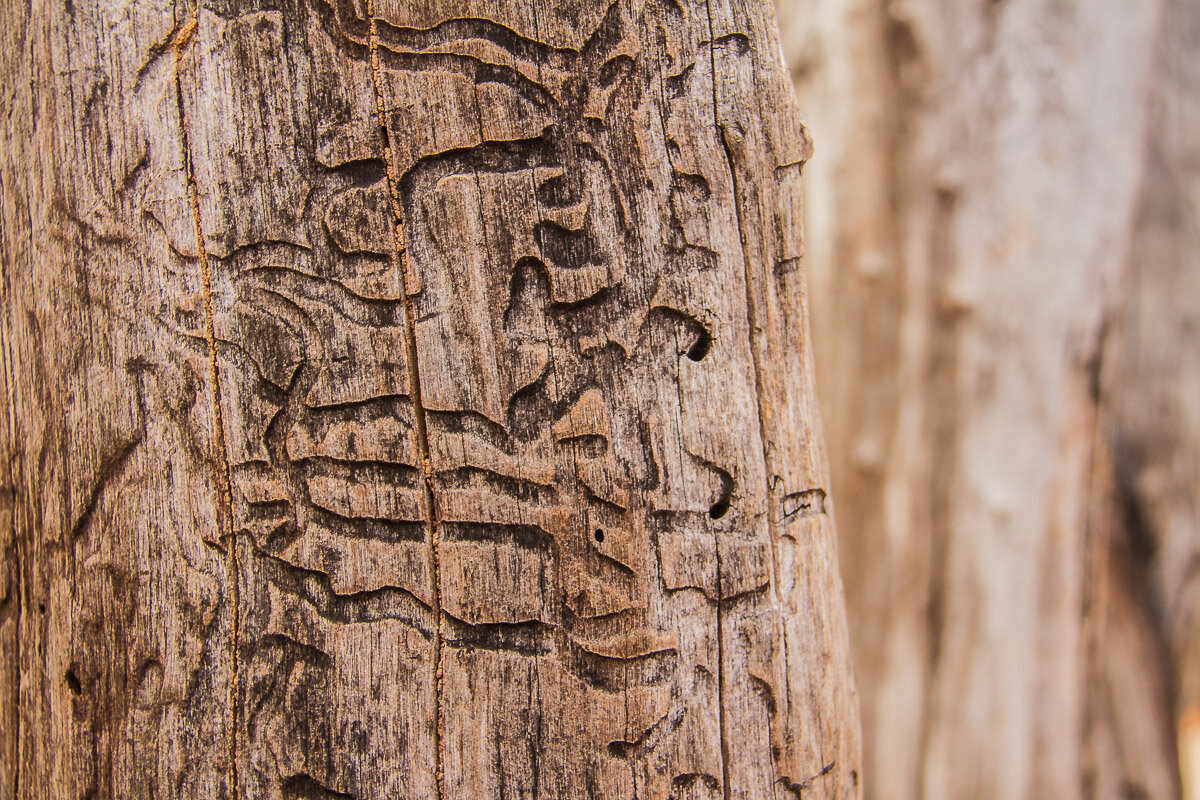


Animals of Serra da Capivara
Time for something a little different! This month, I am featuring the Serra da Capivara National Park, in the northeast of Brazil, over five weekend posts. This UNESCO World Heritage Site is of great interest to geologists, anthropologists, and animal behaviour scientists. It houses some of the oldest cave paintings in South America, and, for the animal enthusiasts among us, a tool-using population of capuchin monkeys. In this first blog post, I share some of the fauna inhabiting the park, including these clever primates. I was even lucky enough to watch them crack nuts with rocks for several minutes, and caught a couple of images of this behaviour too.

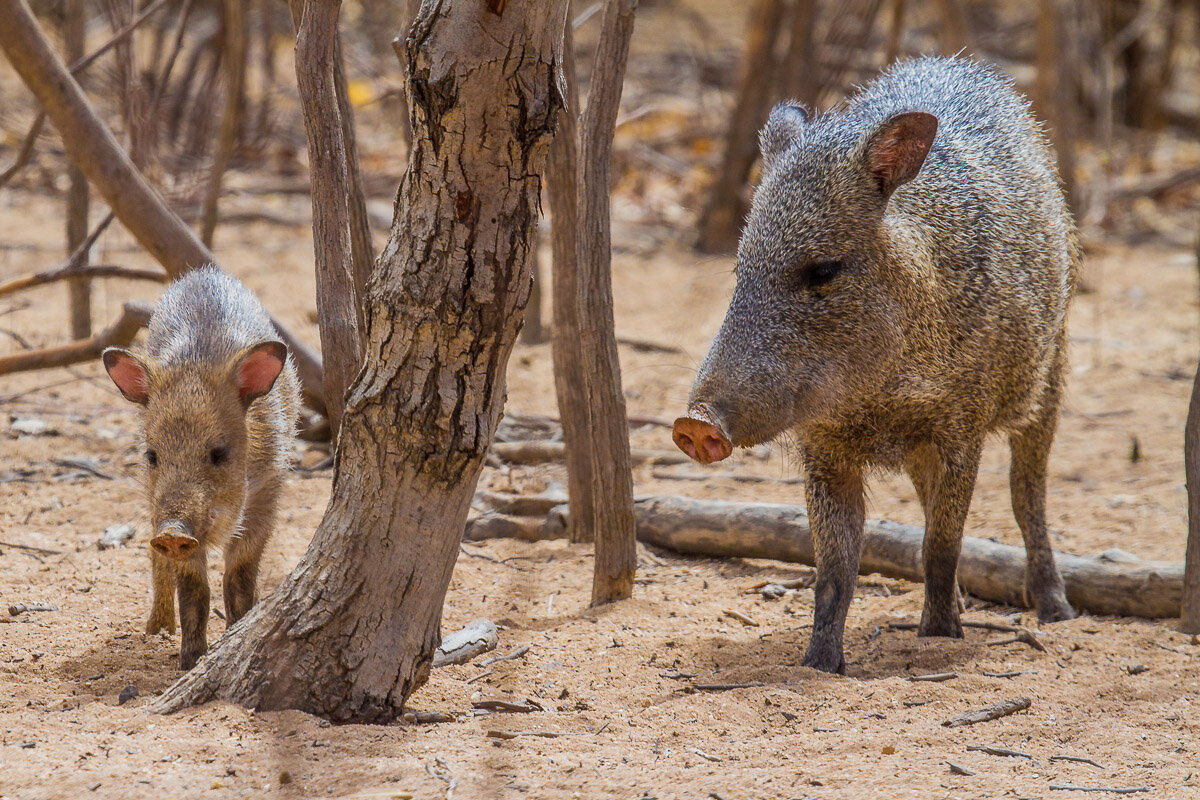
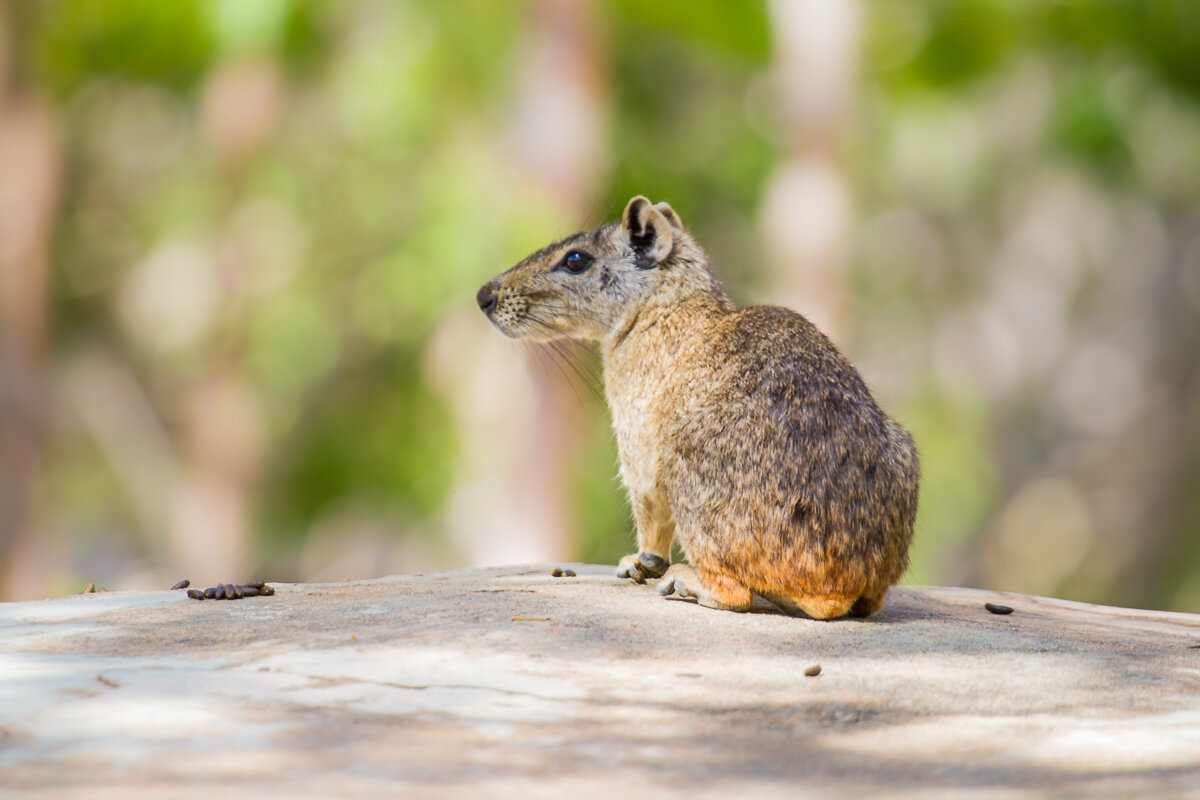
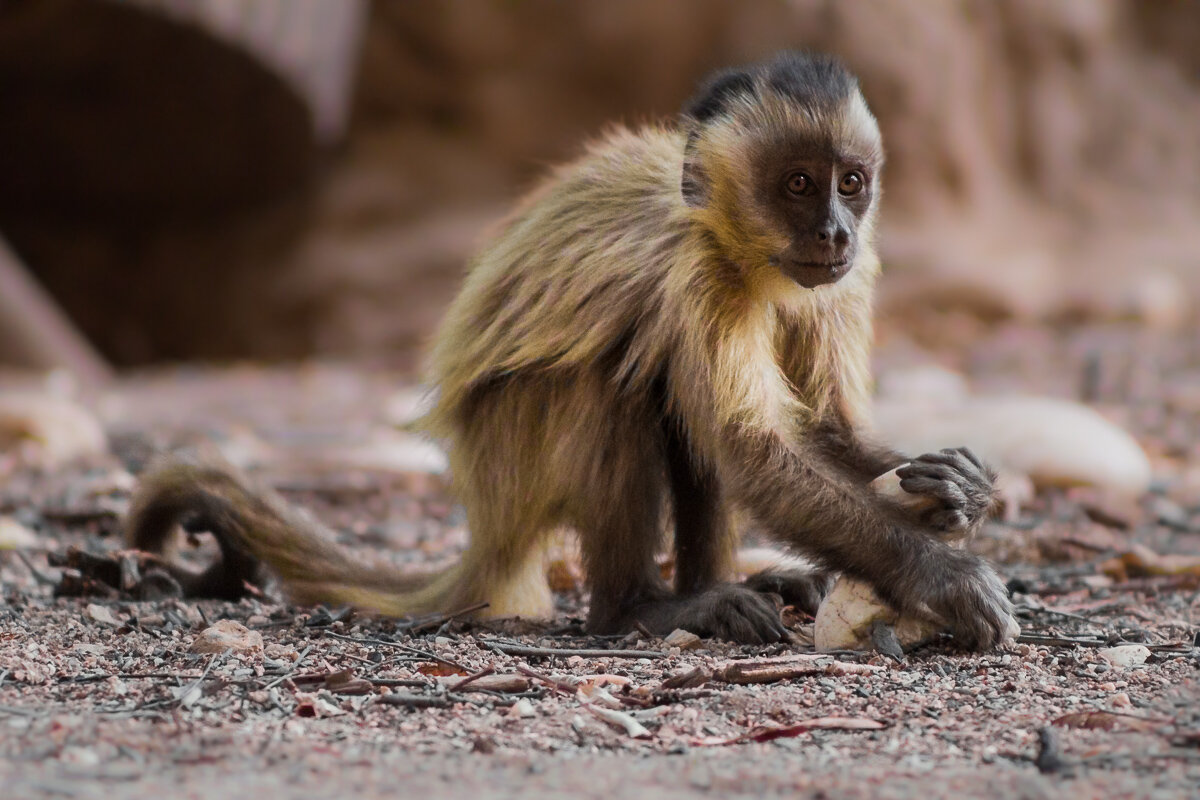
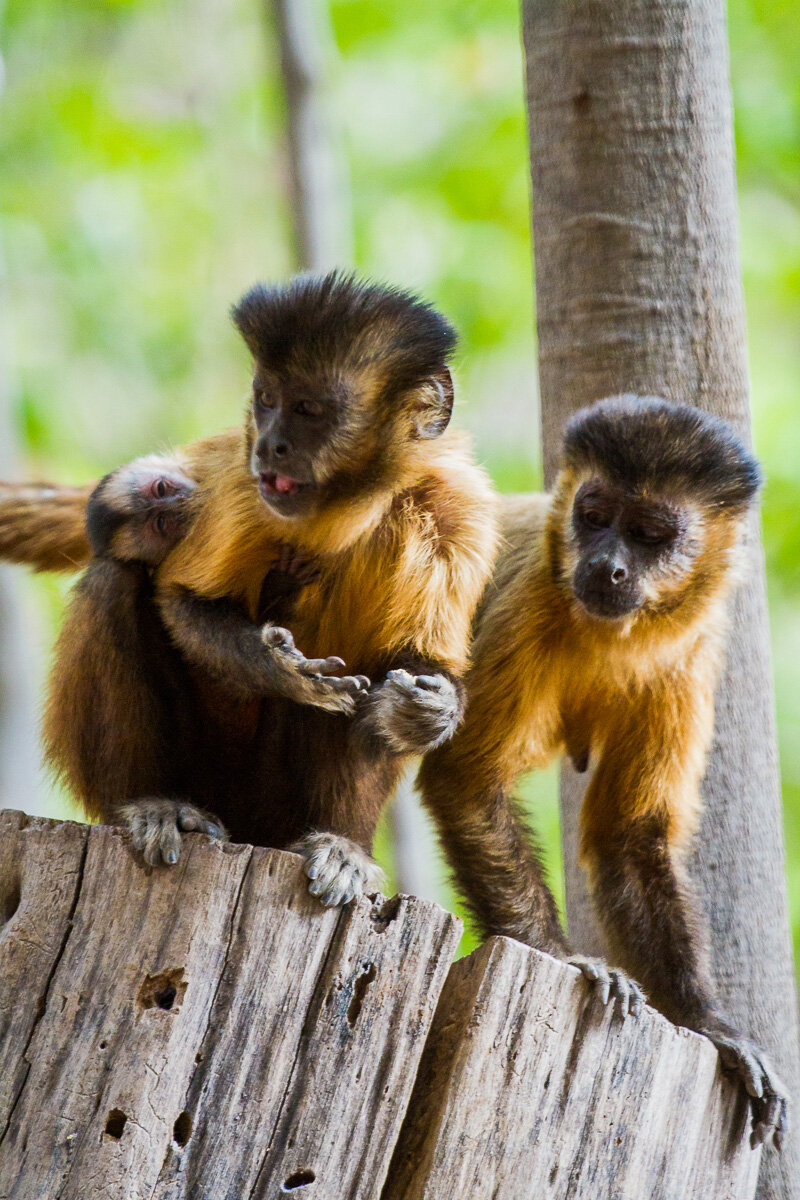
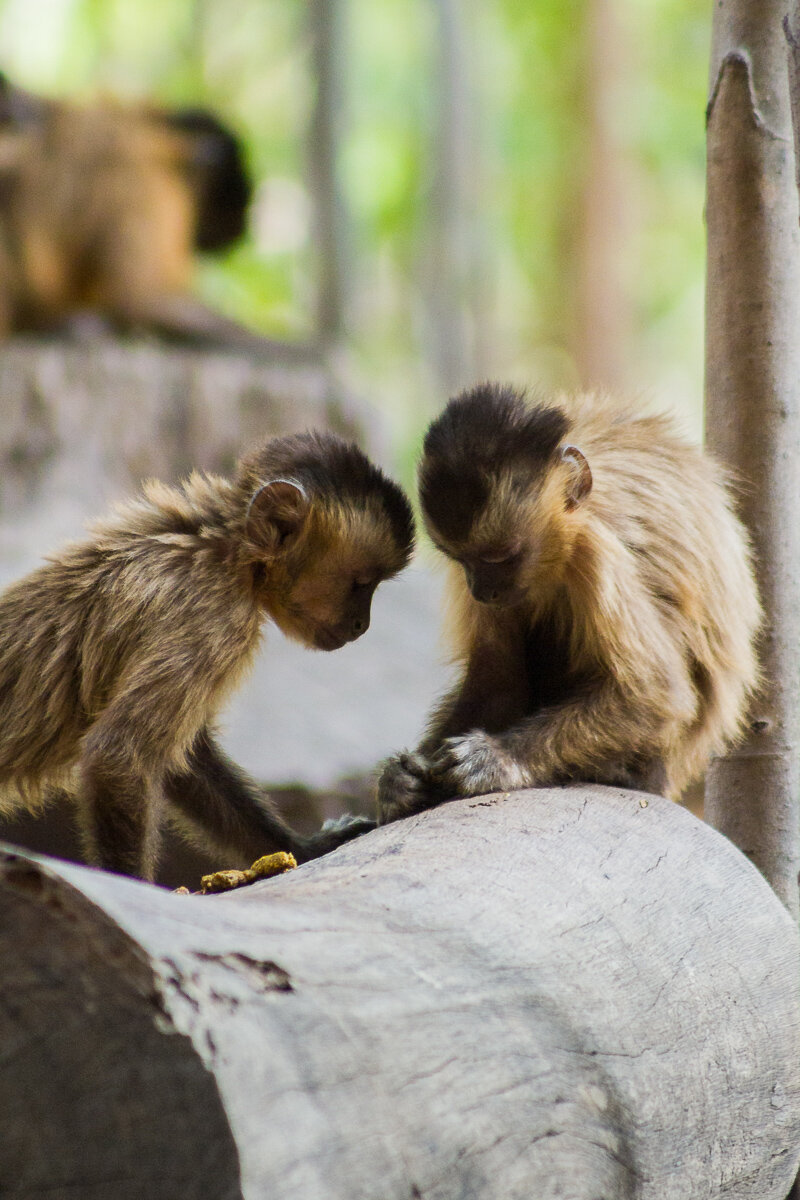

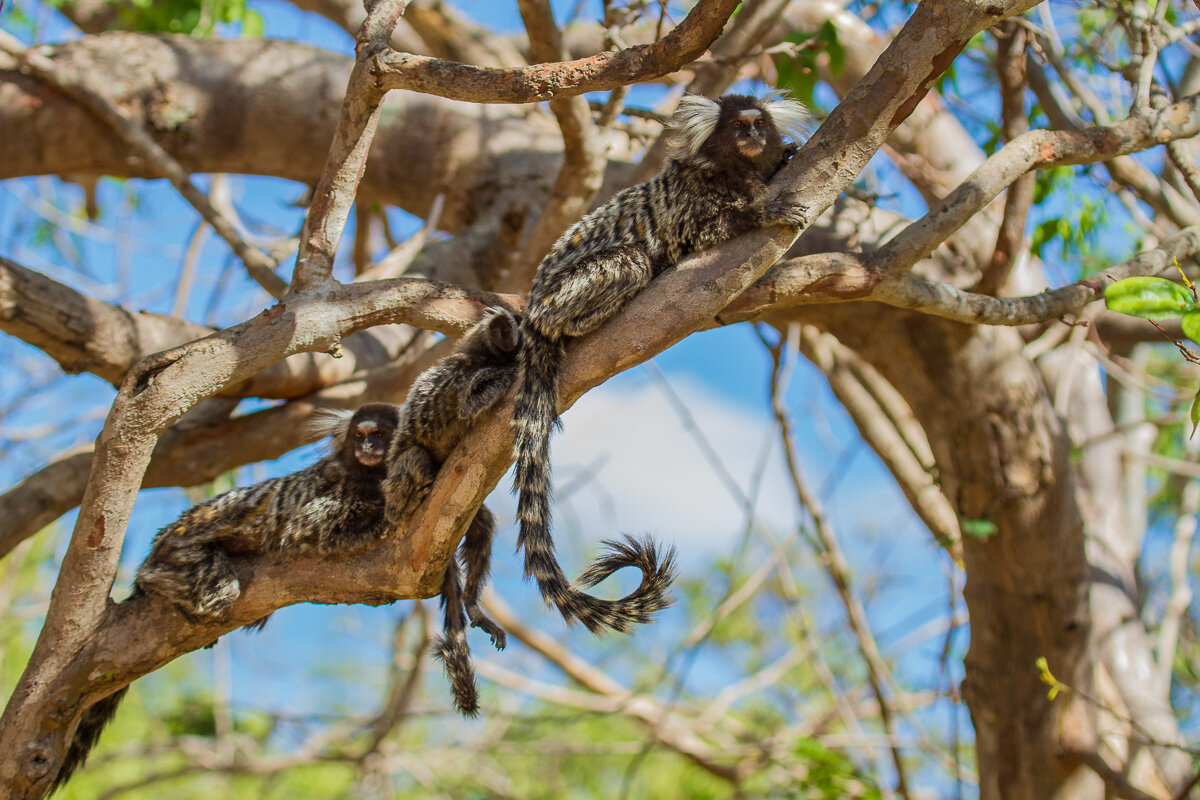
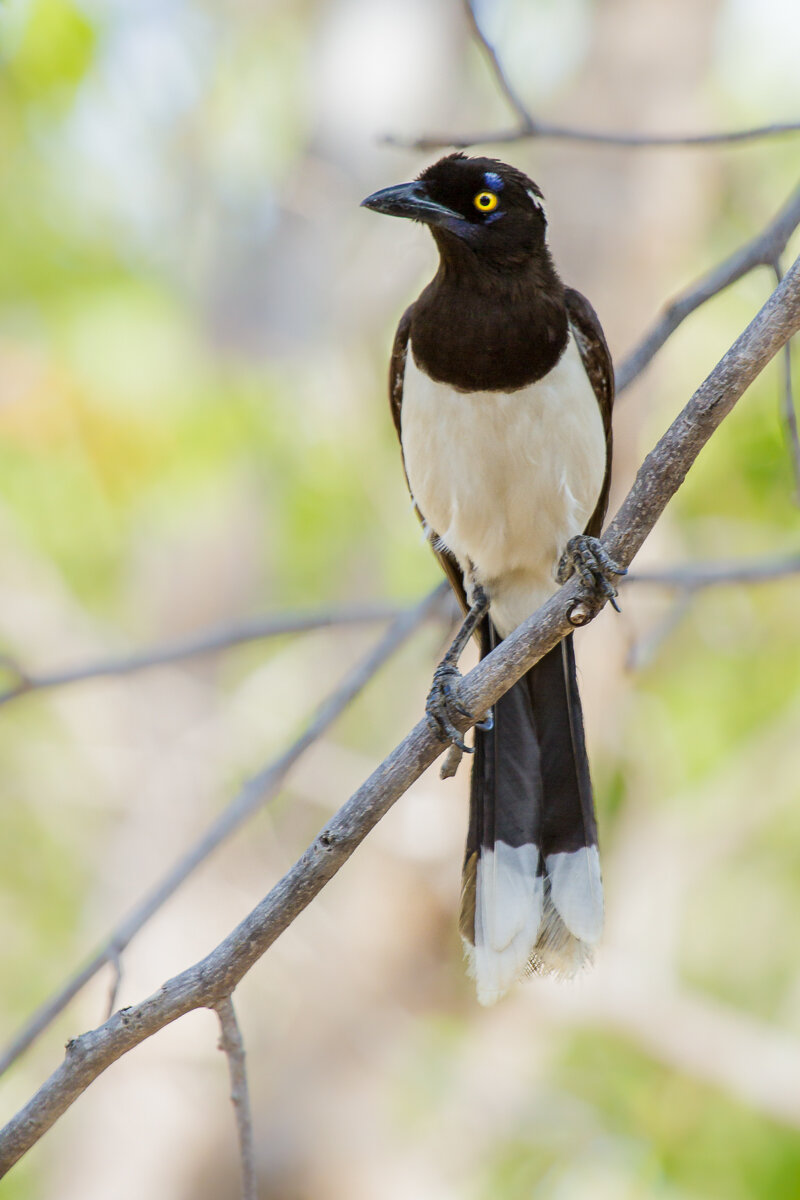
Bonito: True to its Name
The beauty of this place is in its name: Bonito is the Portuguese word for beautiful. This town is an ecotourism hub in the centre of Brazil, with no shortage of activities and sights to see. Some of my favourite attractions in Bonito are its caves, the Blue Lagoon Grotto (Gruta do Lago Azul), and its waterfalls. Although I don’t have any images to share from it, Bonito is also home to the Buraco das Araras, or Hole of Macaws, a huge sandstone sinkhole where hundreds of scarlet macaws (and other species, in smaller numbers) live all year round.
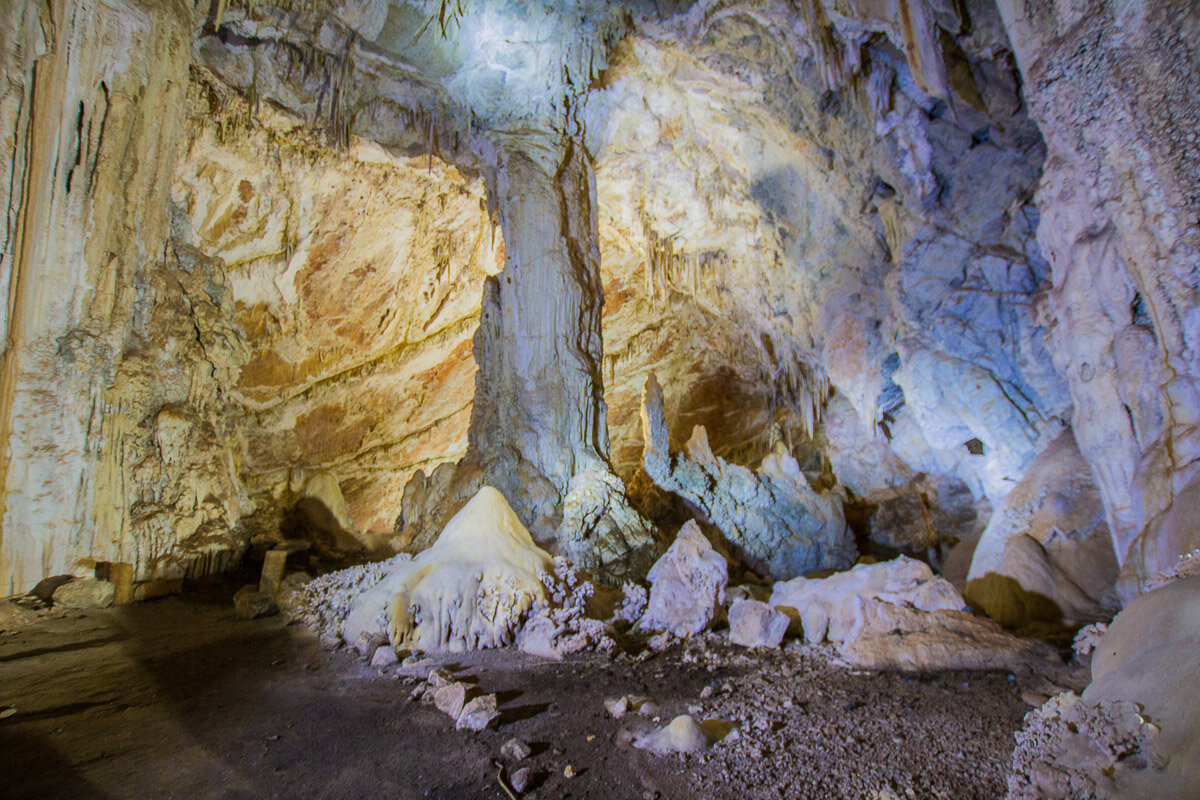
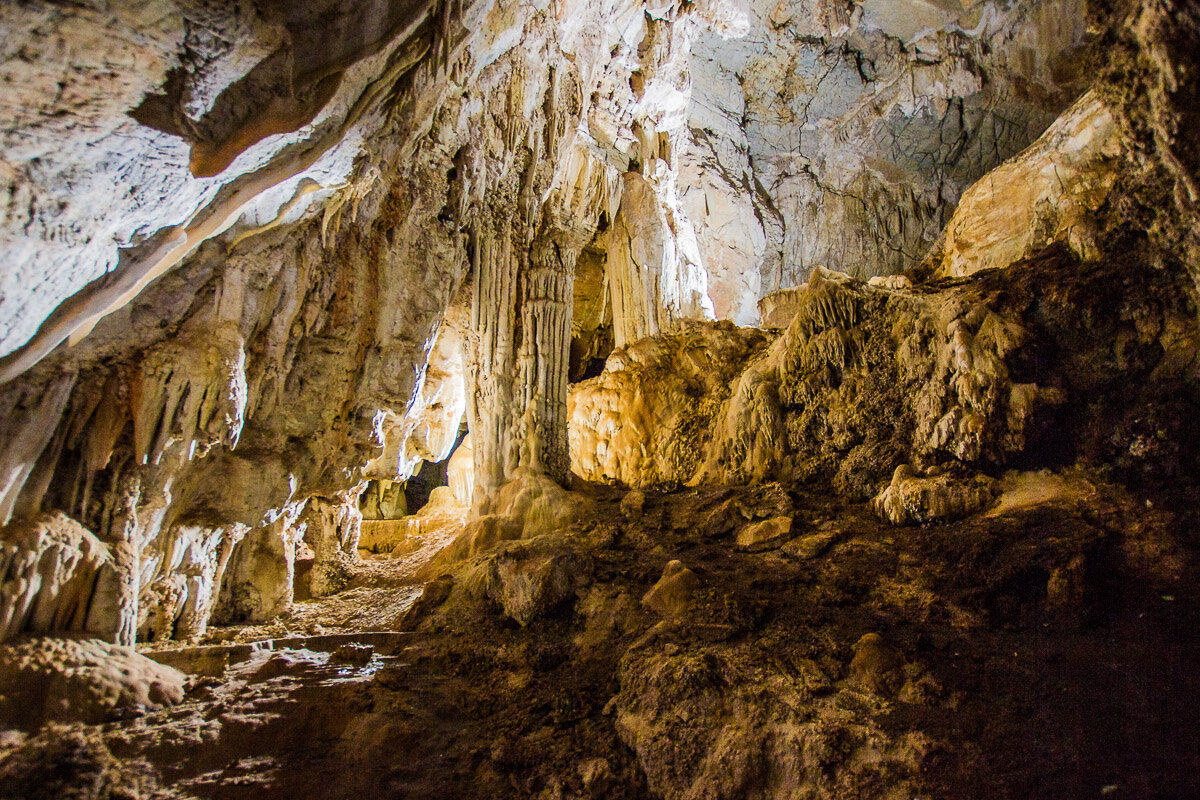
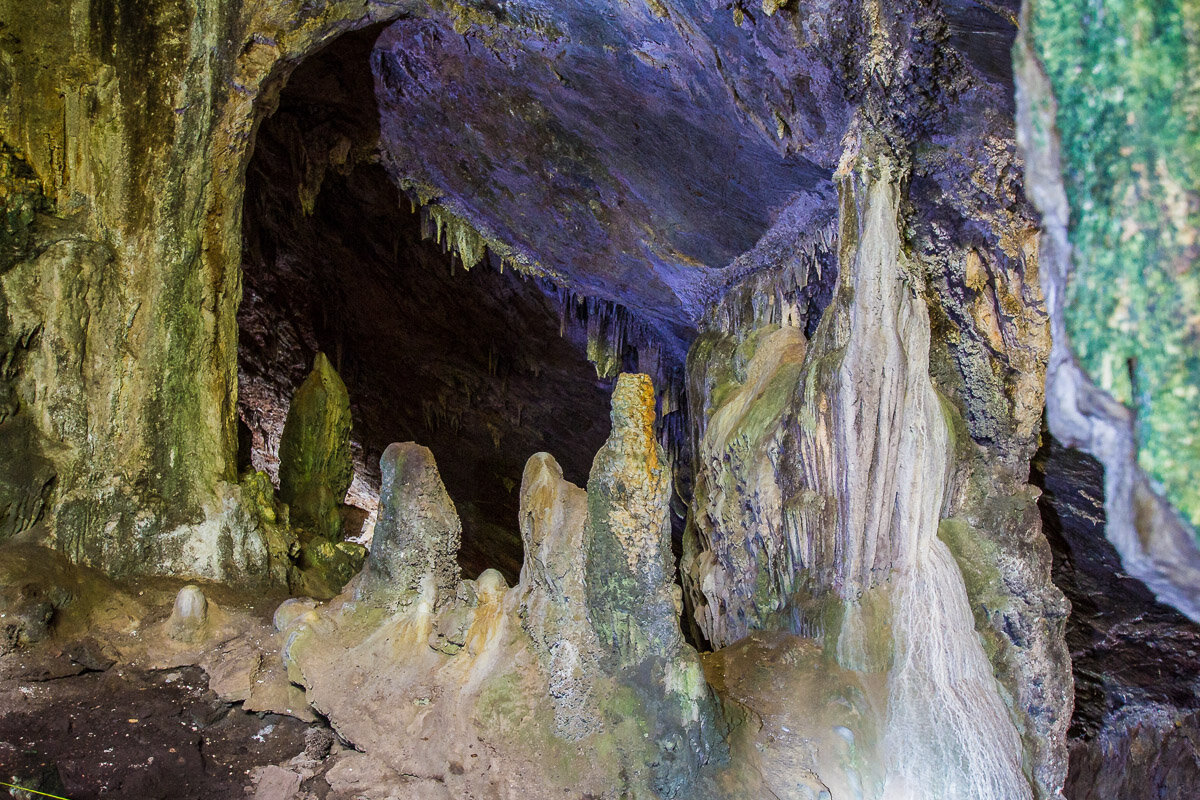
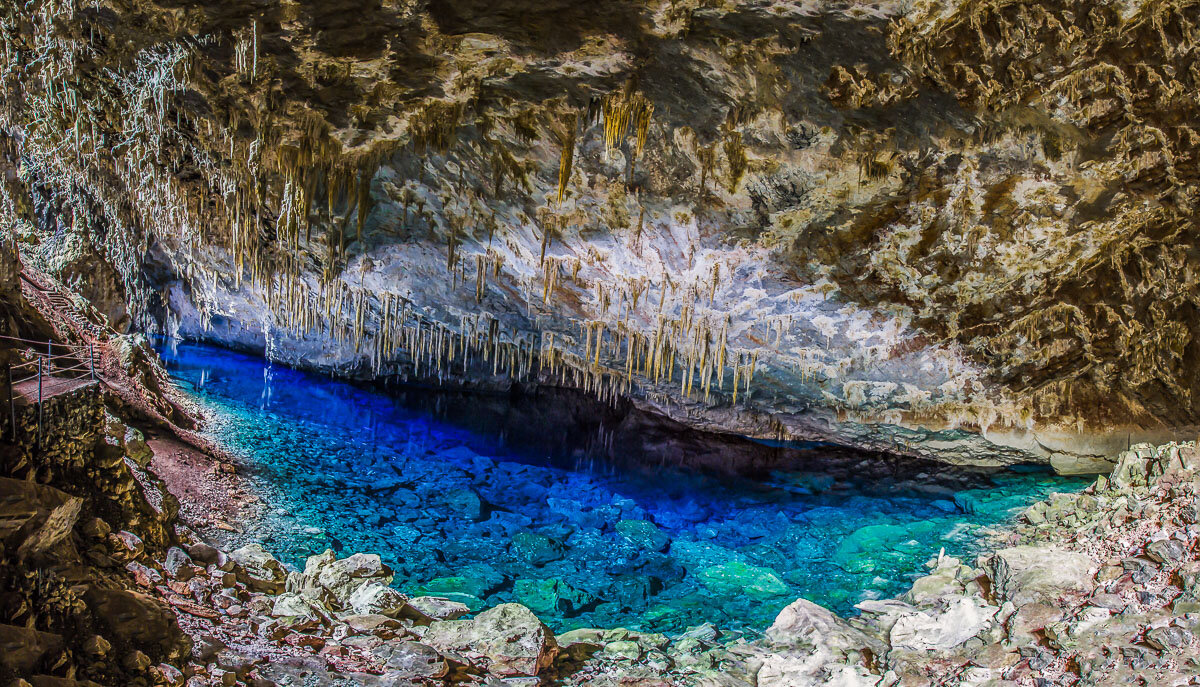
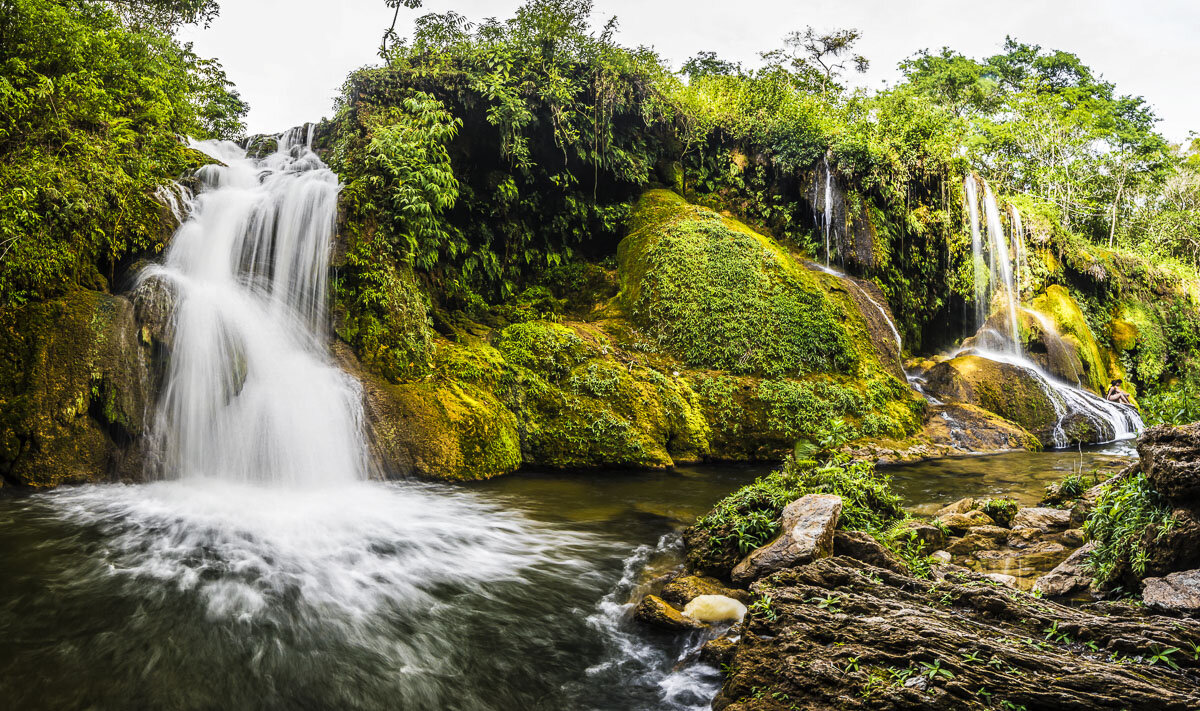
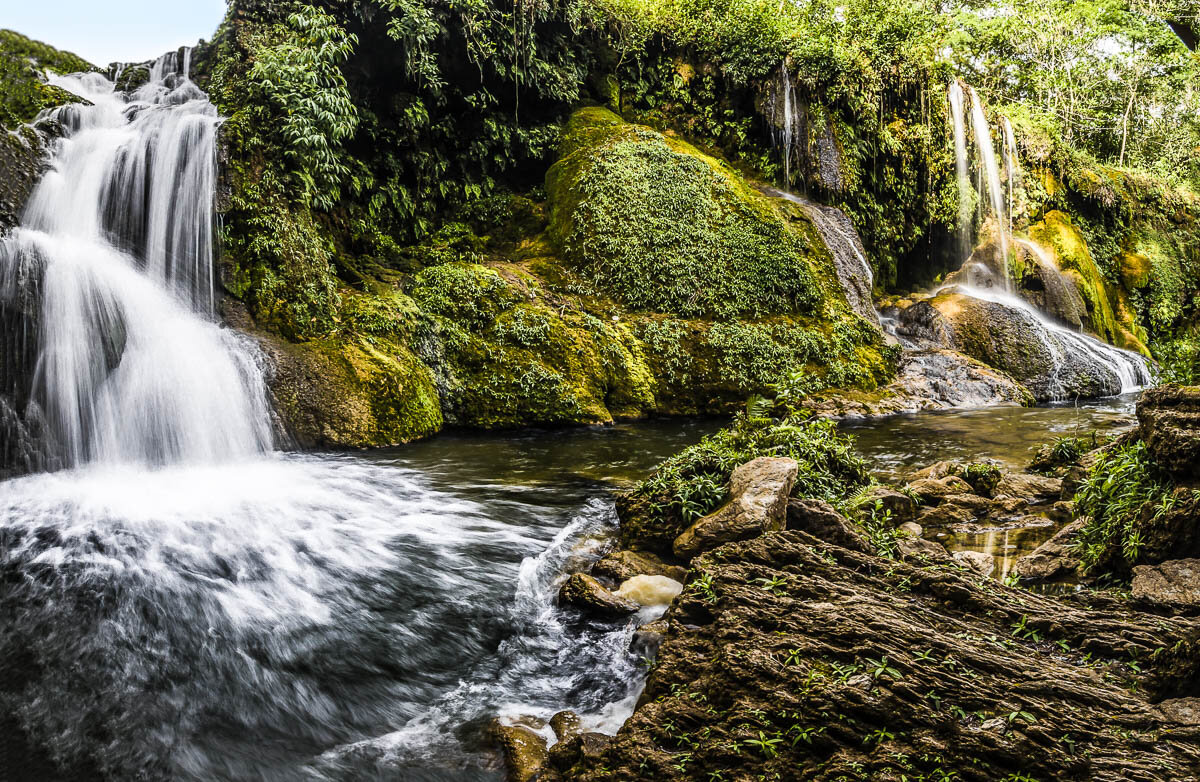
Stormy Skies and Flamingoes
One of the highlights of our travels through Chile was a day out at the Altiplanic Lagoons of the Atacama Desert. The morning began with some wildlife photography, including several species of flamingoes posing in front of an incredible mountain range. The skies were a deep, rich blue, suggesting a storm was on its way. Luckily for us, the weather held up all day long and the oncoming storm provided some truly magical light.
Atacama's Valleys
This weekend, I’m sharing a few more highlights of the Atacama Desert. First, some aerial photos of the Death Valley, followed by an incredible sunset at the Amphitheatre in the Moon Valley. The Atacama is one of the most unusual landscapes I have ever photographed, and I would have loved to spend longer there to capture more of its arresting beauty. I hope to be back there again some day soon!
Lagunas Escondidas de Baltinache and Surroundings
The blog has had to take a bit of a hiatus lately, but will be back up and running every Saturday for the next few months.
This weekend I am sharing some of my favourite images of the incredible Lagunas Escondidas de Baltinache we photographed at the Atacama Desert. I hope you enjoy these images of spectacular hidden lagoons and alien moon-like landscapes.
Laguna Colorada and Termas de Polques
Our final stops in the Eduardo Avaroa Andean Fauna National Reserve were Laguna Colorada and Termas de Polque. Both spots amazed us with their scenery and provided yet another opportunity to see wild flamingoes.
Both these locations provided excellent opportunities for flying the drone and getting some aerial images, although we did keep it quite high so we didn’t interfere with the wildlife.
Here are some images from both land and air of these two locations, our last stop in Bolivia before we headed to Chile’s Atacama Desert.
Lagoons at Eduardo Avaroa National Park
Besides the stunning wildlife, the Eduardo Avaroa Andean Fauna National Reserve is dotted with many spectacular lagoons. Following on from Laguna Hedionda, we made our way through several more, such as Laguna Charcota and Laguna Verde. Most lagoons provide the opportunity to spot flamingoes, as well as other local wildlife.
The Best of Bolivian Fauna
The Eduardo Abaroa Andean Fauna National Reserve provided me with a unique opportunity to photograph some of Bolivia’s wildlife. Besides flamingoes (also featured on this blog post), I saw vizcachas, vicuñas and culpeo (or Andean fox). I’ll let the images speak for themselves…
More Around Uyuni
When thinking about Uyuni, the first picture that comes to mind is of the white salt flats stretching to the horizon. However, there are other incredible landscapes in this extremely arid part of Bolivia. One of them is the fantastic Train Cemetery. A couple hours’ drive away lies San Cristóbal, a traditional village on the ride to the Andes from the salt flats.
Below are some of my favourite photographs from these two locations (and see this for tips on how to best explore Uyuni and its surroundings as a photographer).
A Sunset to Remember
Although I expected a much more dramatic sunset, our evening in Uyuni Salt Flats in Bolivia was nevertheless surprisingly pretty. The low clouds resulted in a pastel coloured sunset unlike anything I had ever seen before. The mirrored effect on the ground caused by a thin layer of rain added to the surreal landscape of the salt flats.
I only wish I had spent more time there to capture a variety of sunsets, as the merged land and sky makes for some truly spectacular scenery. Here are some of my favourite images from that evening.
If you are interested in travelling to the Bolivian salt flats as a photographer, make sure you check out our guide on Two Dusty Lenses to help you plan your trip.
Rain on the Salt Flats
Luckily, I experienced the best of both worlds at the Uyuni Salt Flats. Not only did I capture images of the crisp white landscape on a sunny day (see them here), but shortly after it began to rain. These salt flats are known around the world for their beauty in the rain - the water creates a thin layer over the salts, resulting in an endless mirror all the way to the horizon. Here are some of my favourite photographs as the grey clouds rolled in and covered the landscape in a fantastic mirror glaze.
To learn more about when to visit Uyuni for such images, head over to the complete travel guide for photographers at Two Dusty Lenses.
An Expanse of White
Following on from La Paz, the Bolivian adventure followed onto the Uyuni Salt Flats. We had sunny and dry weather when we arrived, resulting in an otherwordly infinite white landscape as far as the eye could see in every direction.
This was an incredible destination and if you’d like to learn more and plan your own trip to Uyuni, I recommend that you check out our travel guide for photographers over at Two Dusty Lenses, which reveals all the best tips for an unforgettable trip to Bolivia.
But before you head on over and start booking your flights, I hope you enjoy the photo selection below!
Walking on the Moon
I recently had a chance to explore Bolivia for the very first time. The first stop of the trip was the capital of La Paz. In between several rainy days, we squeezed in a lucky visit to Valle de la Luna under a blue sky. This was a great place to explore a completely alien landscape from both the ground and from the air, with aerial photography.
Here are some of my favourite images from this location. I will be posting more selected photographs from the rest of the trip - including the famous Uyuni Salt Flats and the Atacama Desert - over the next few weeks, so stay tuned for more!



